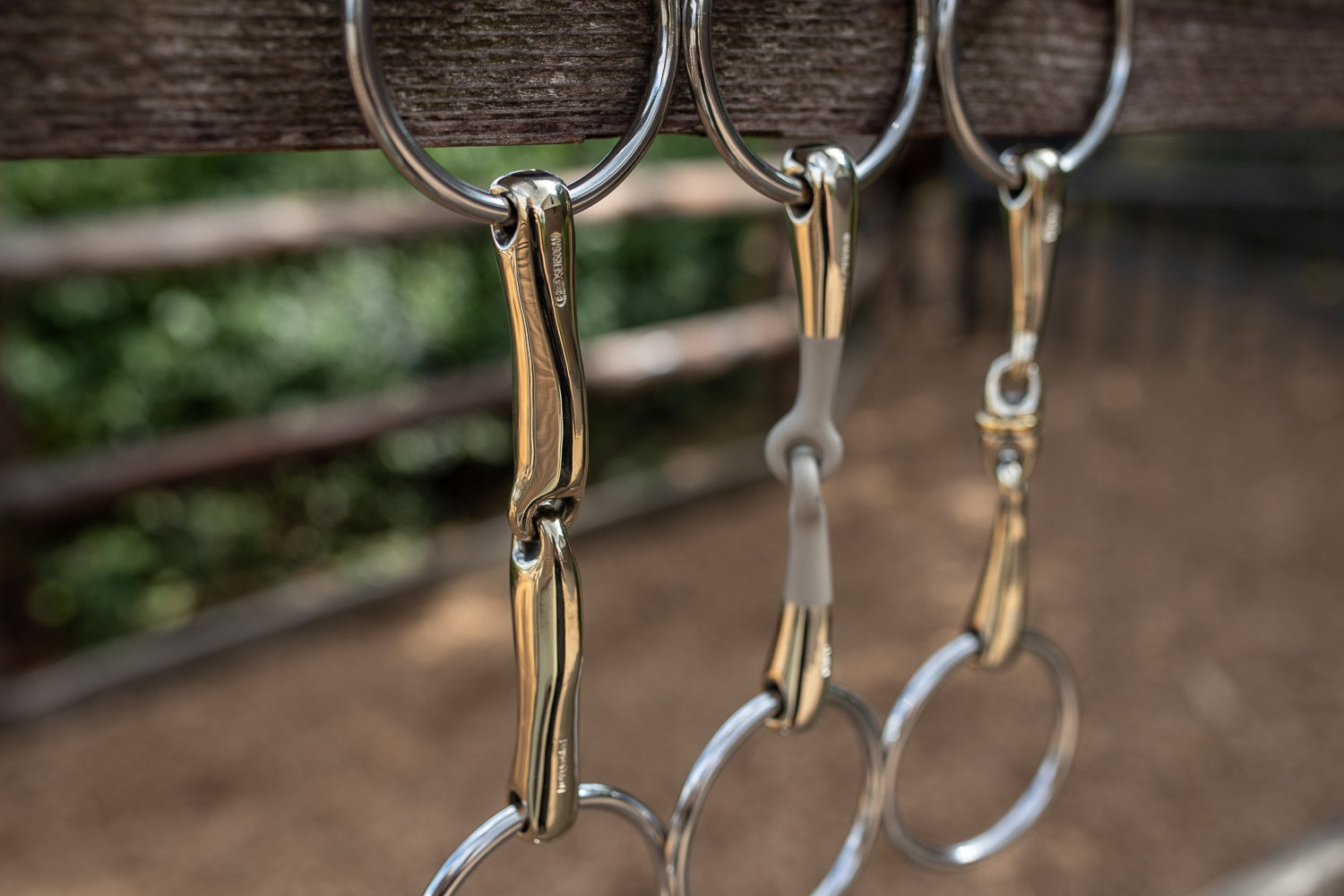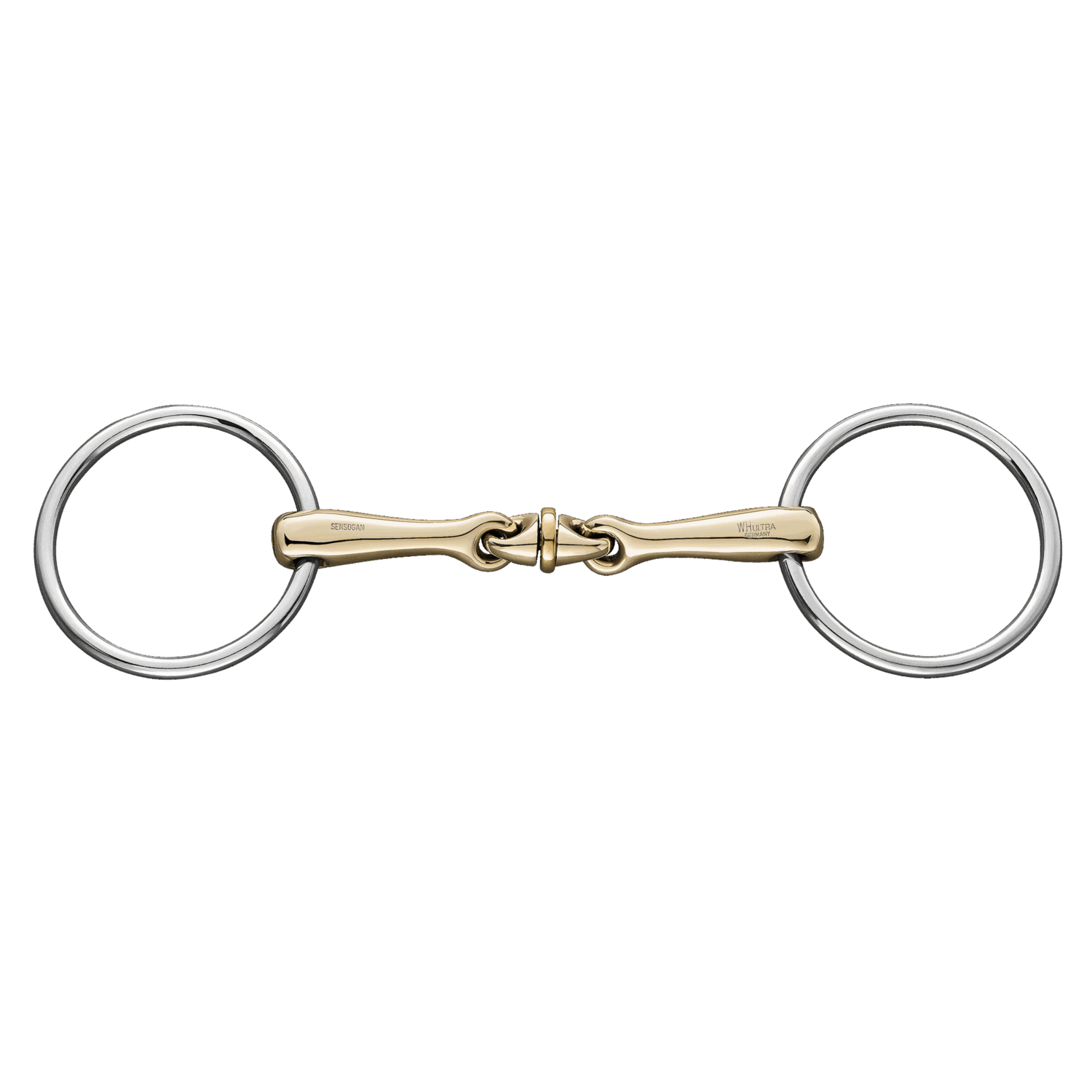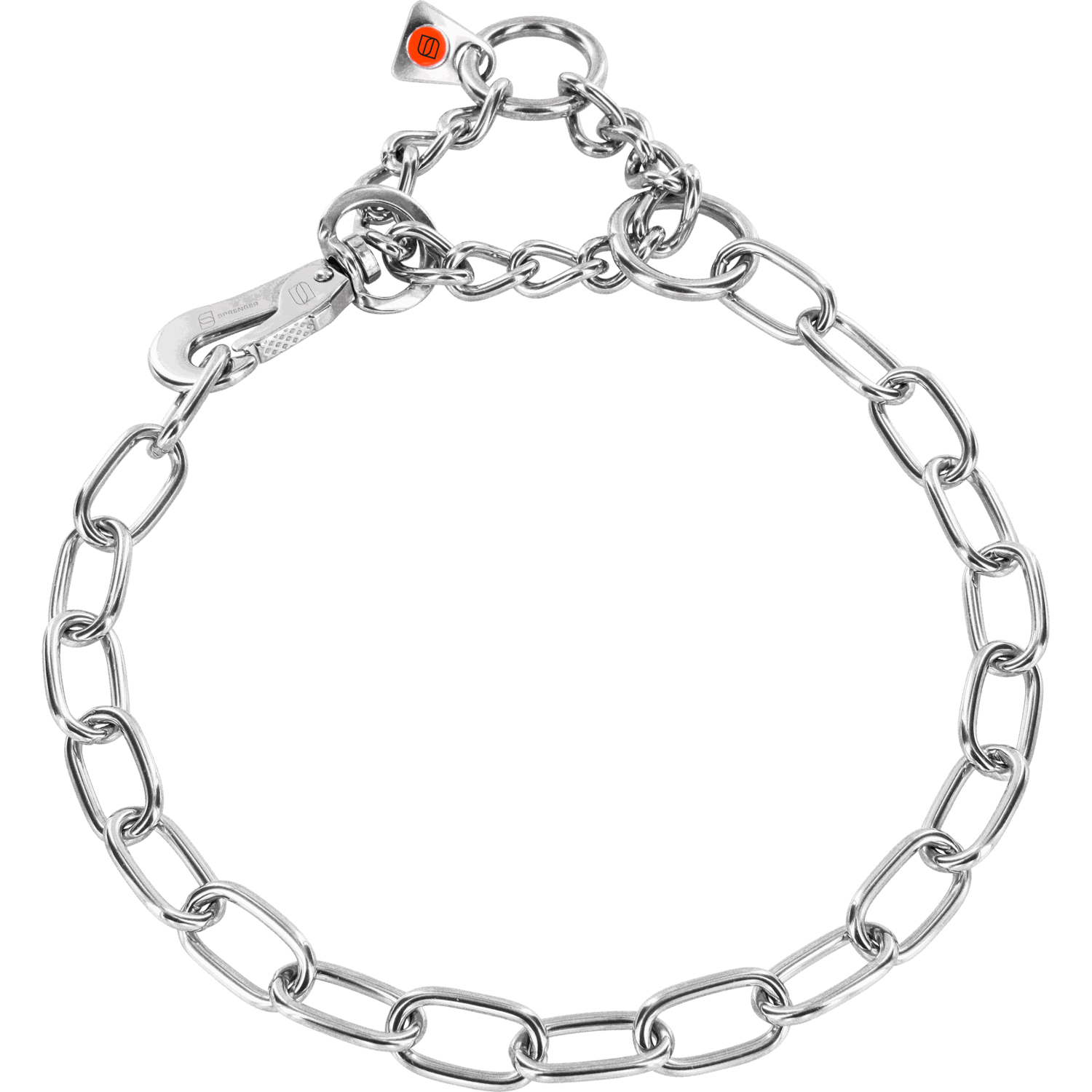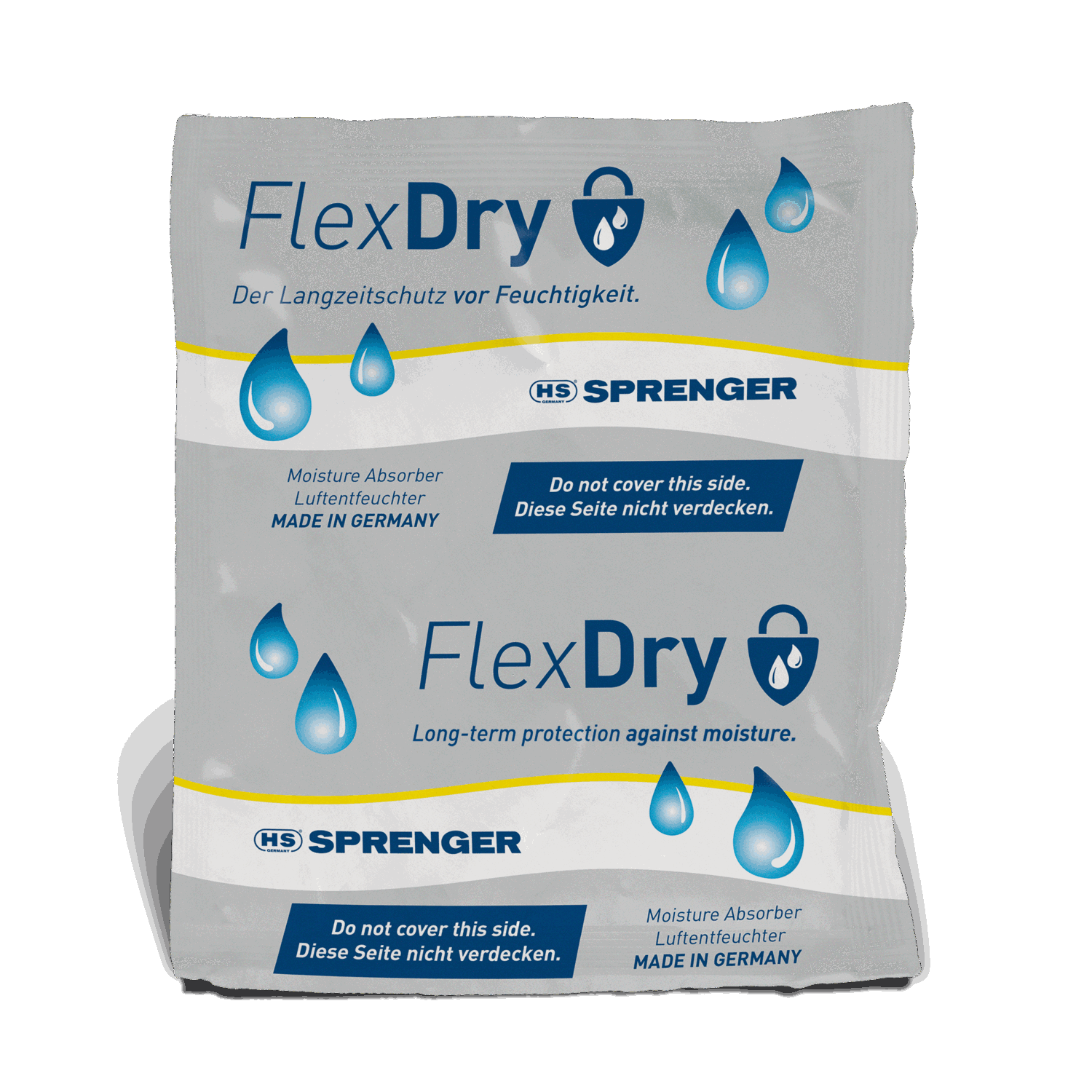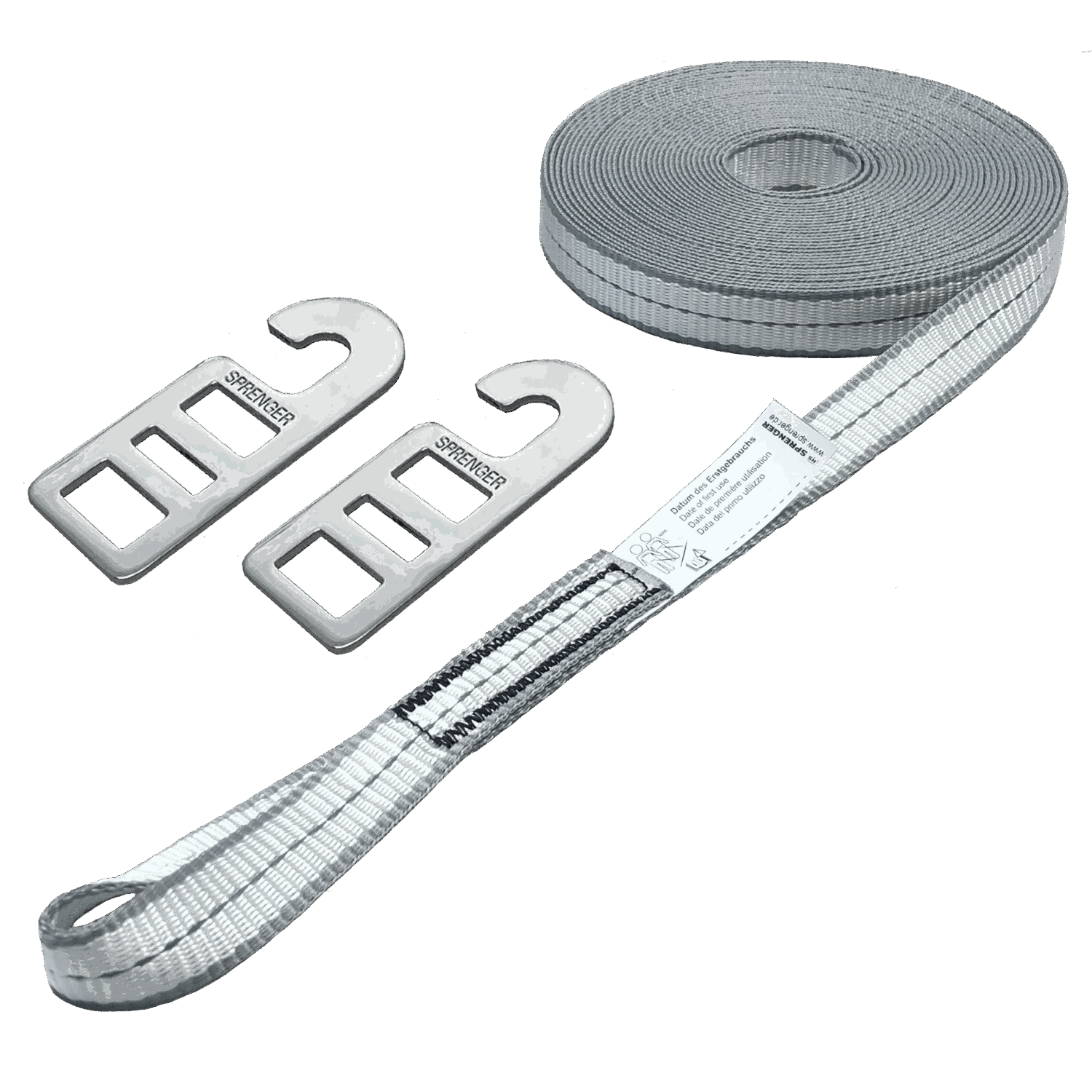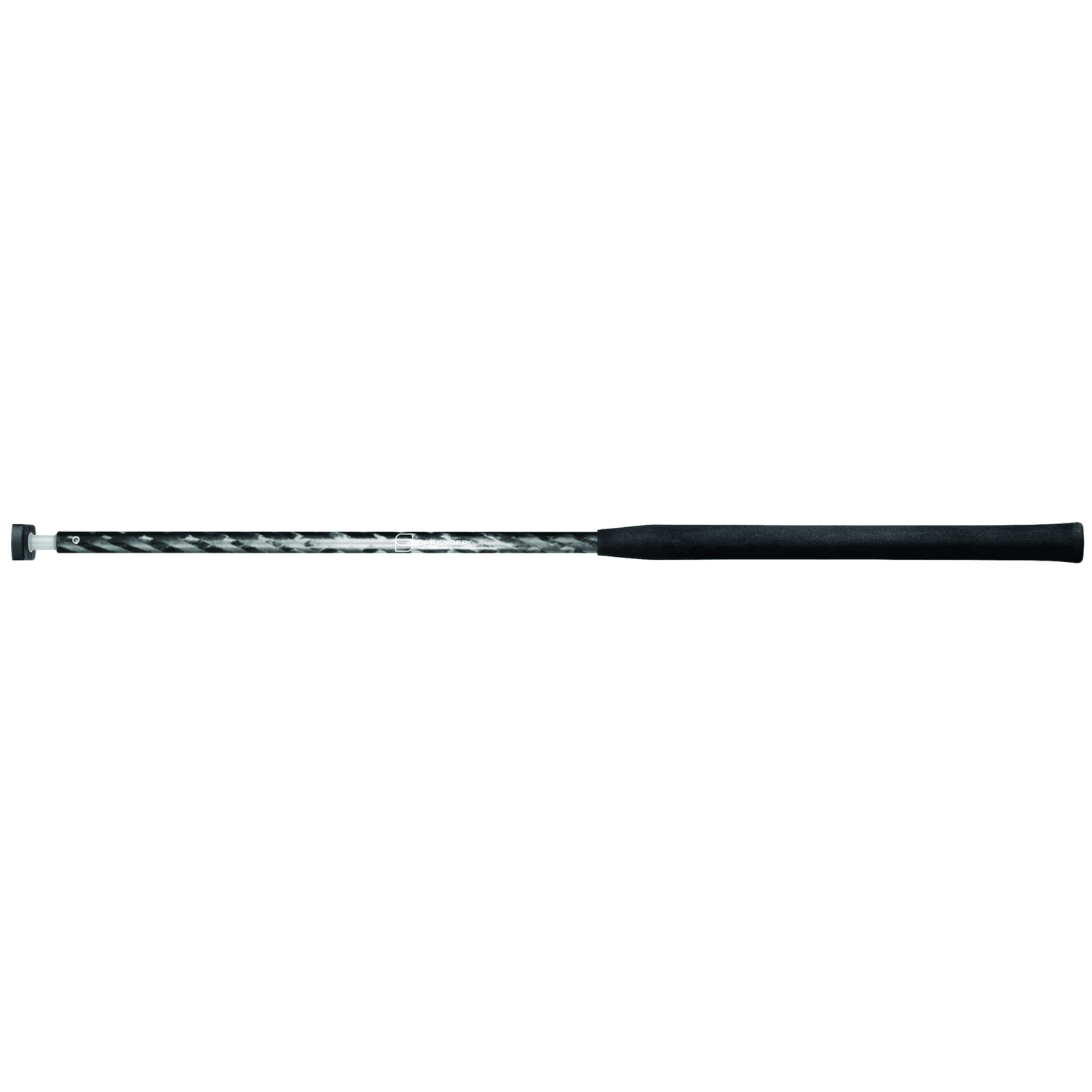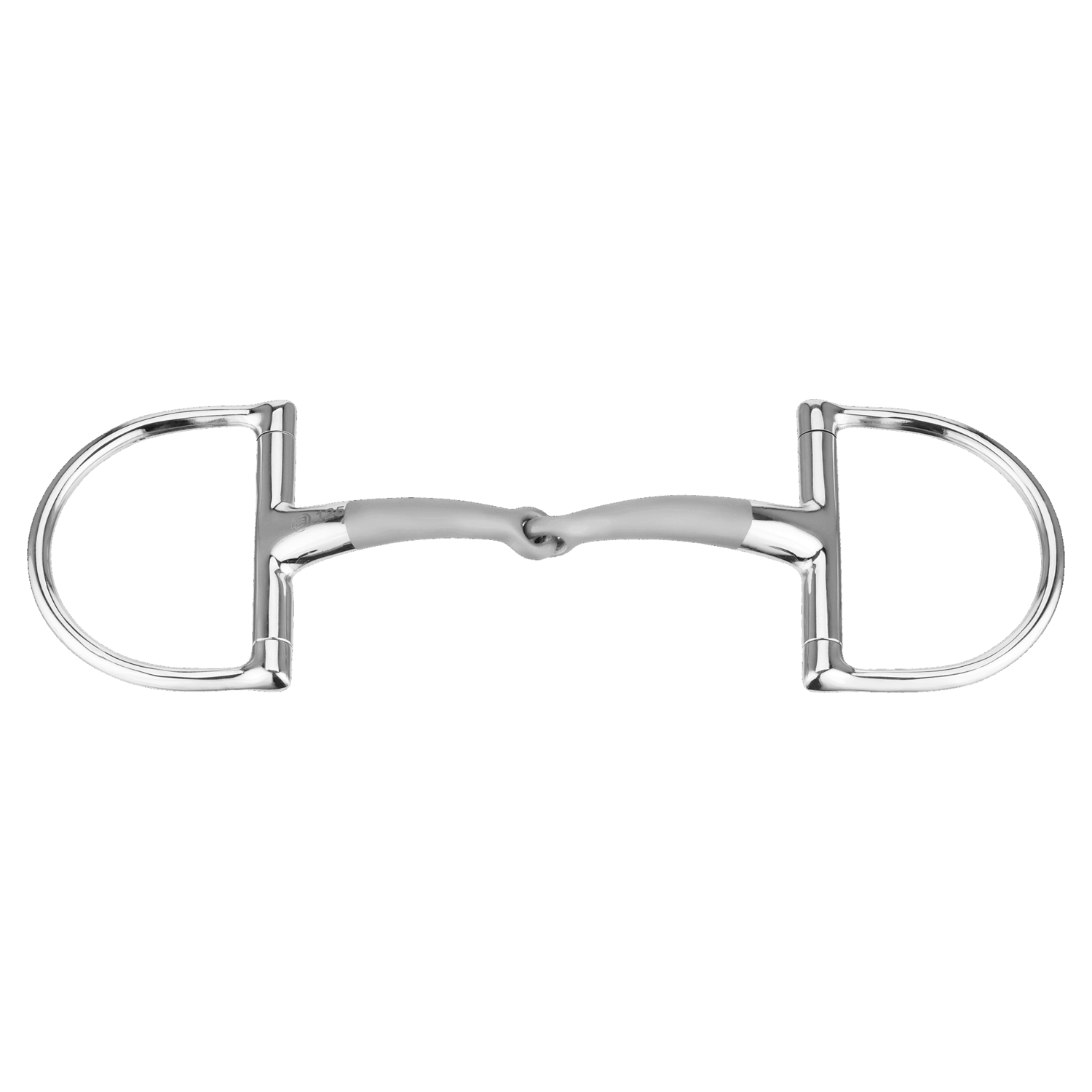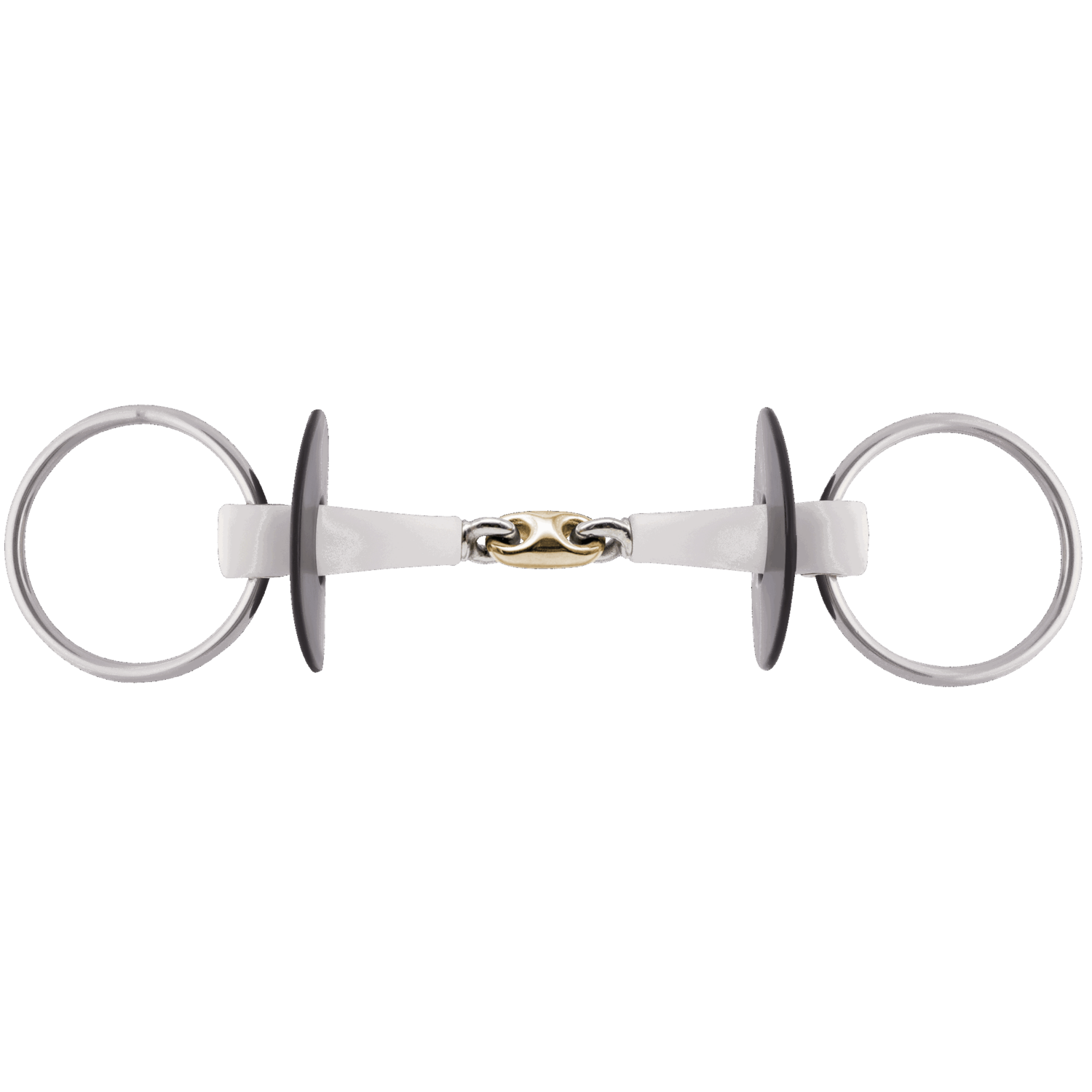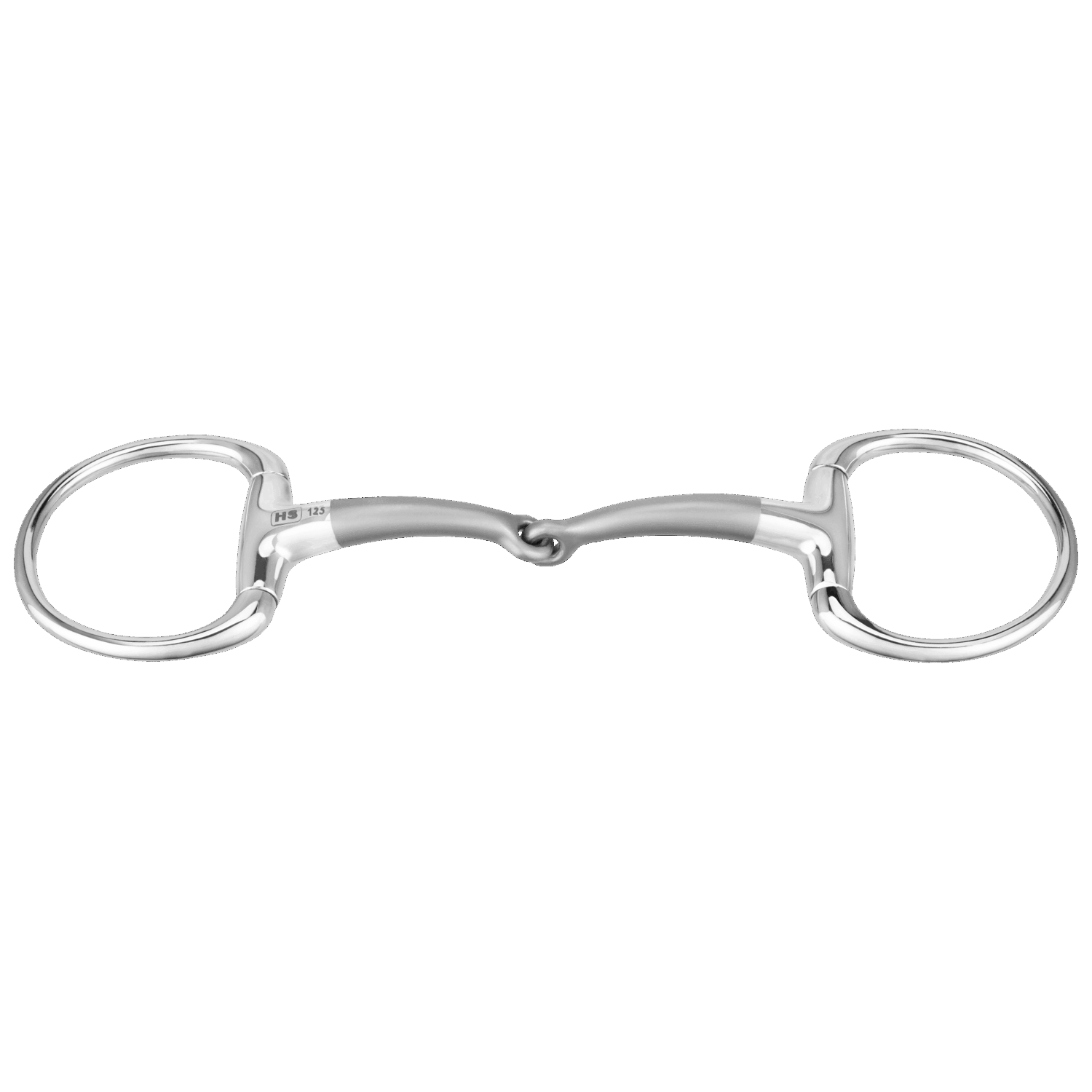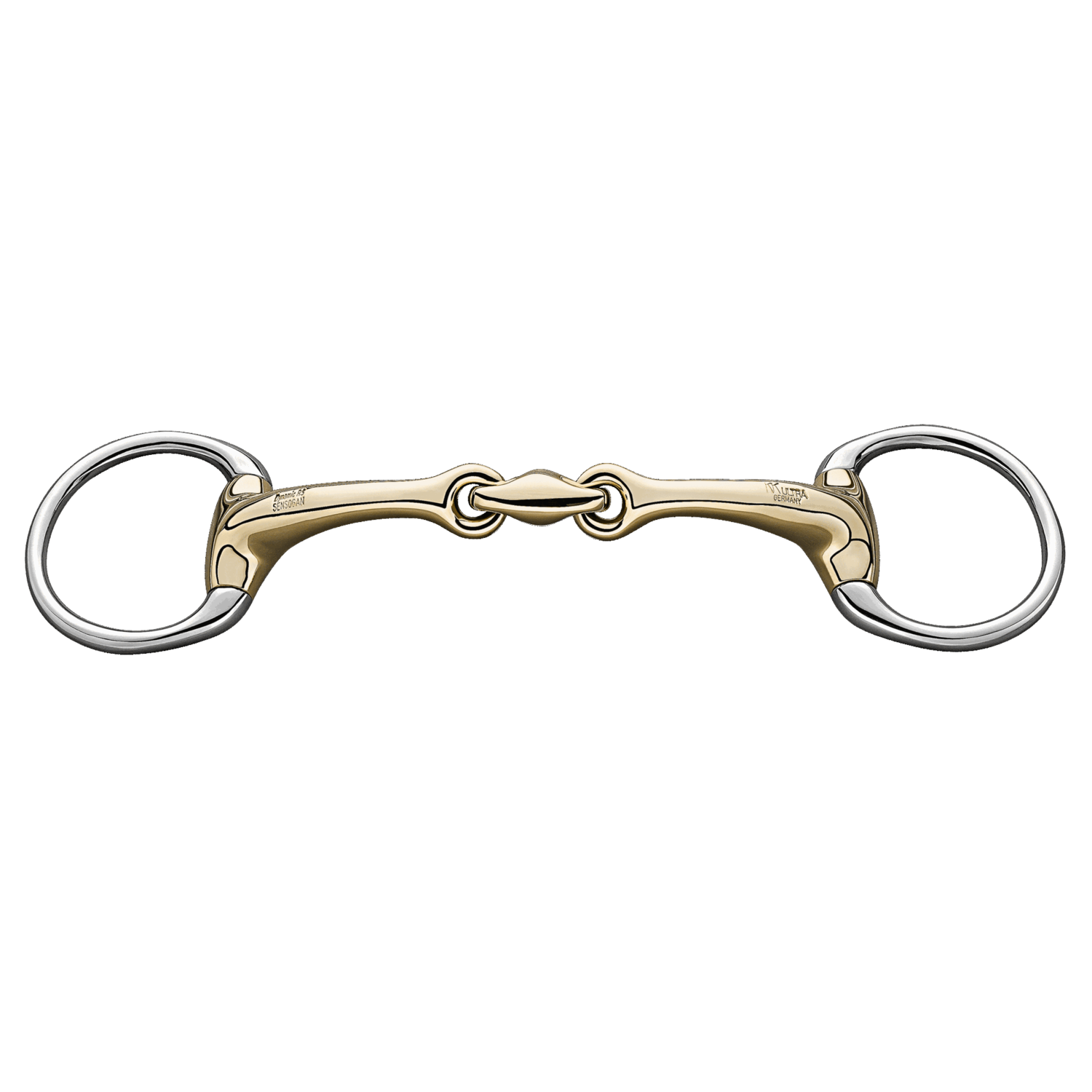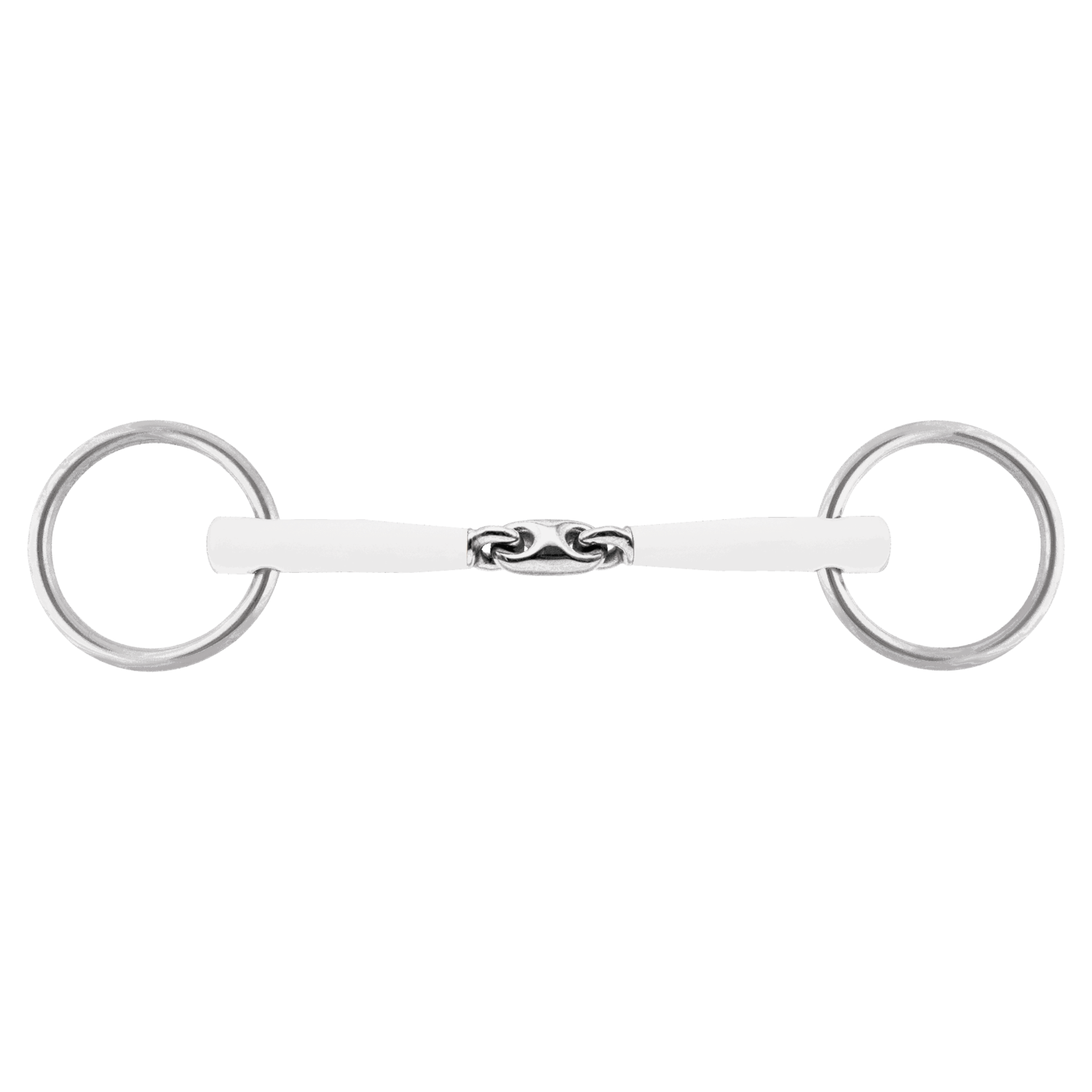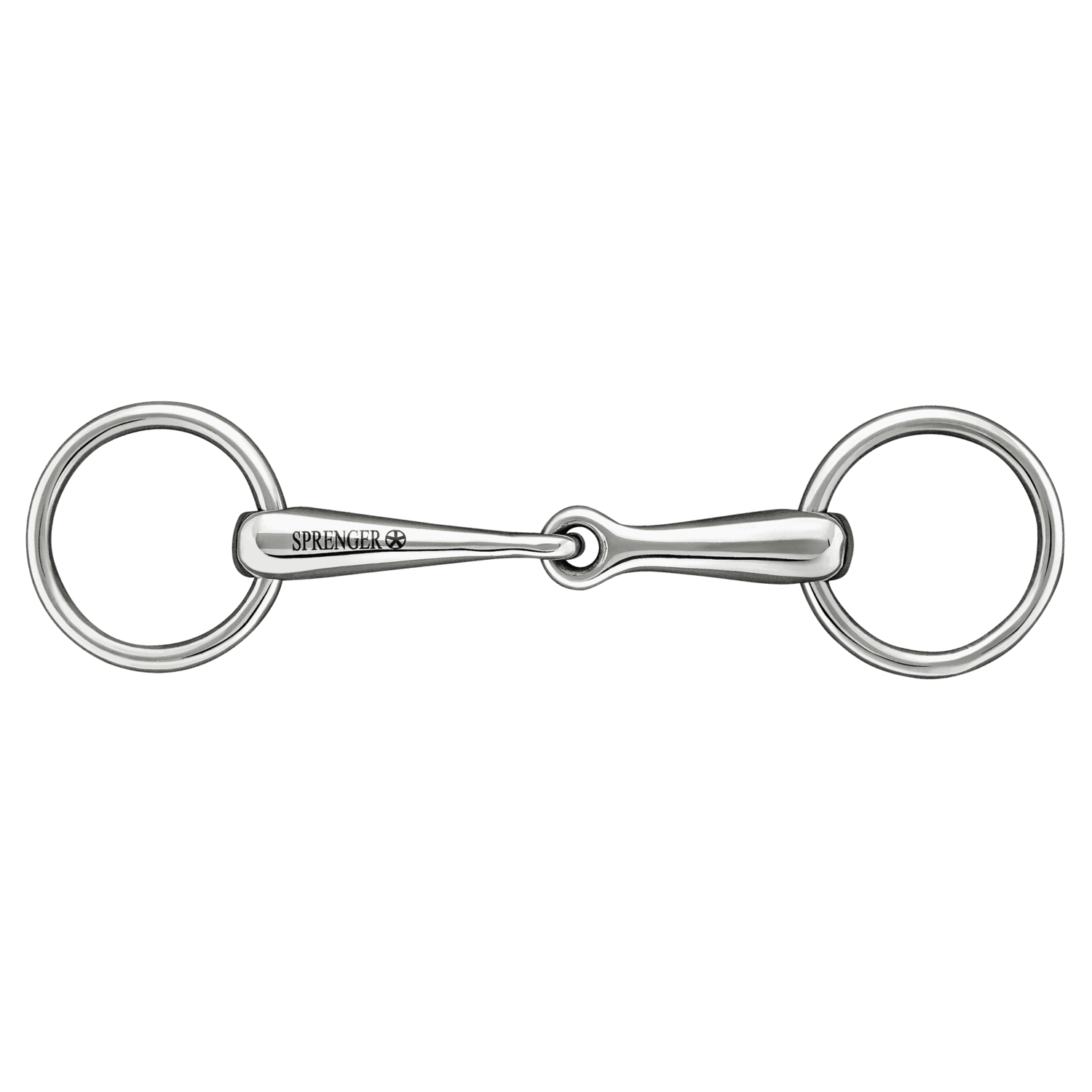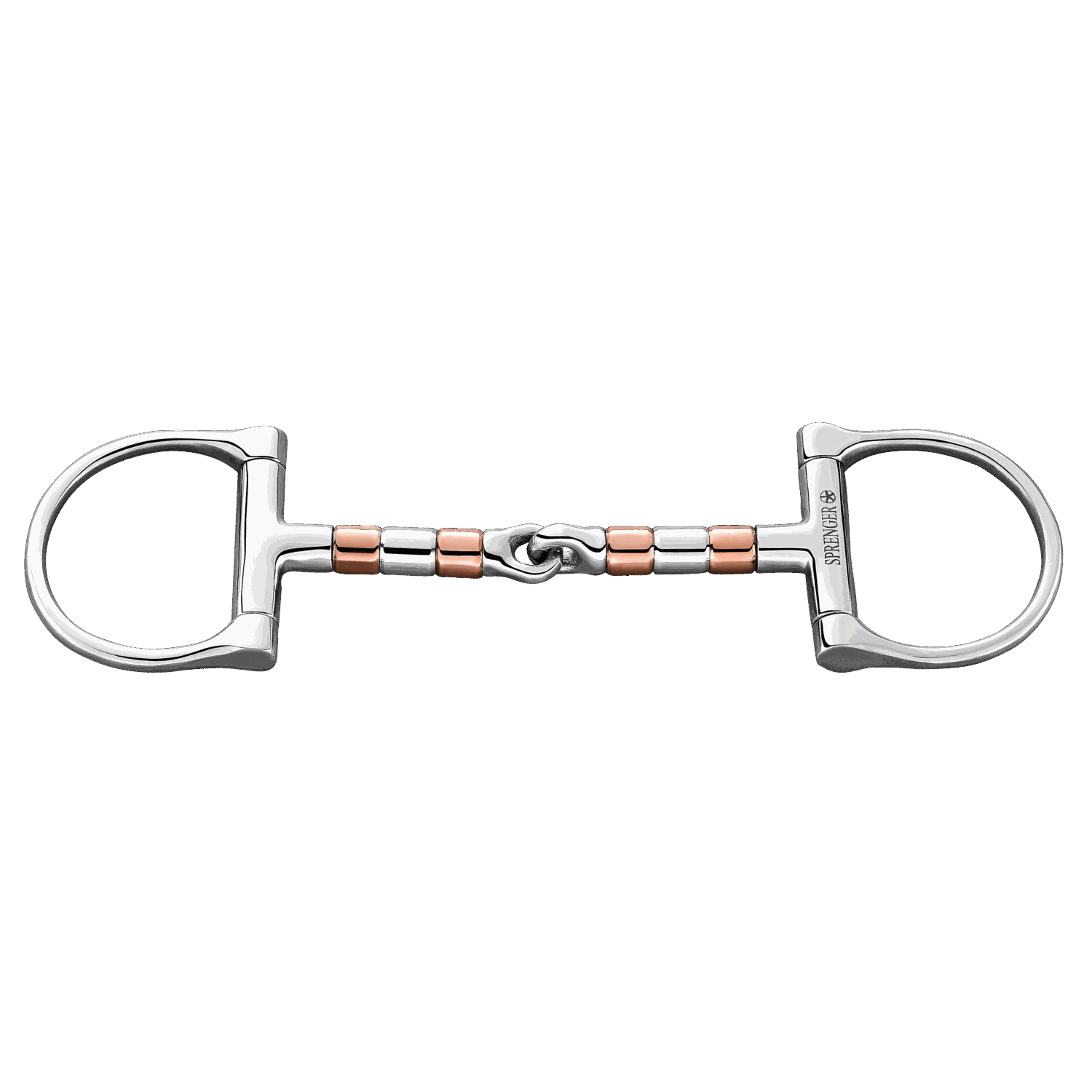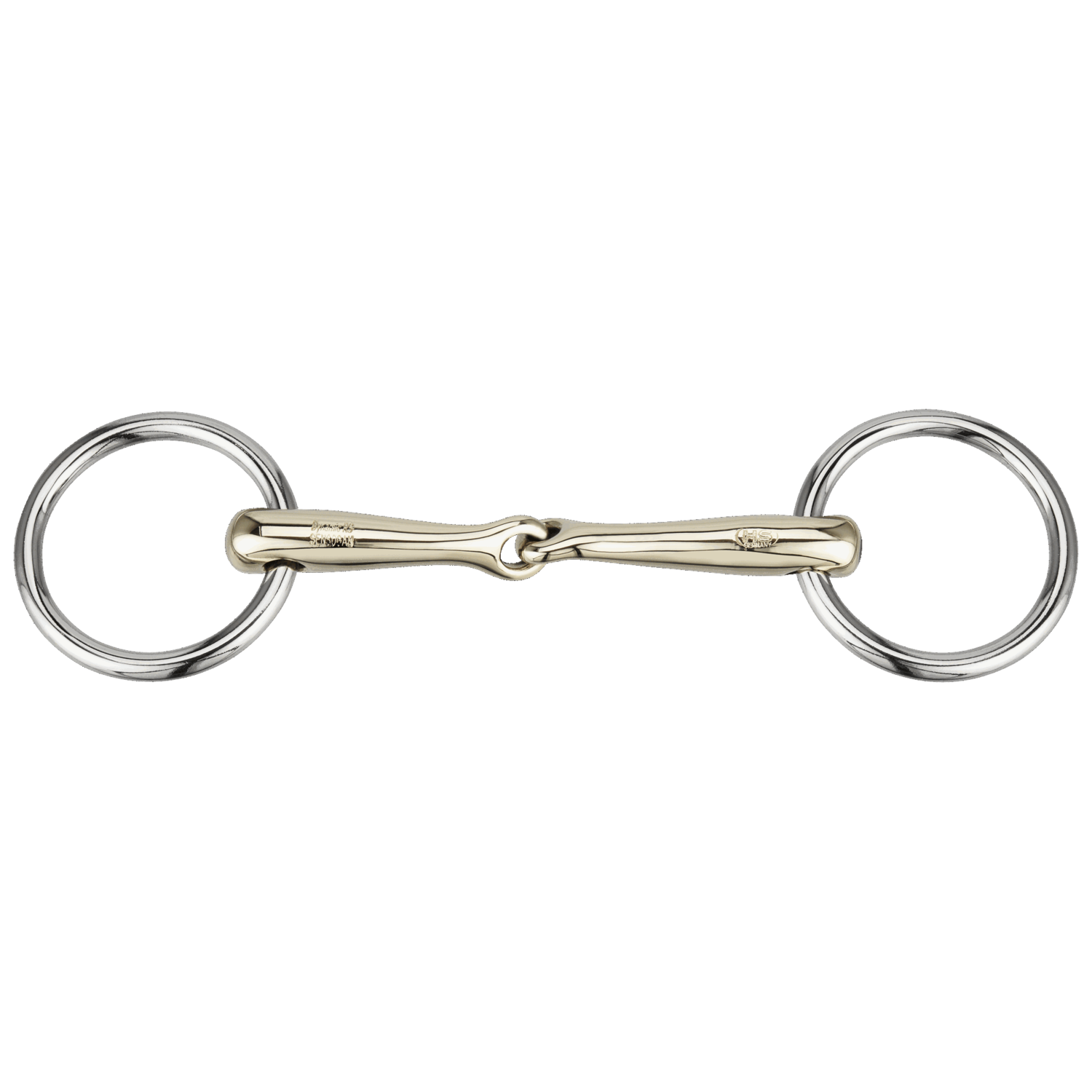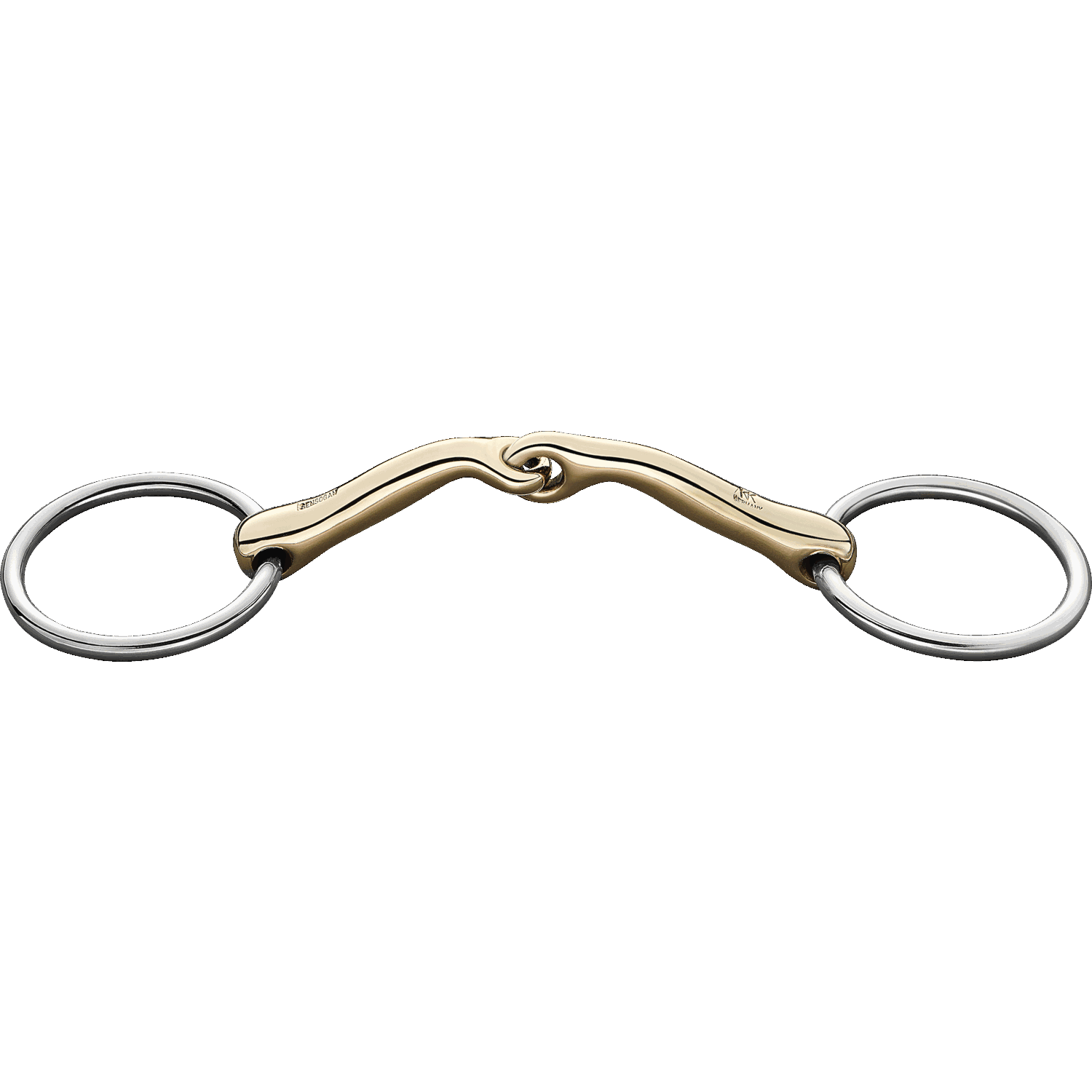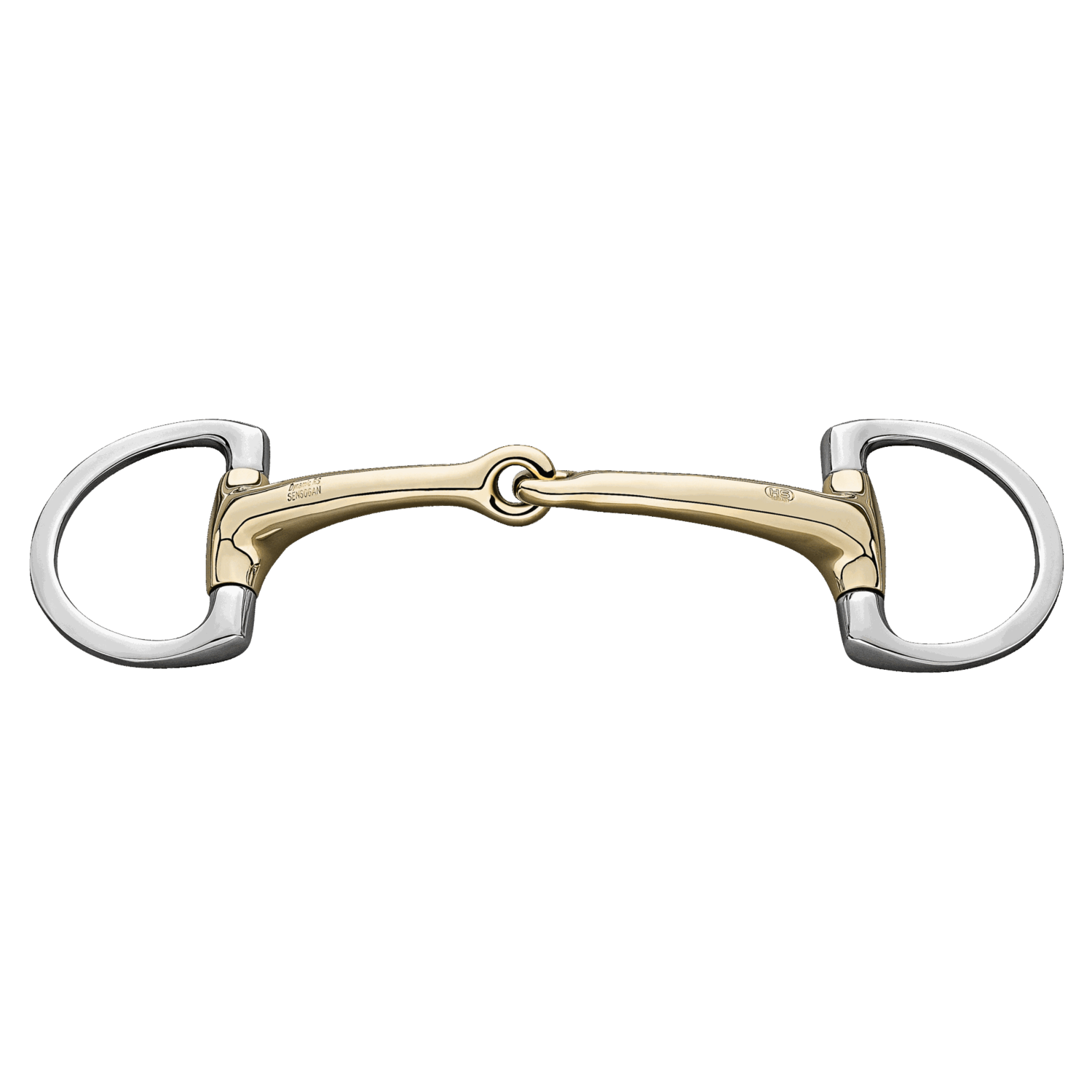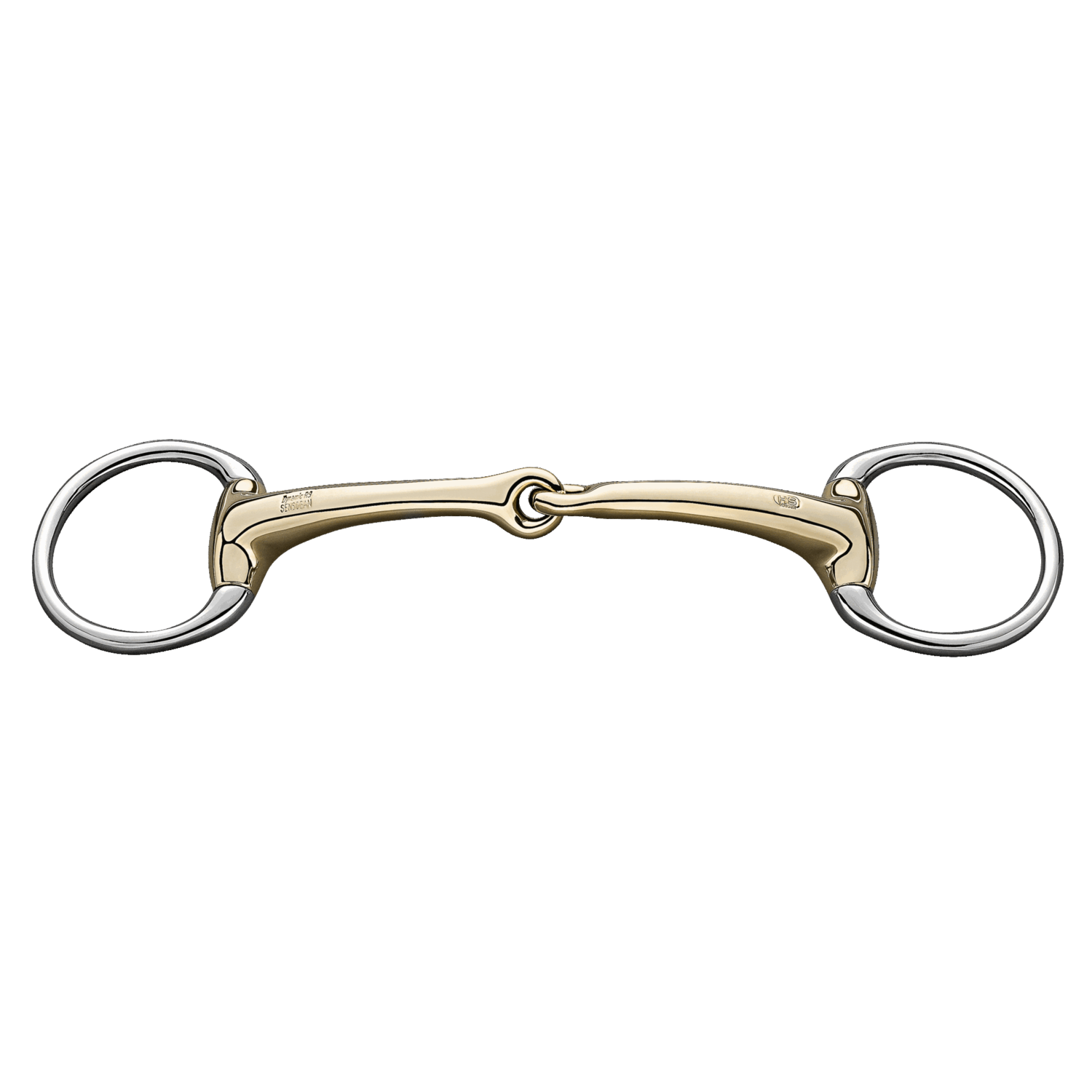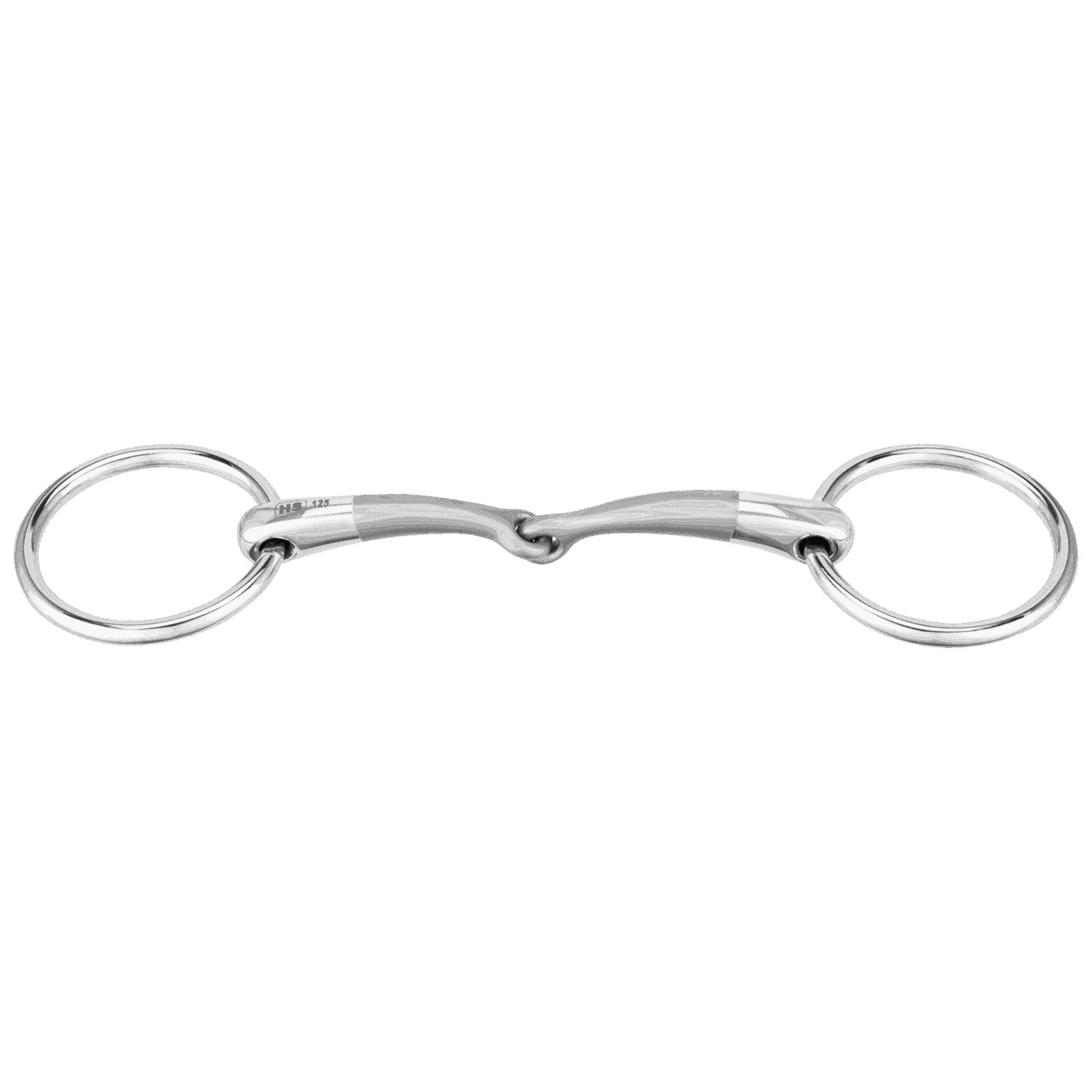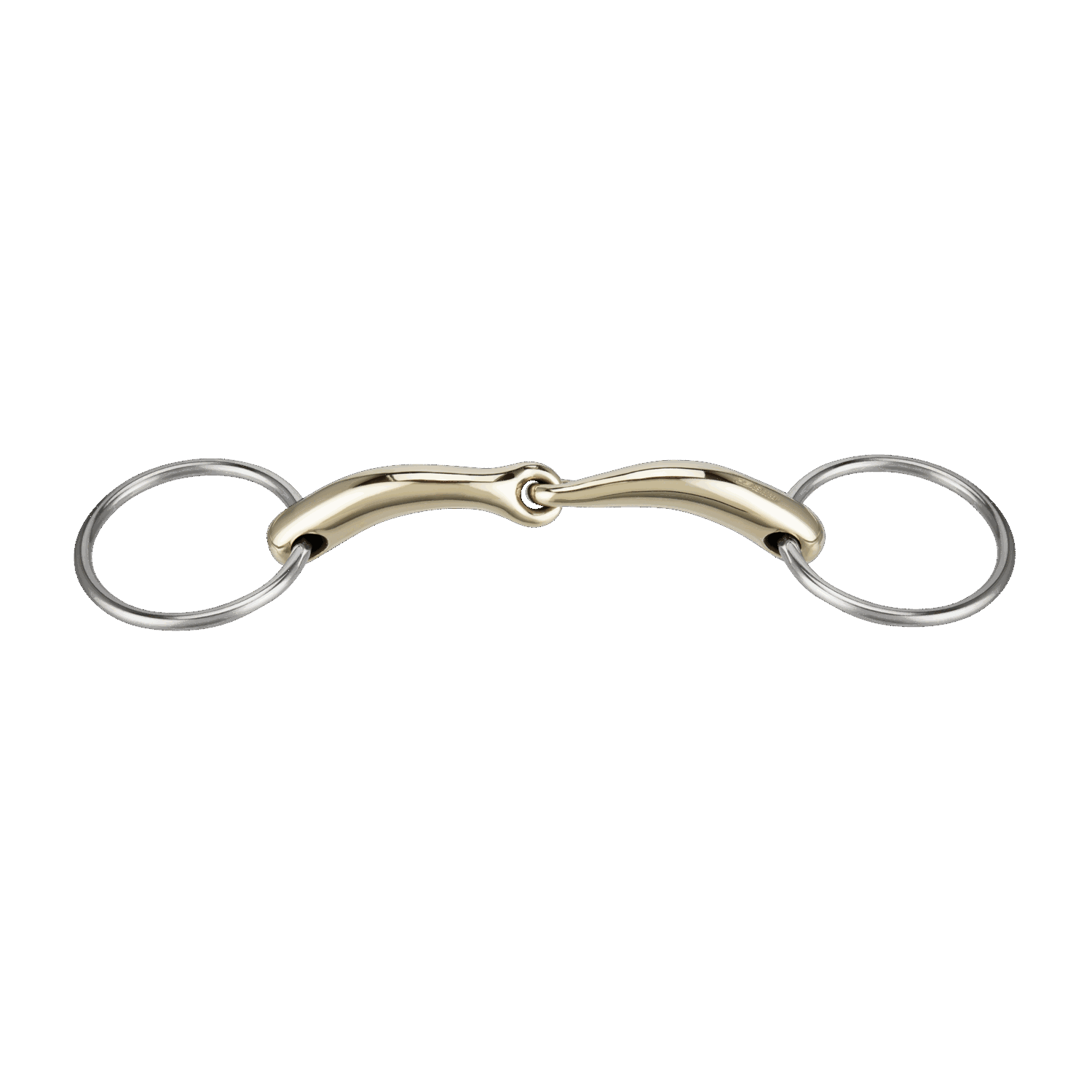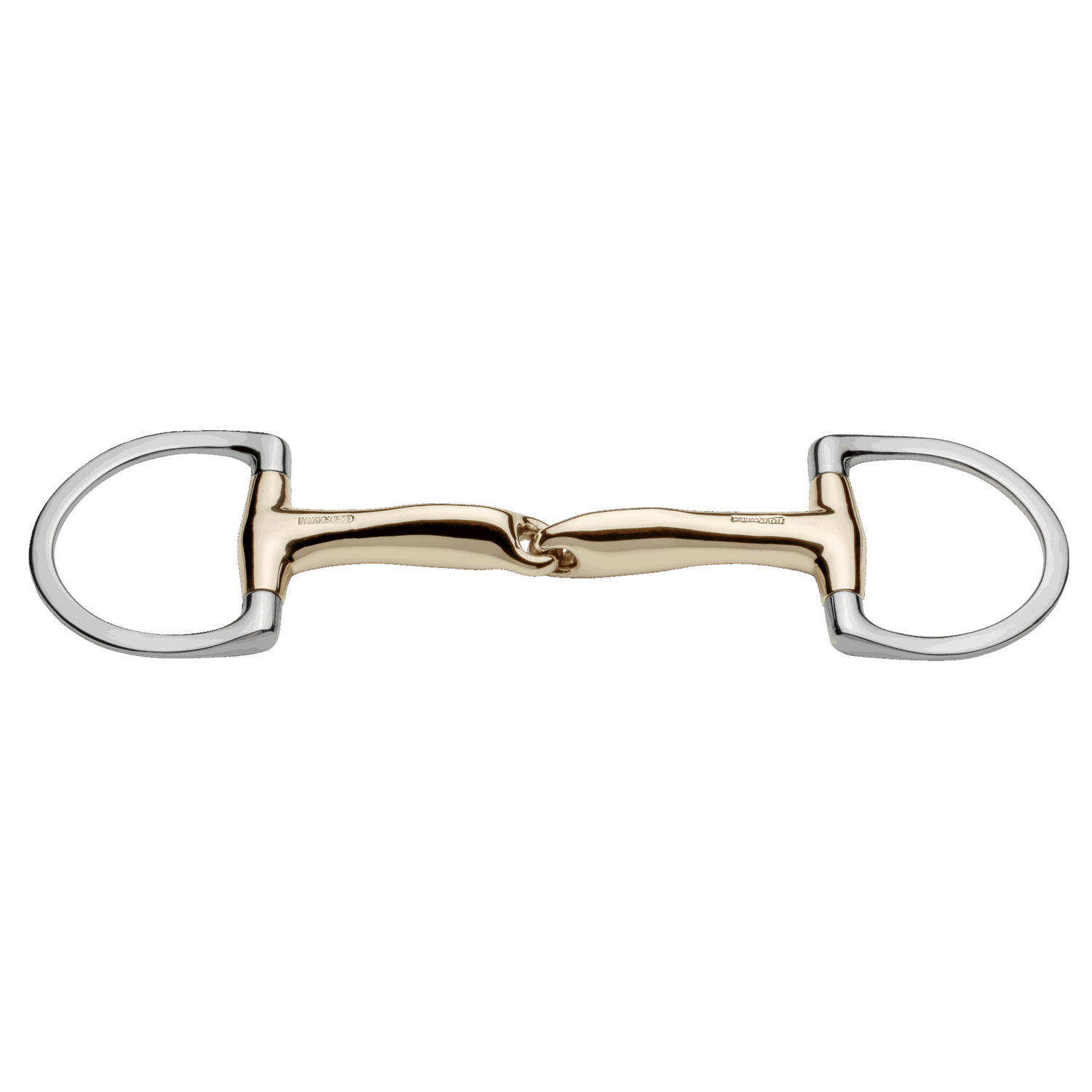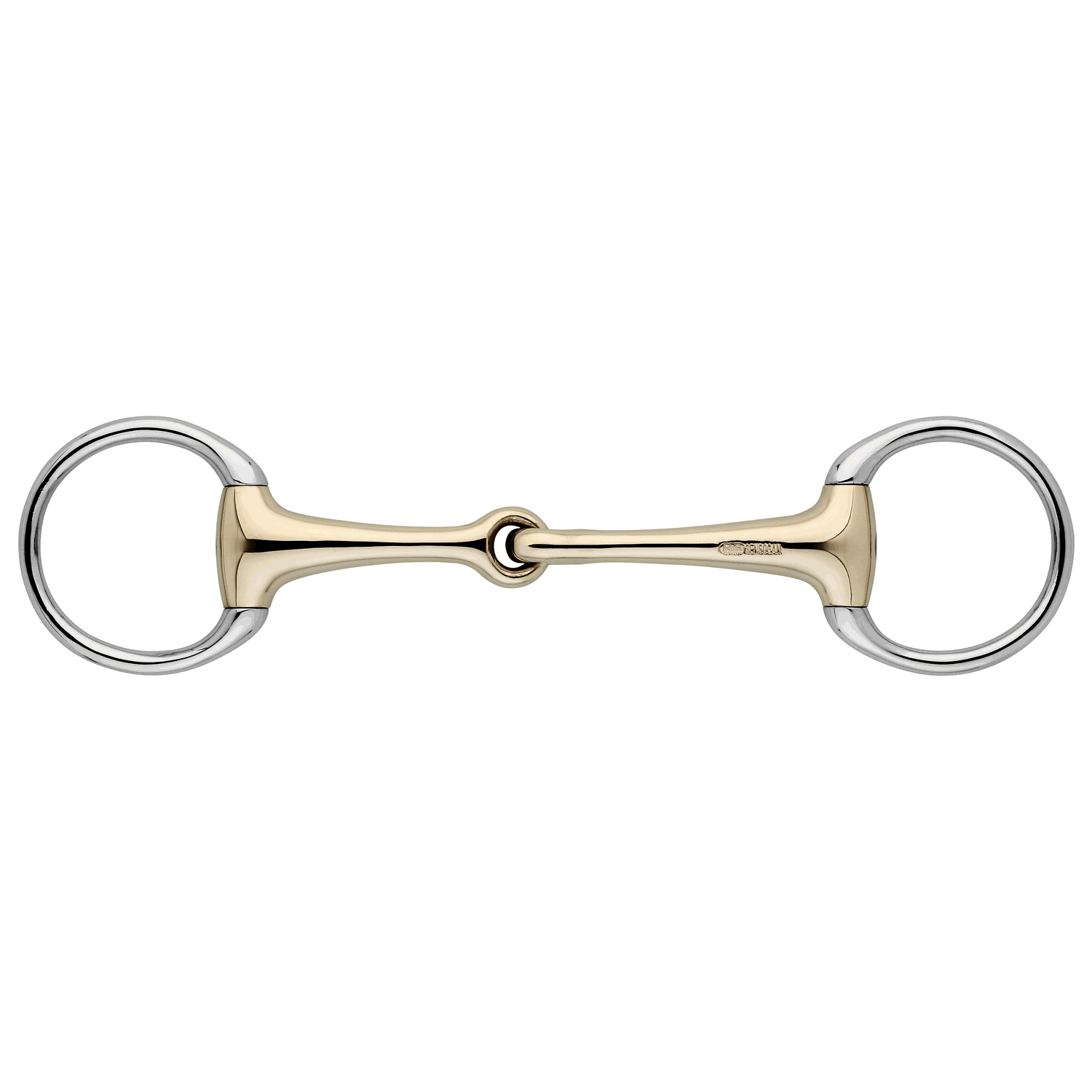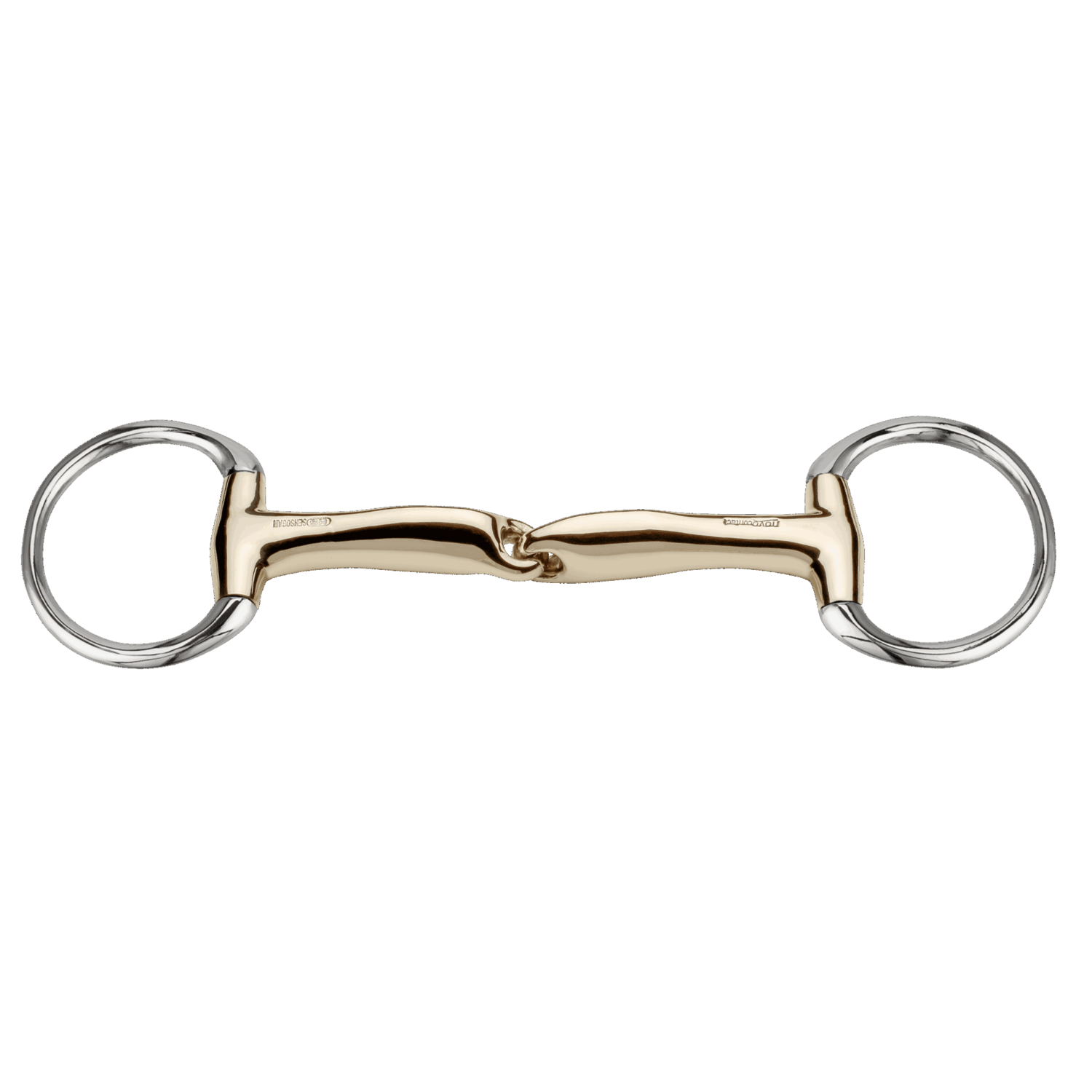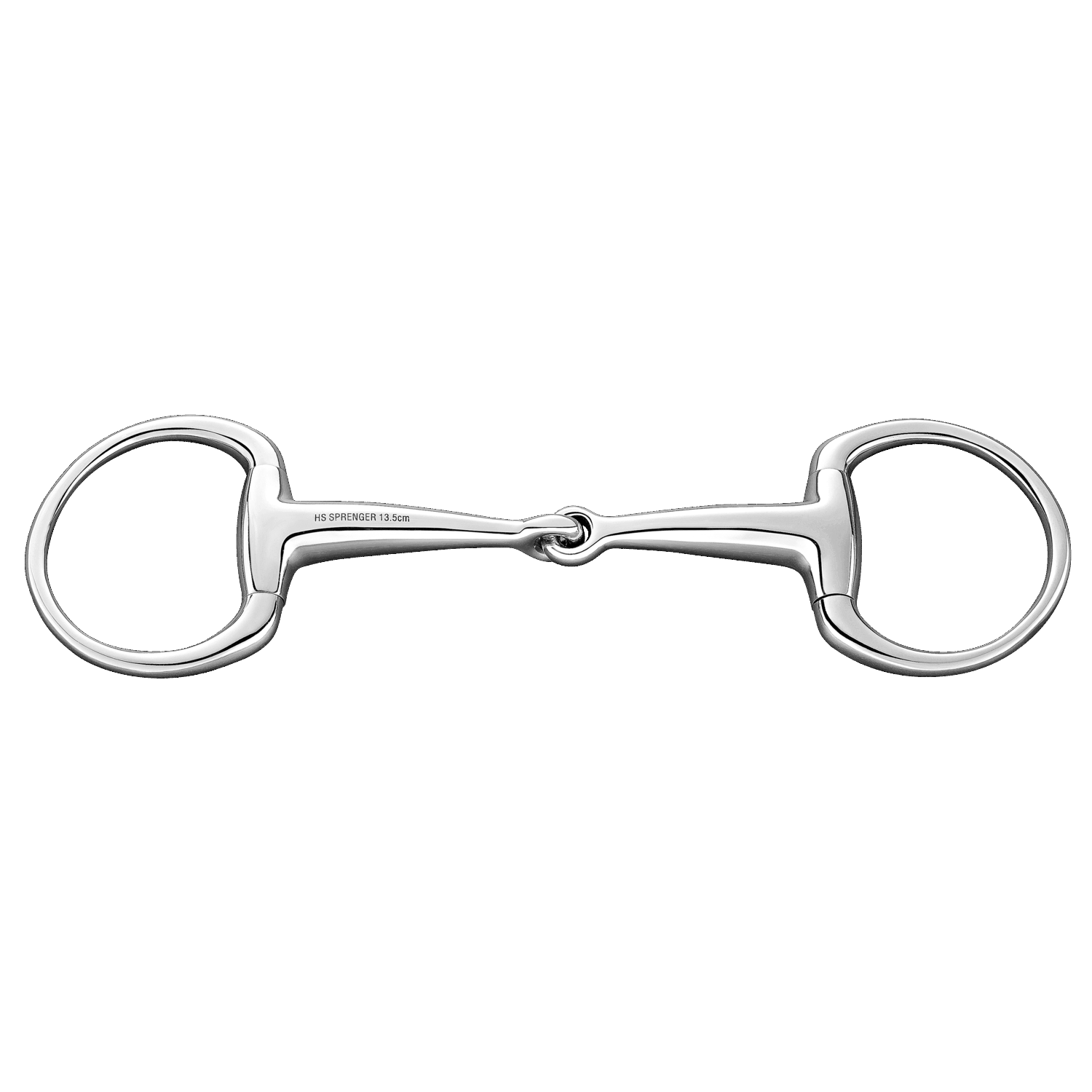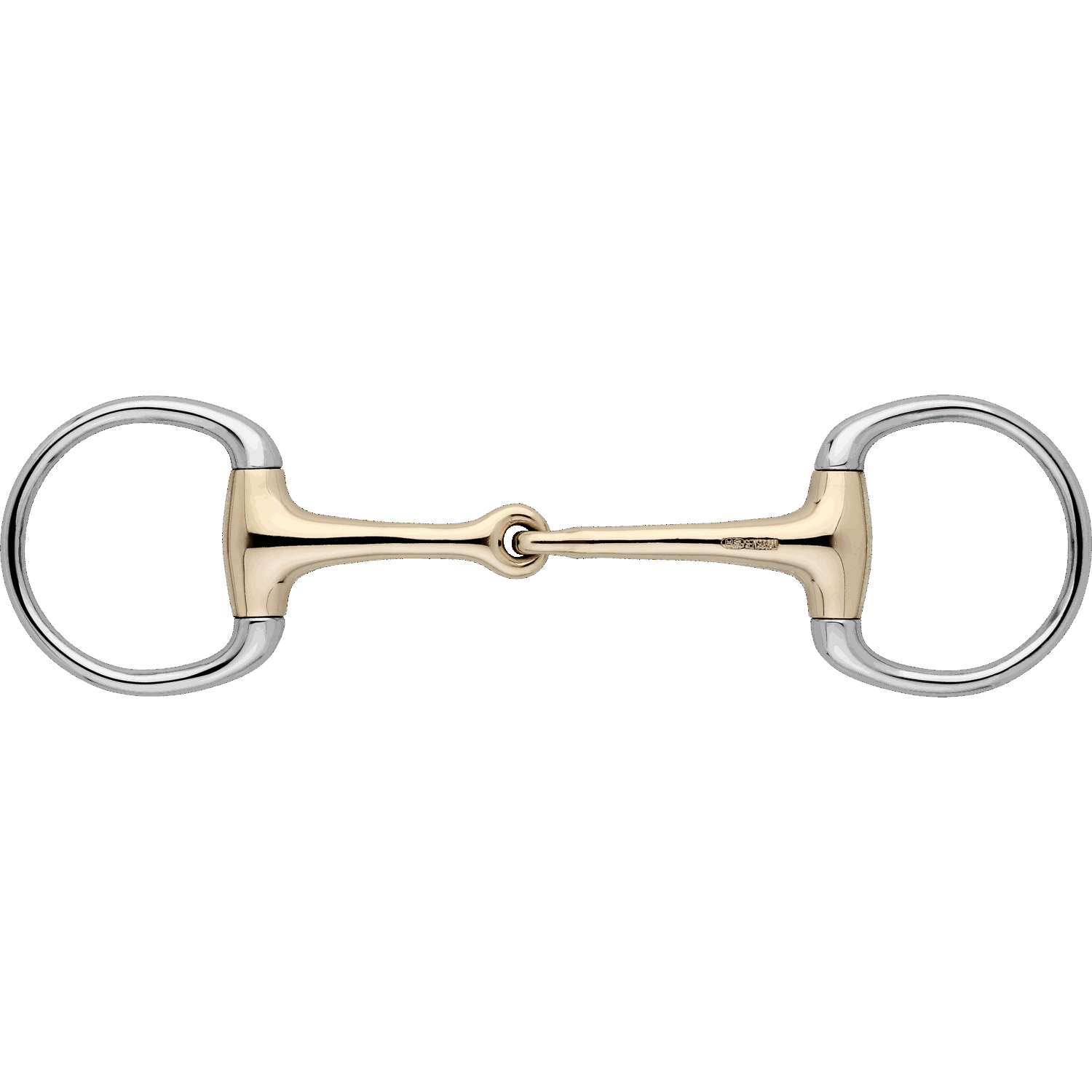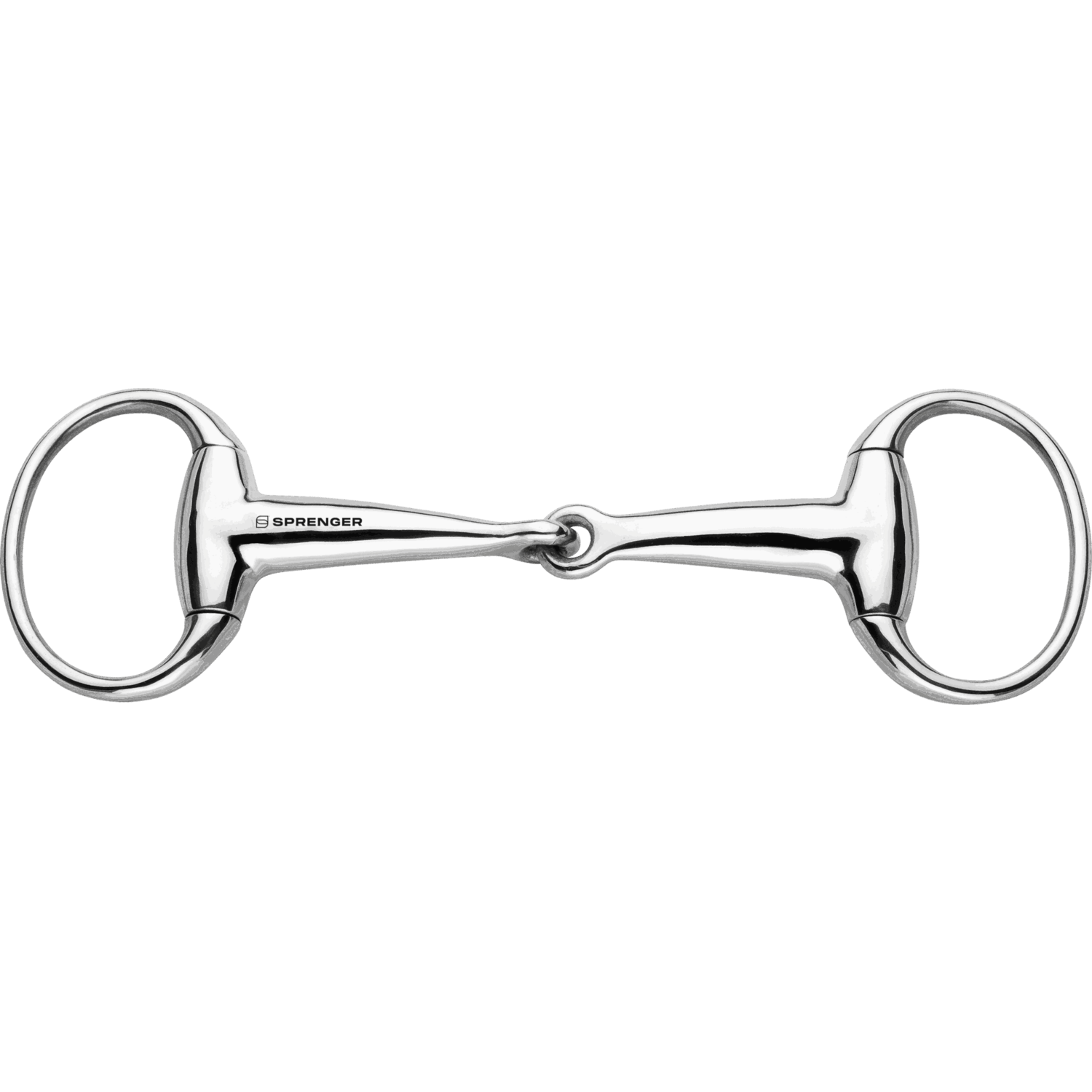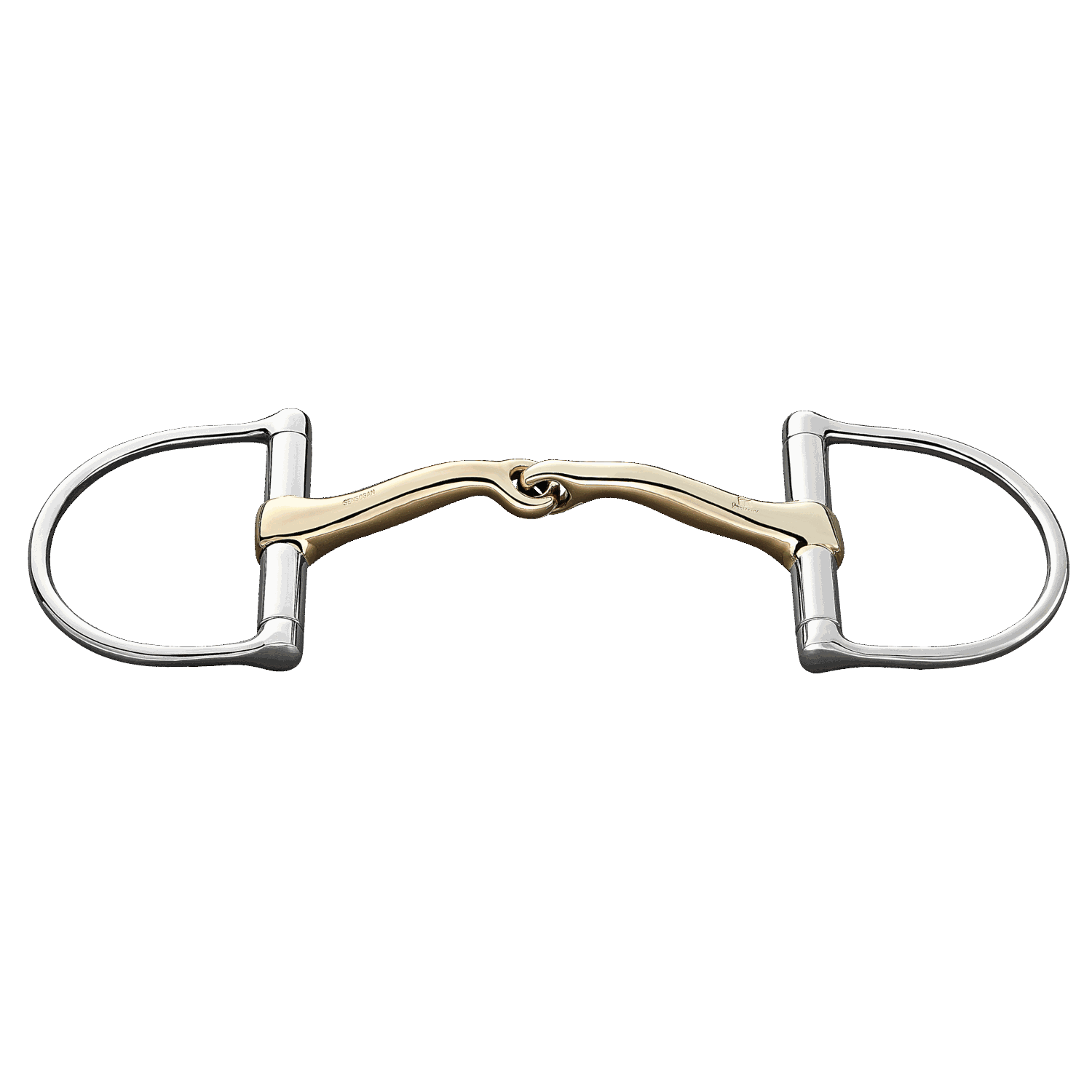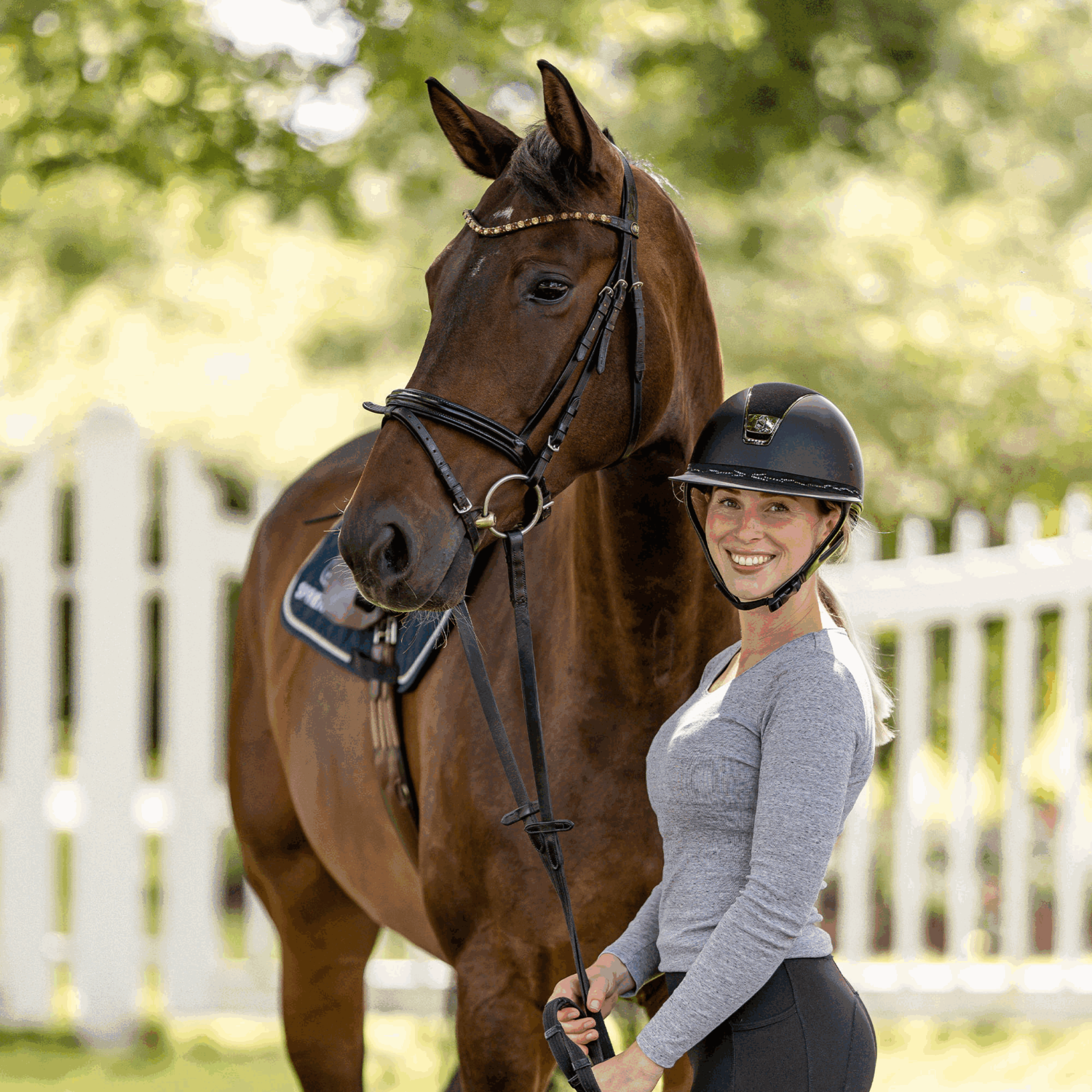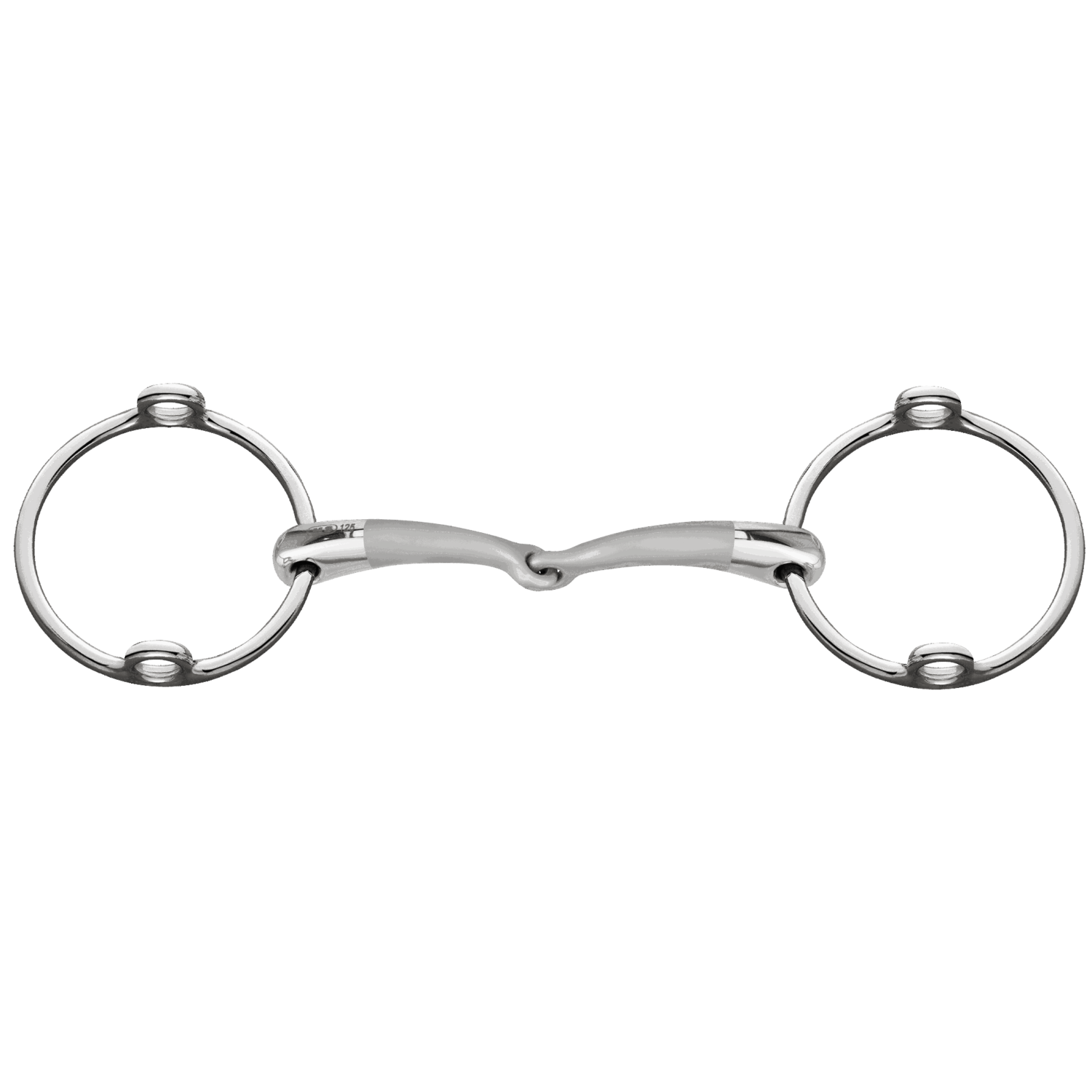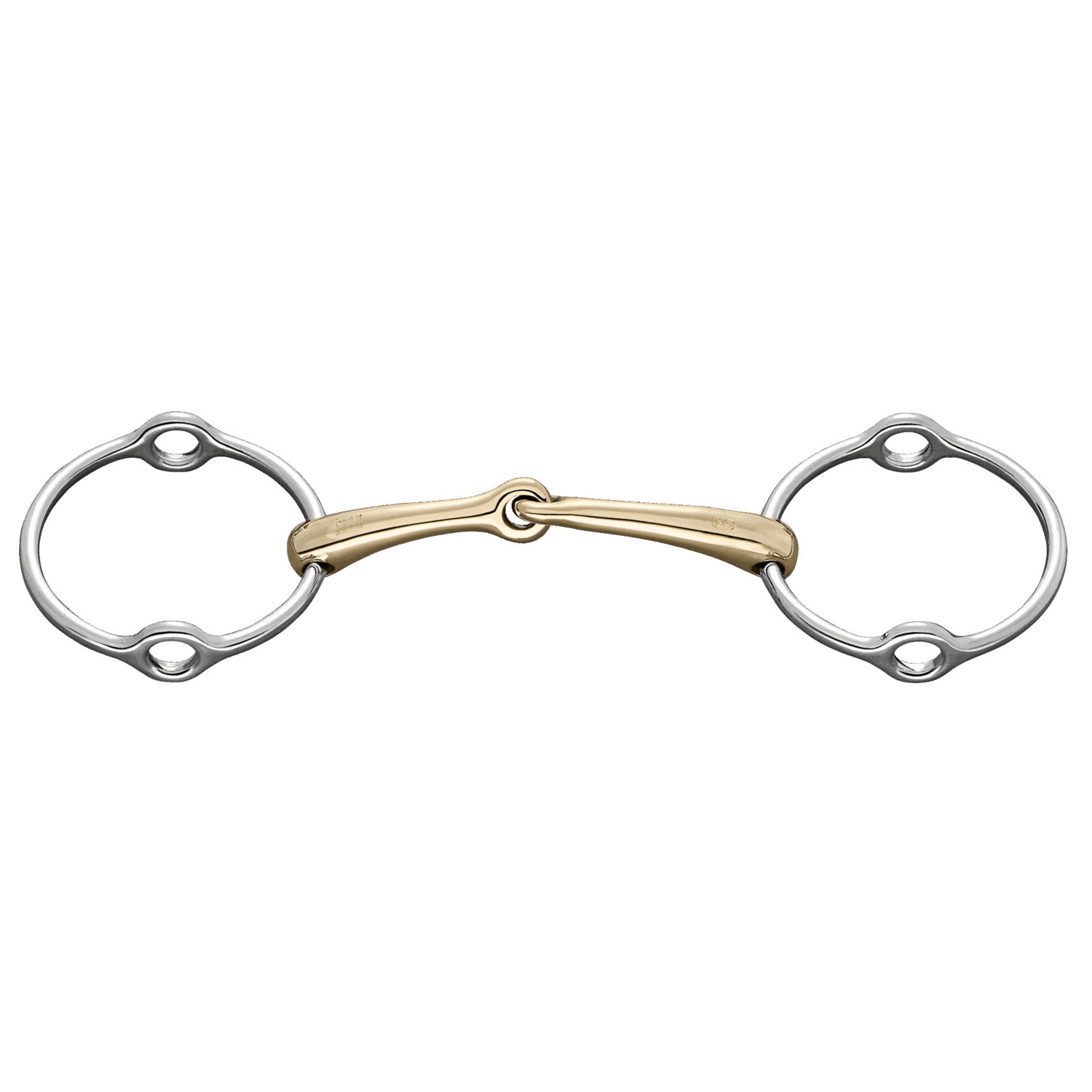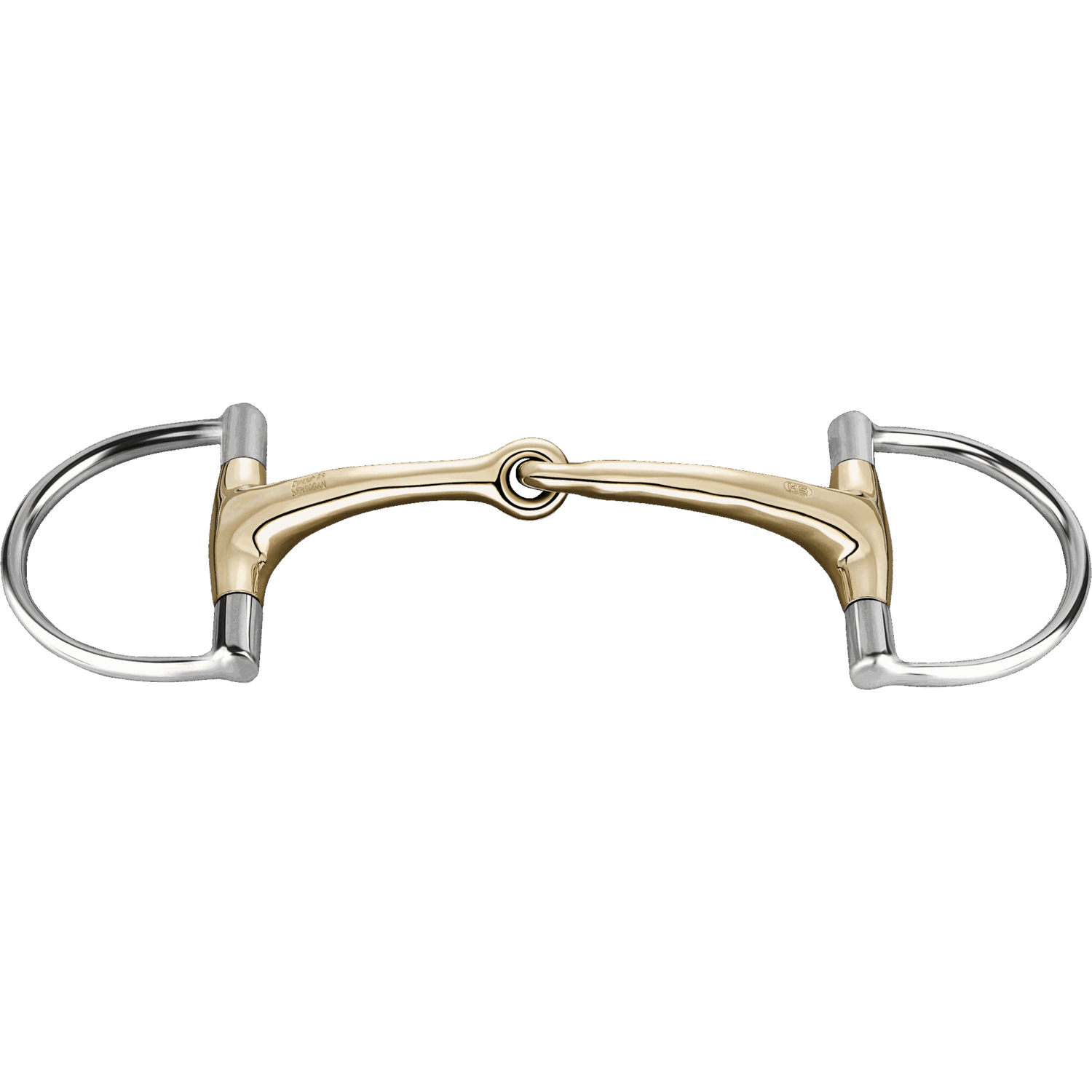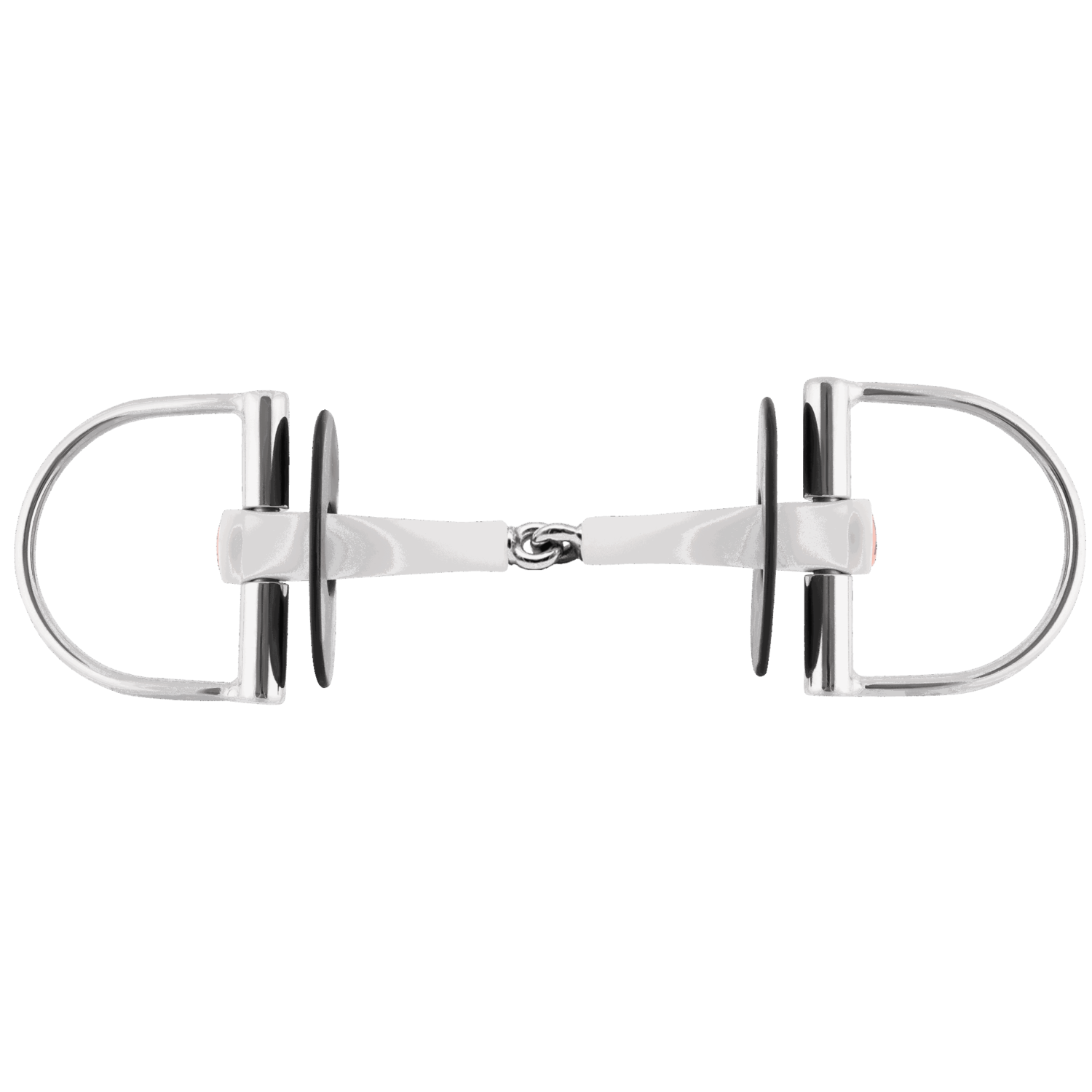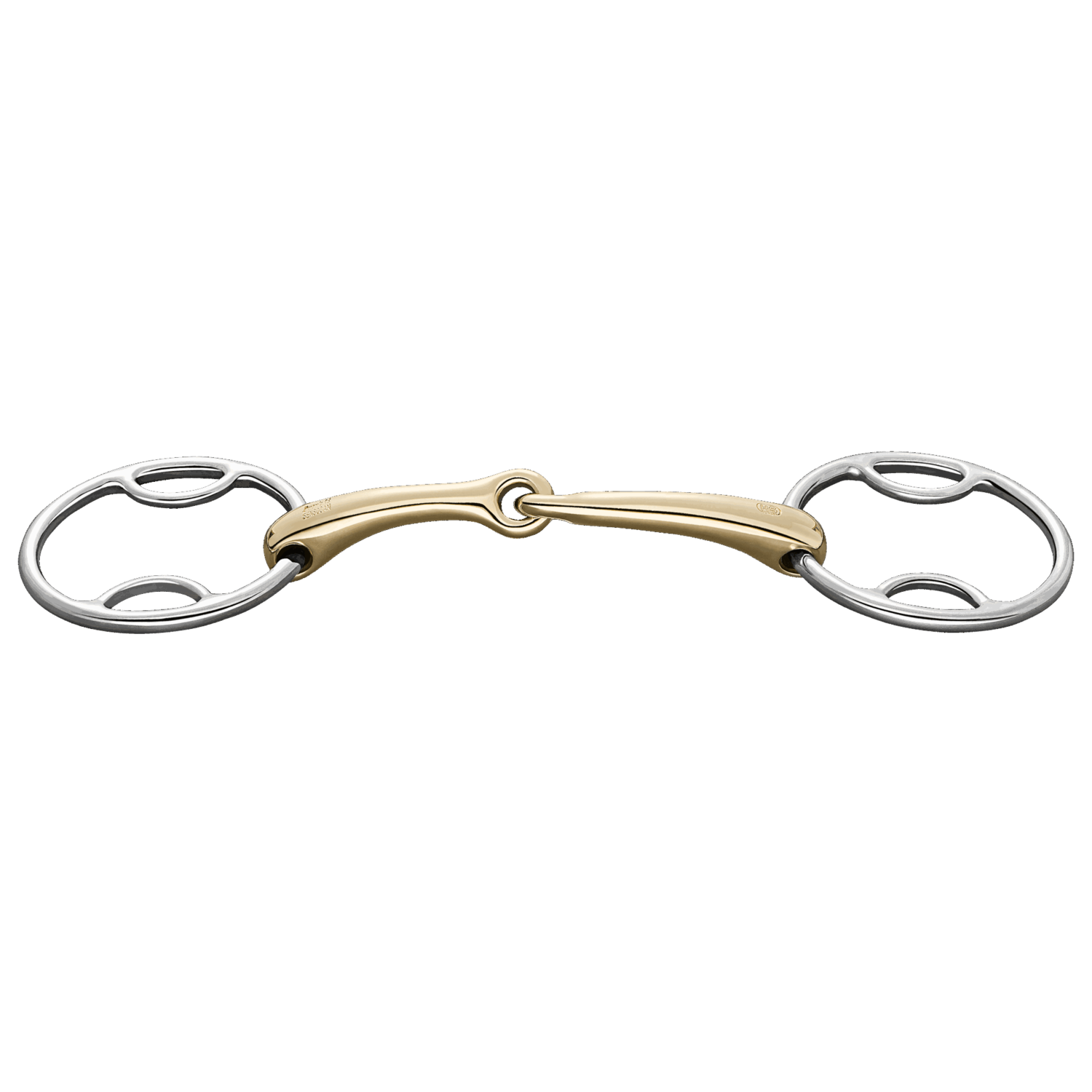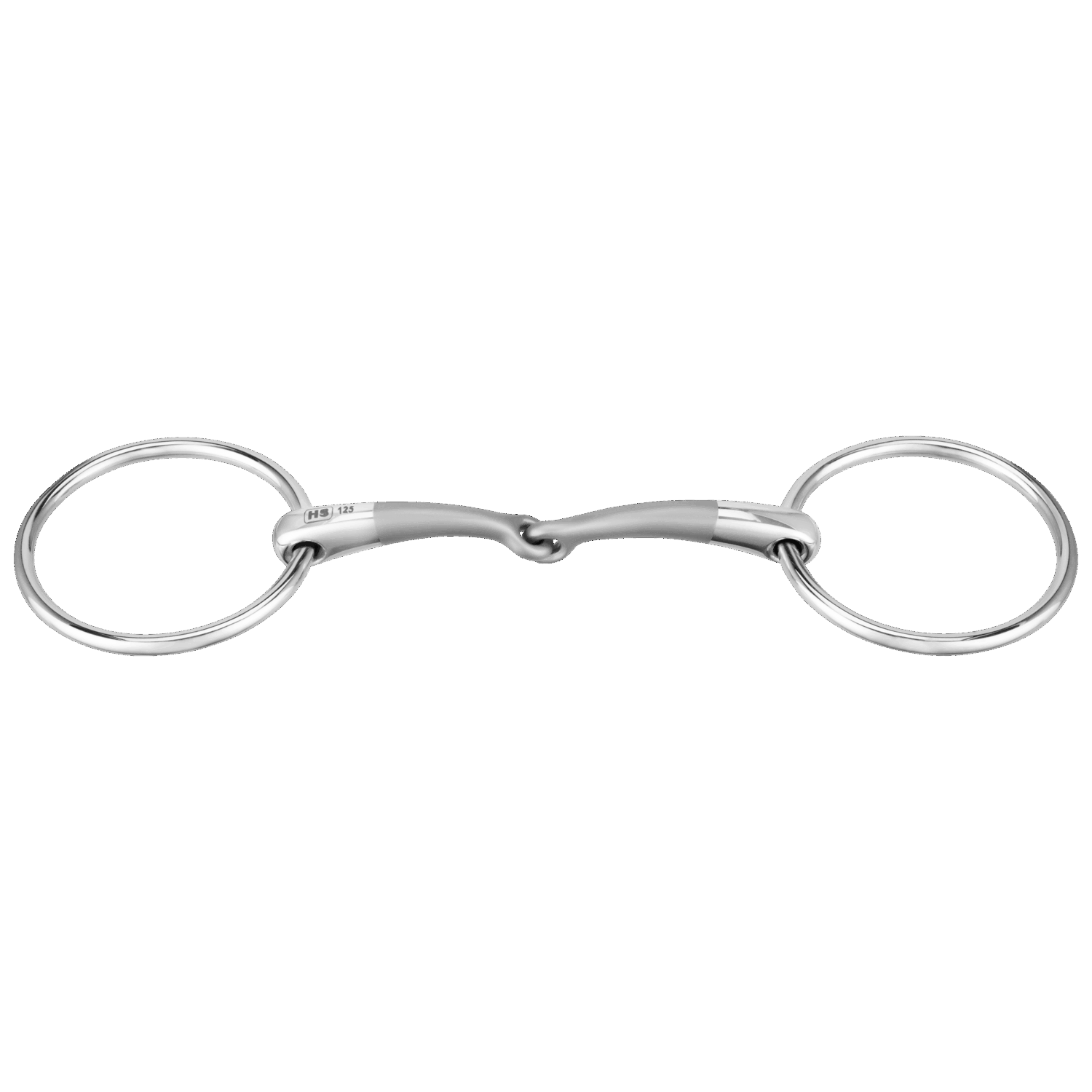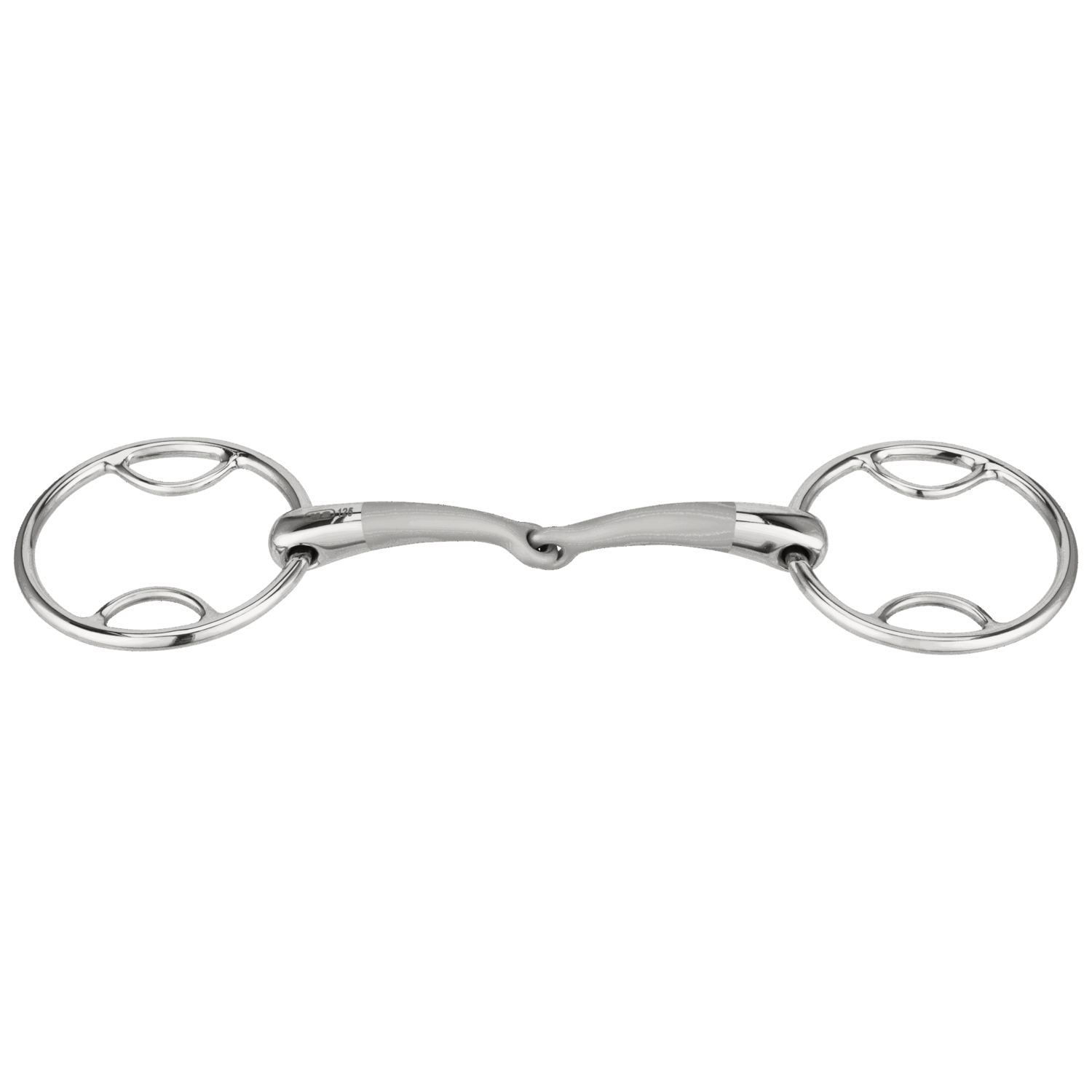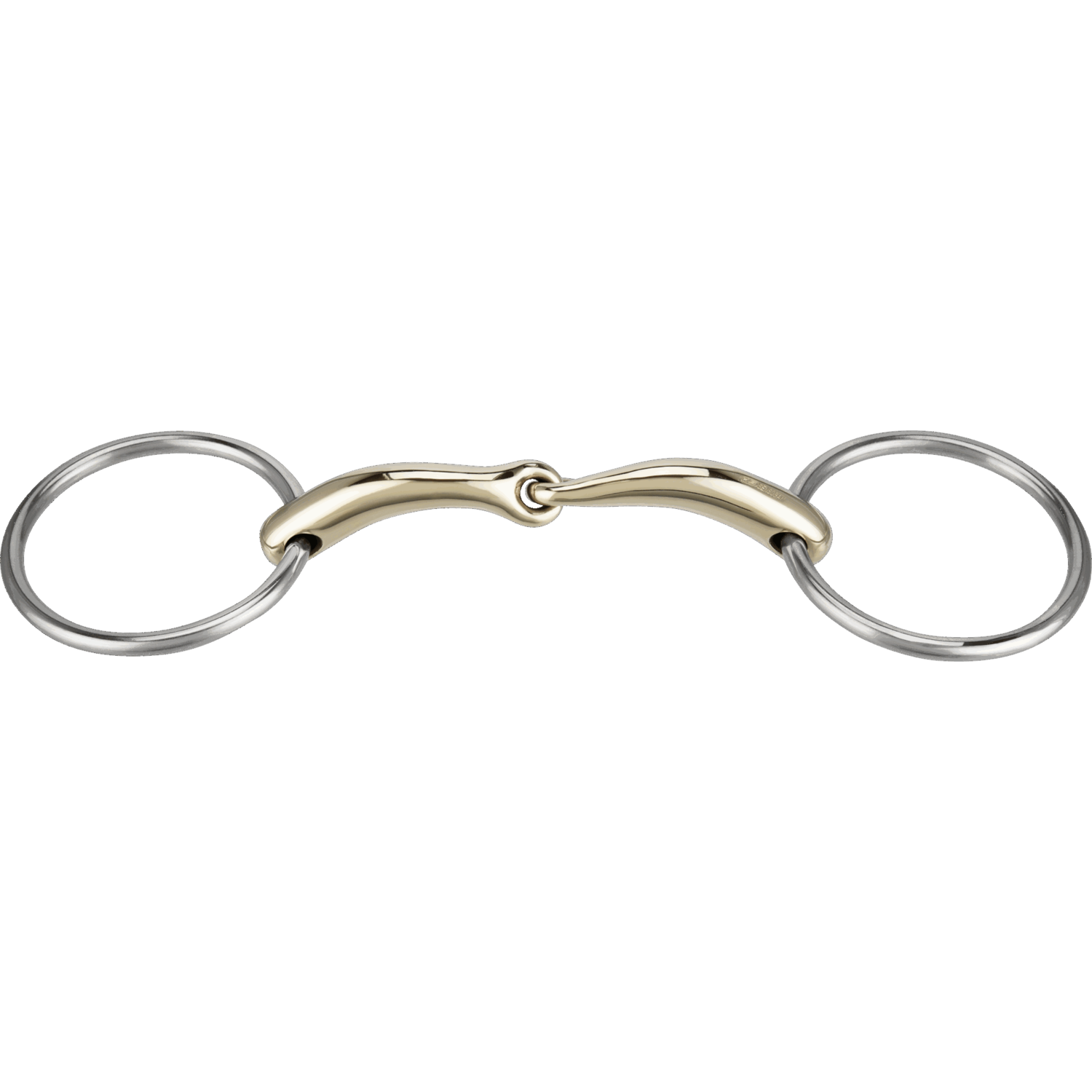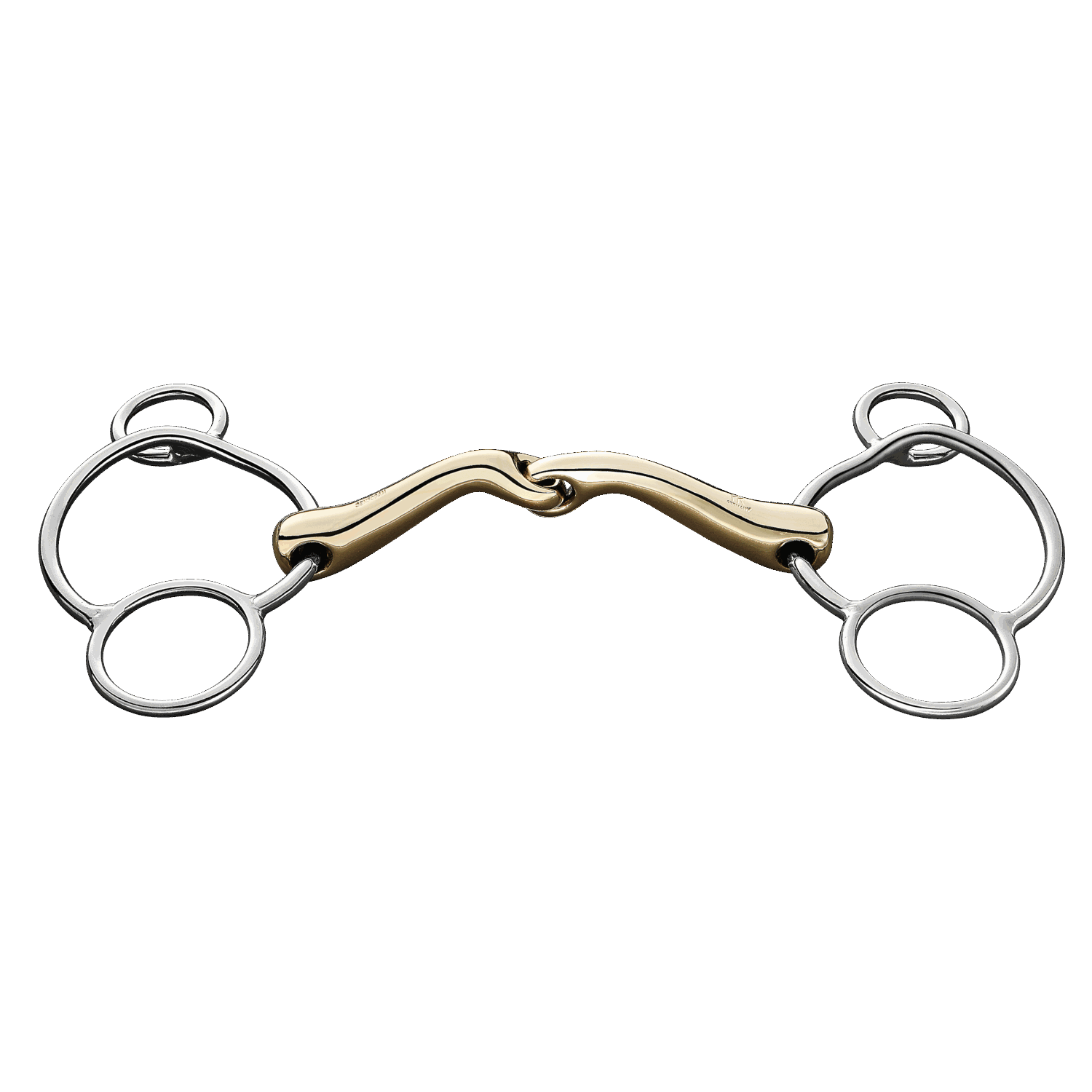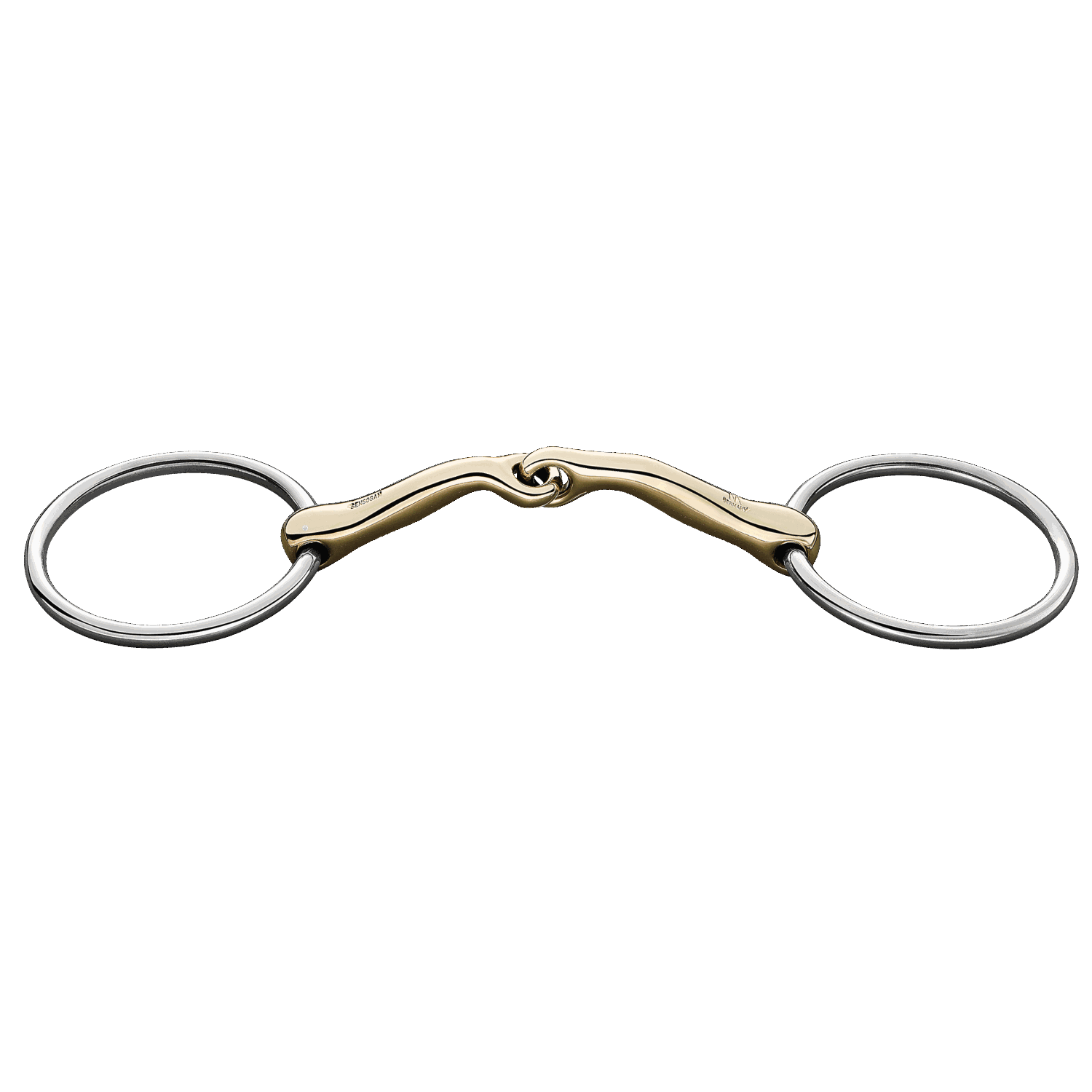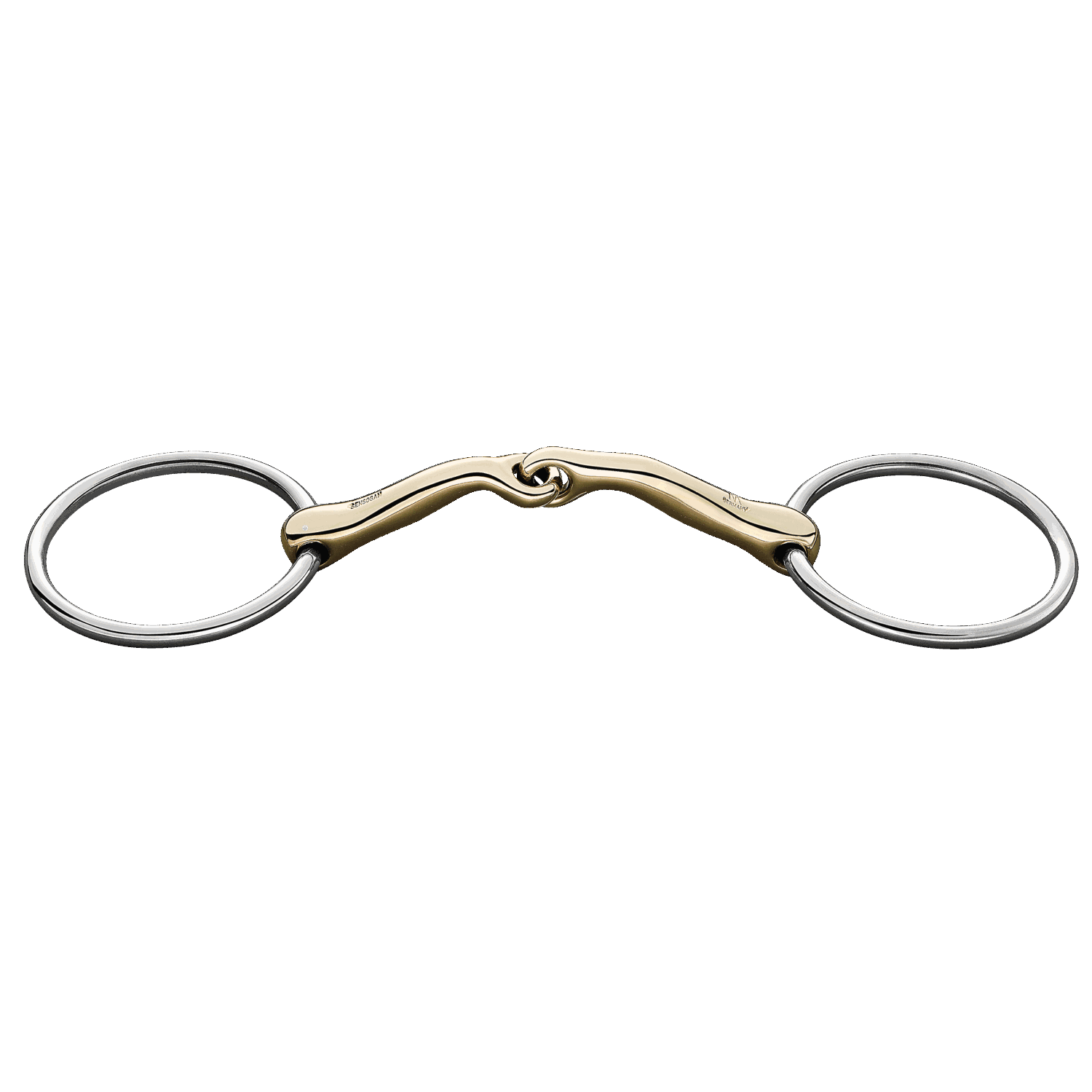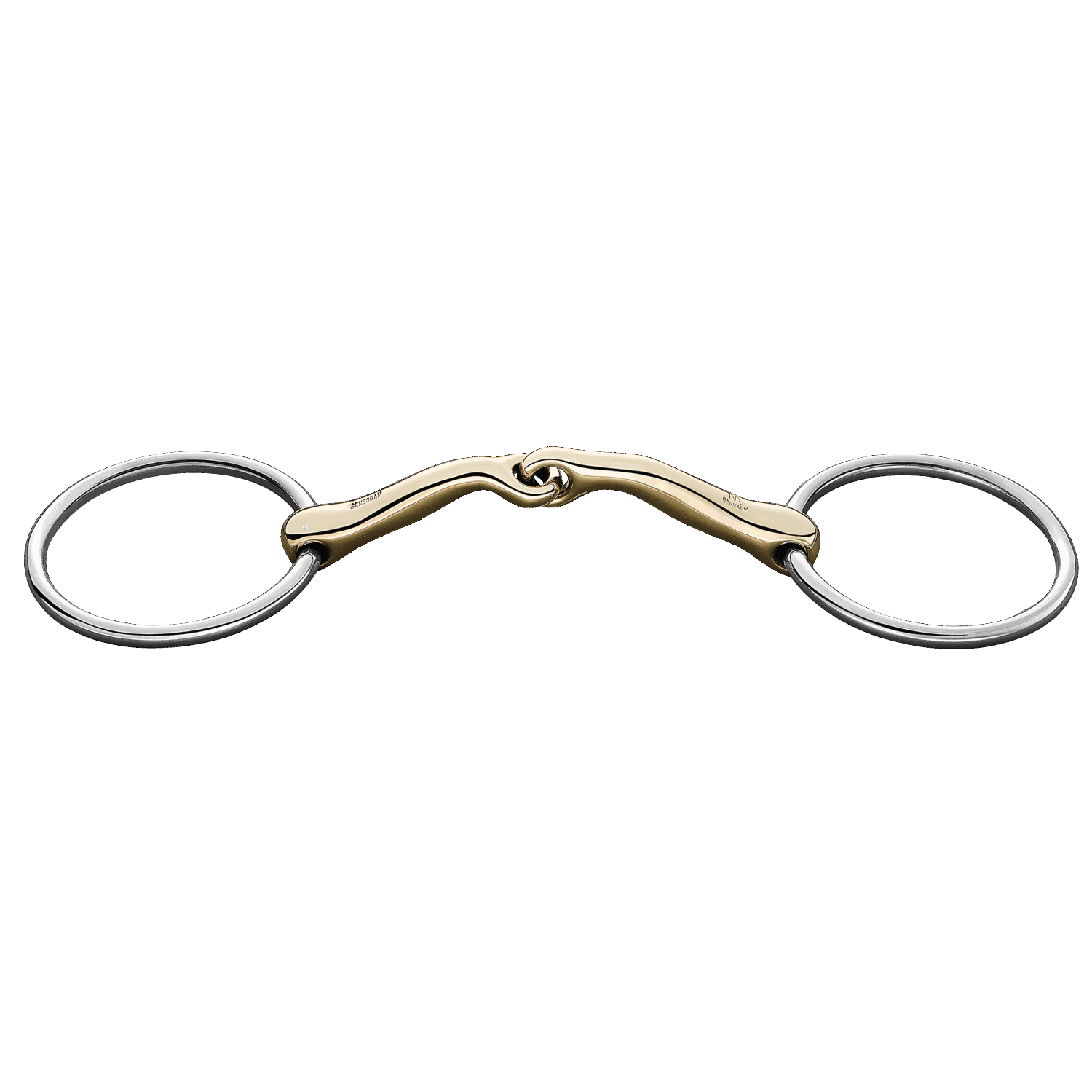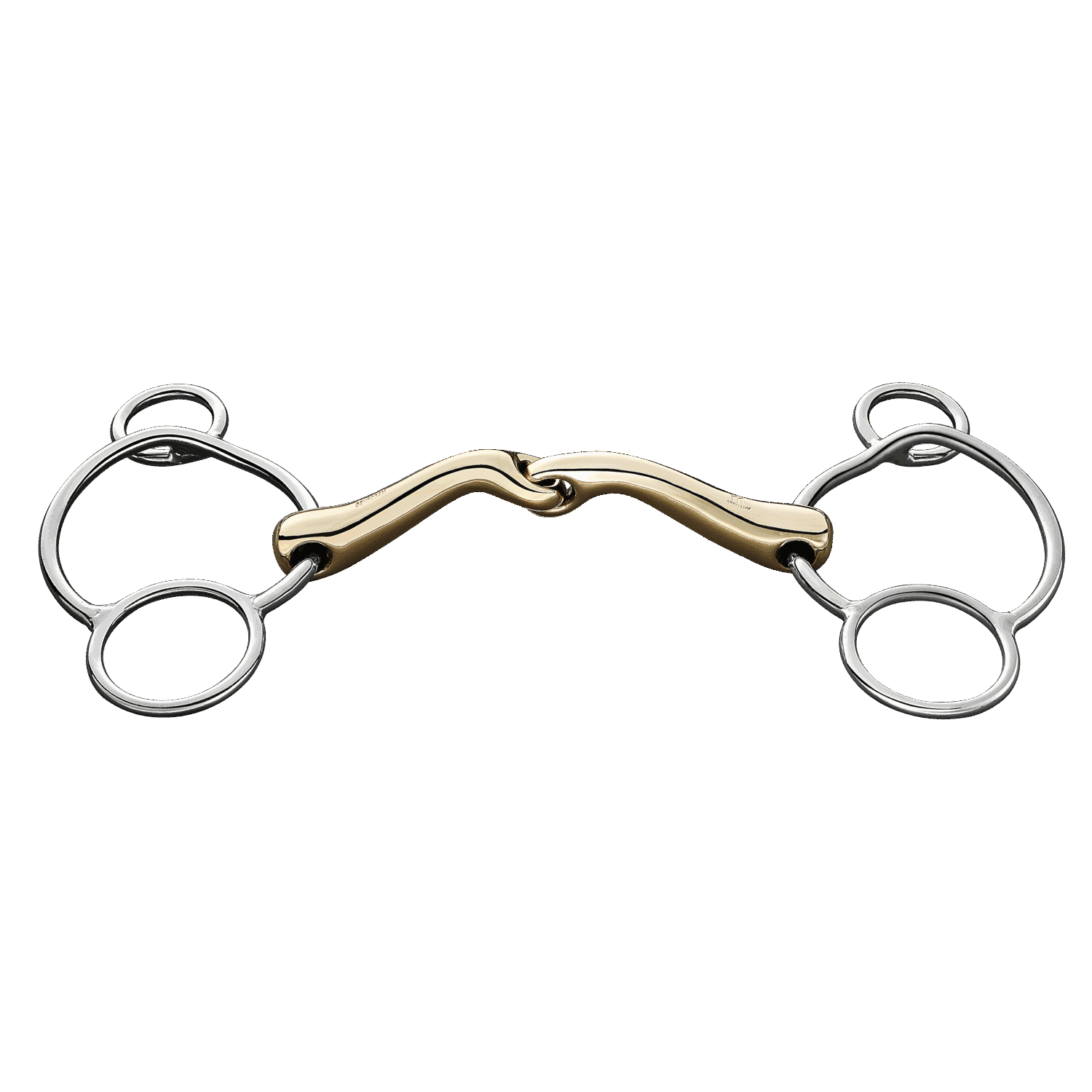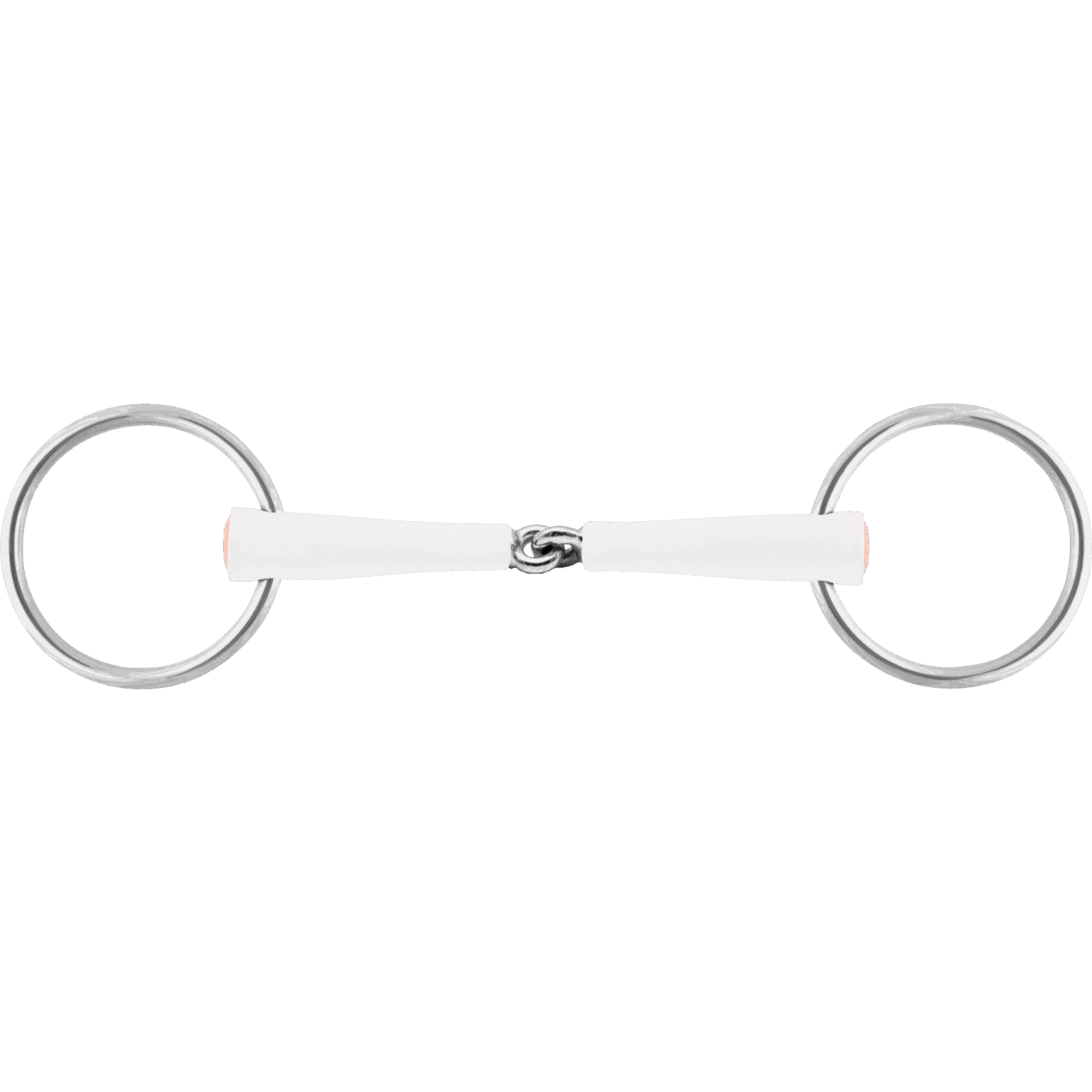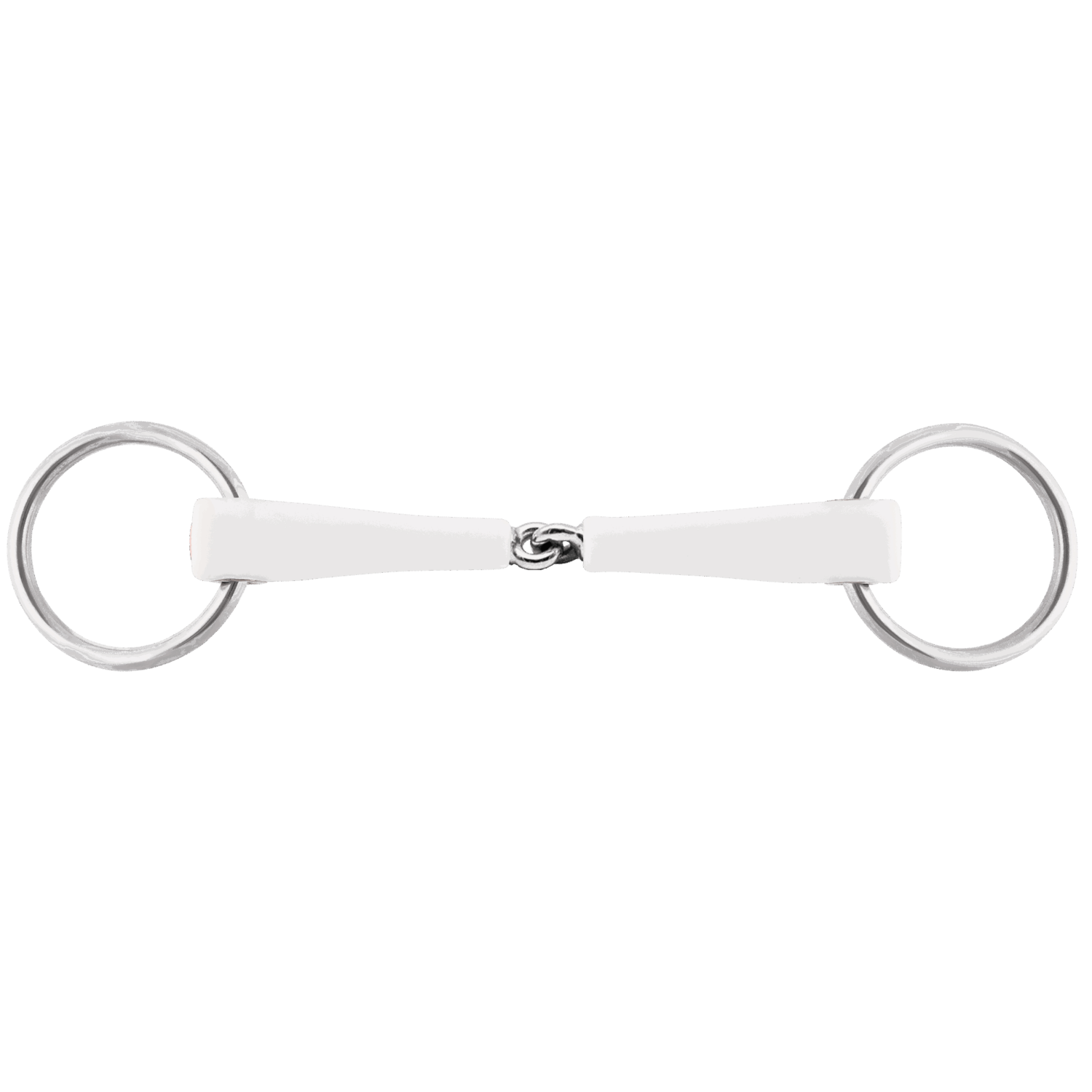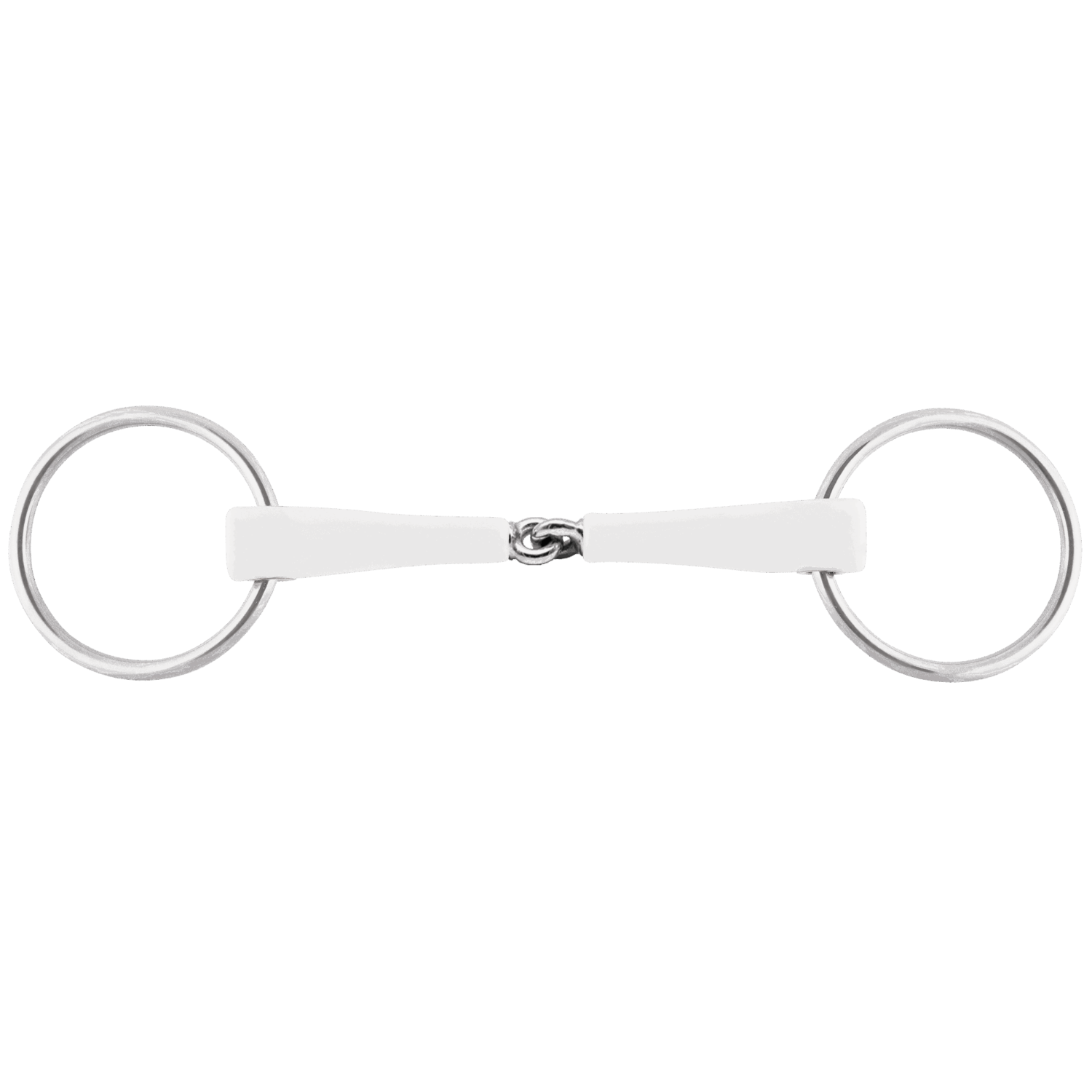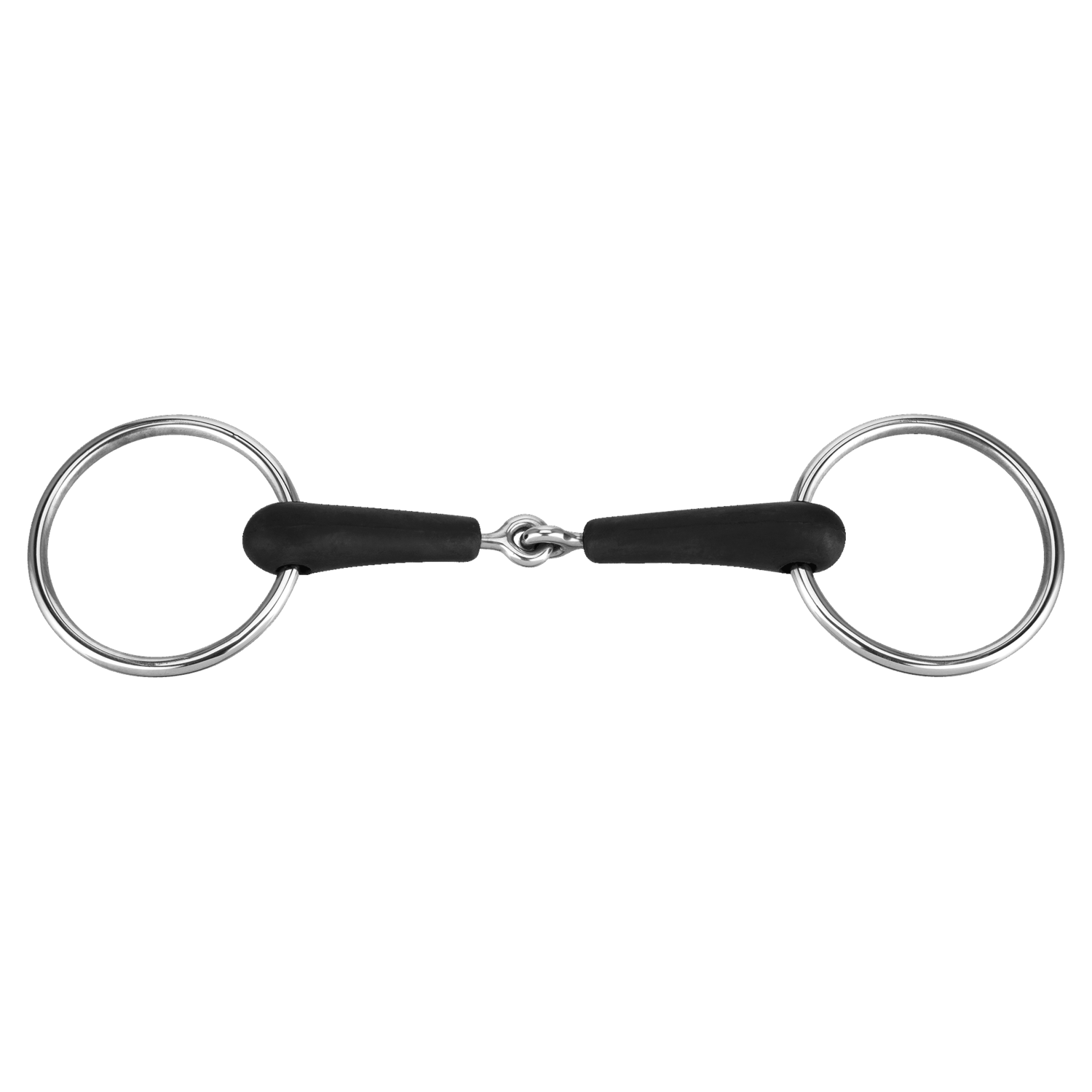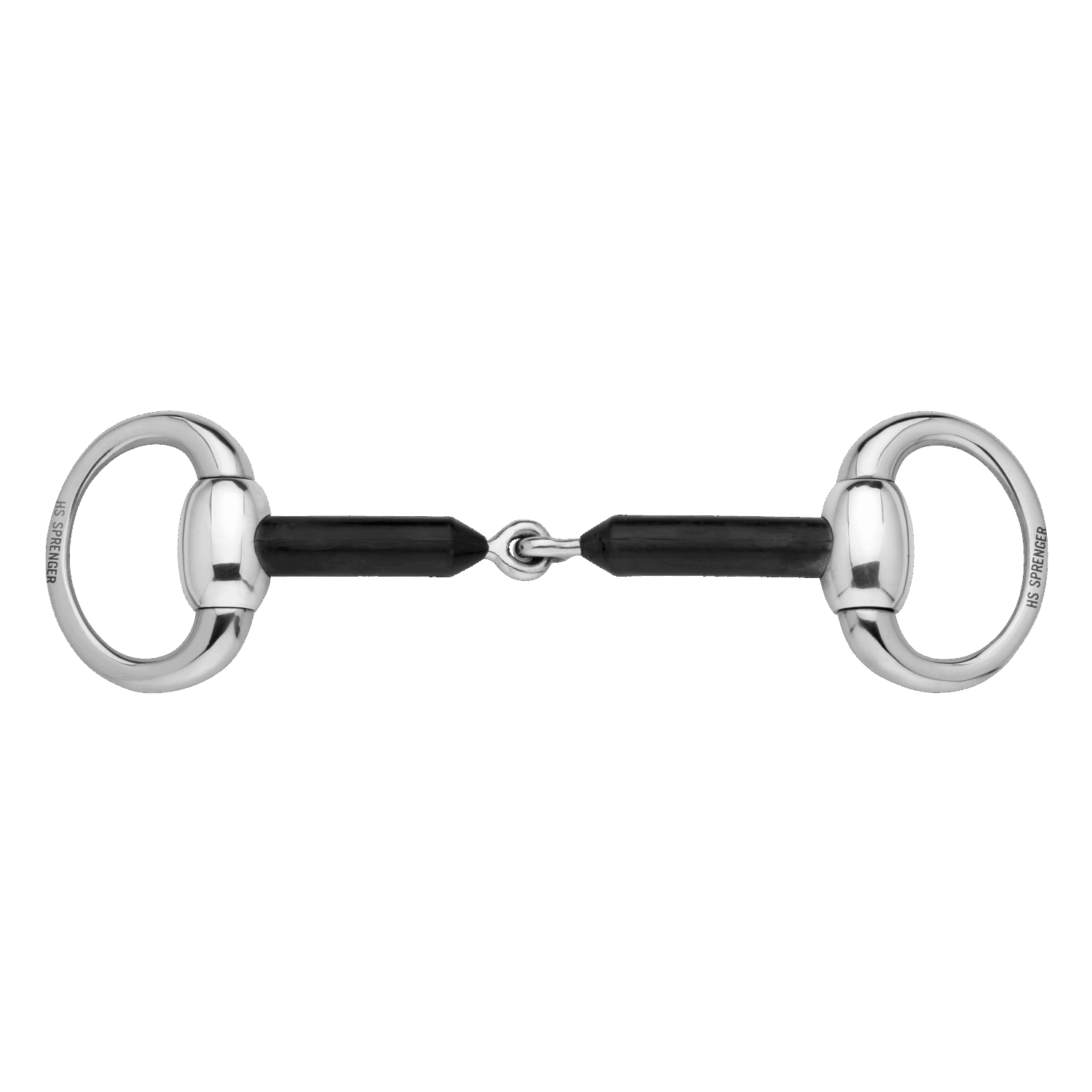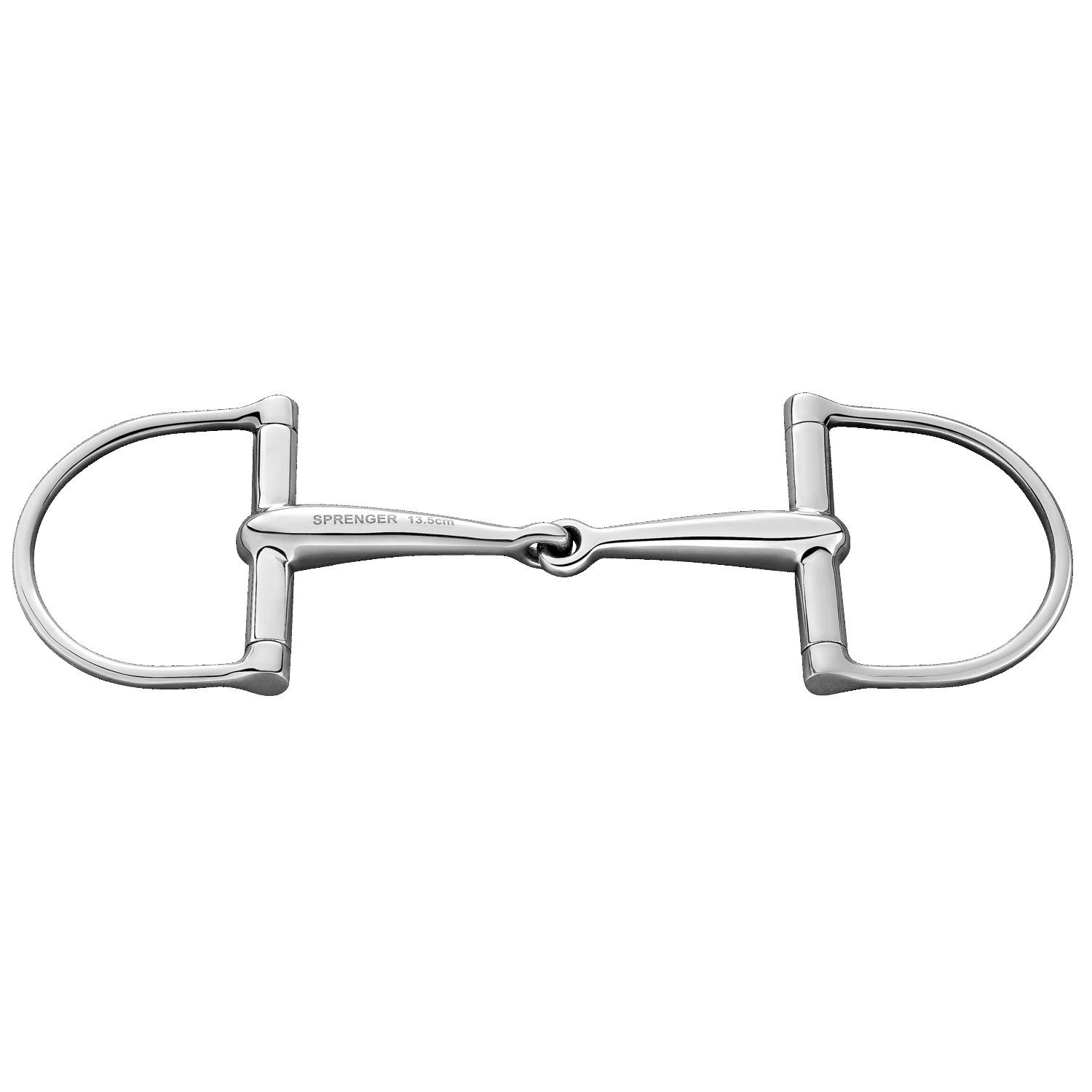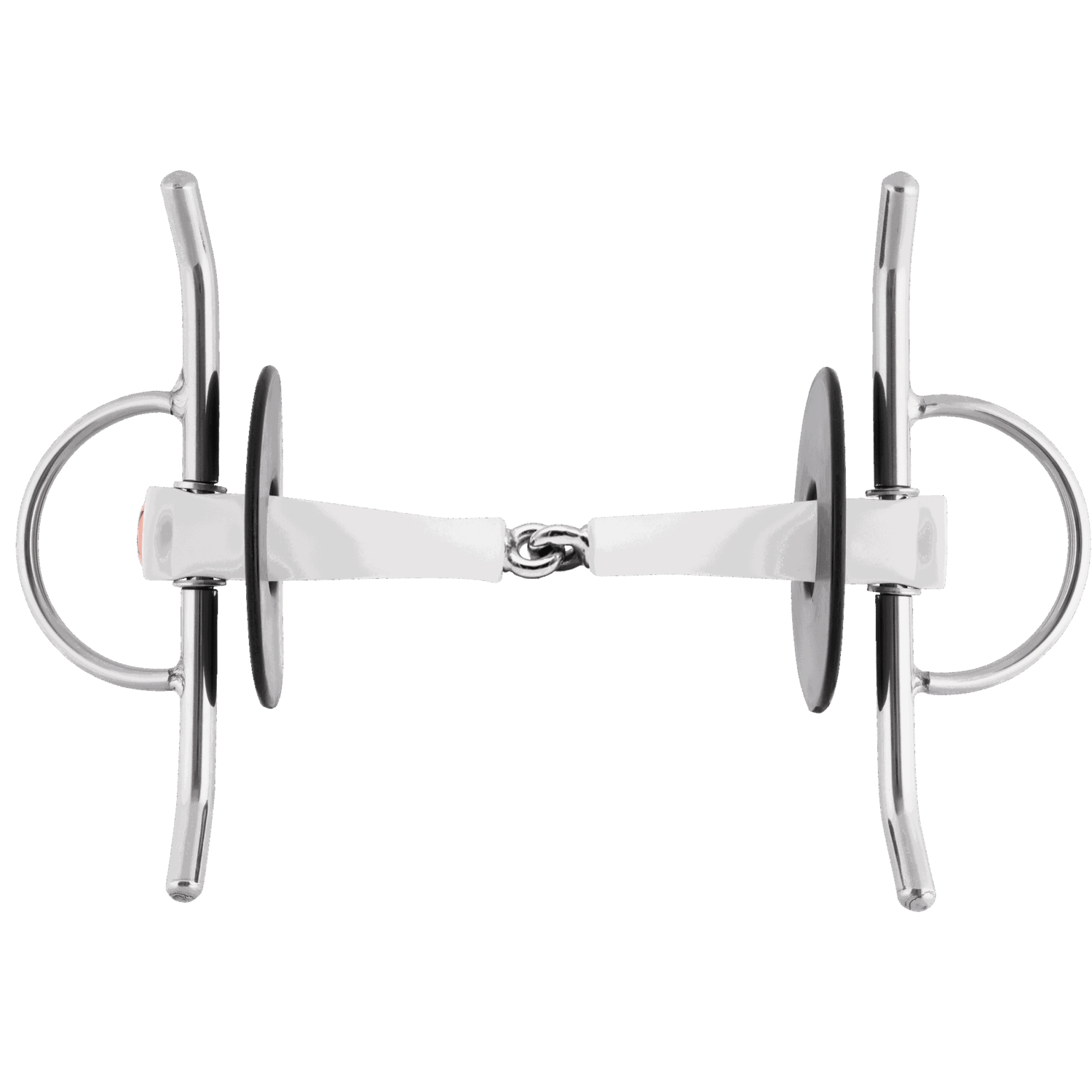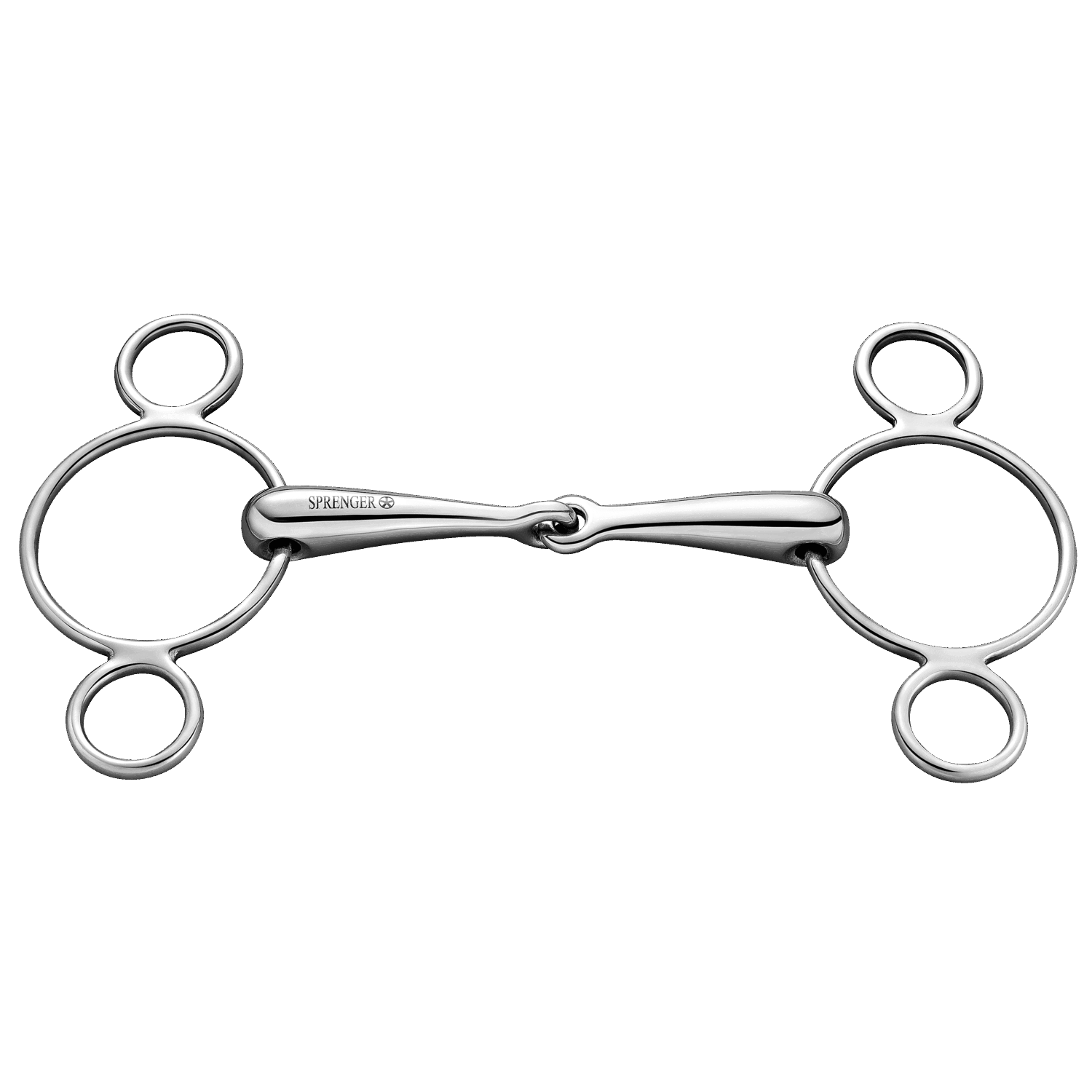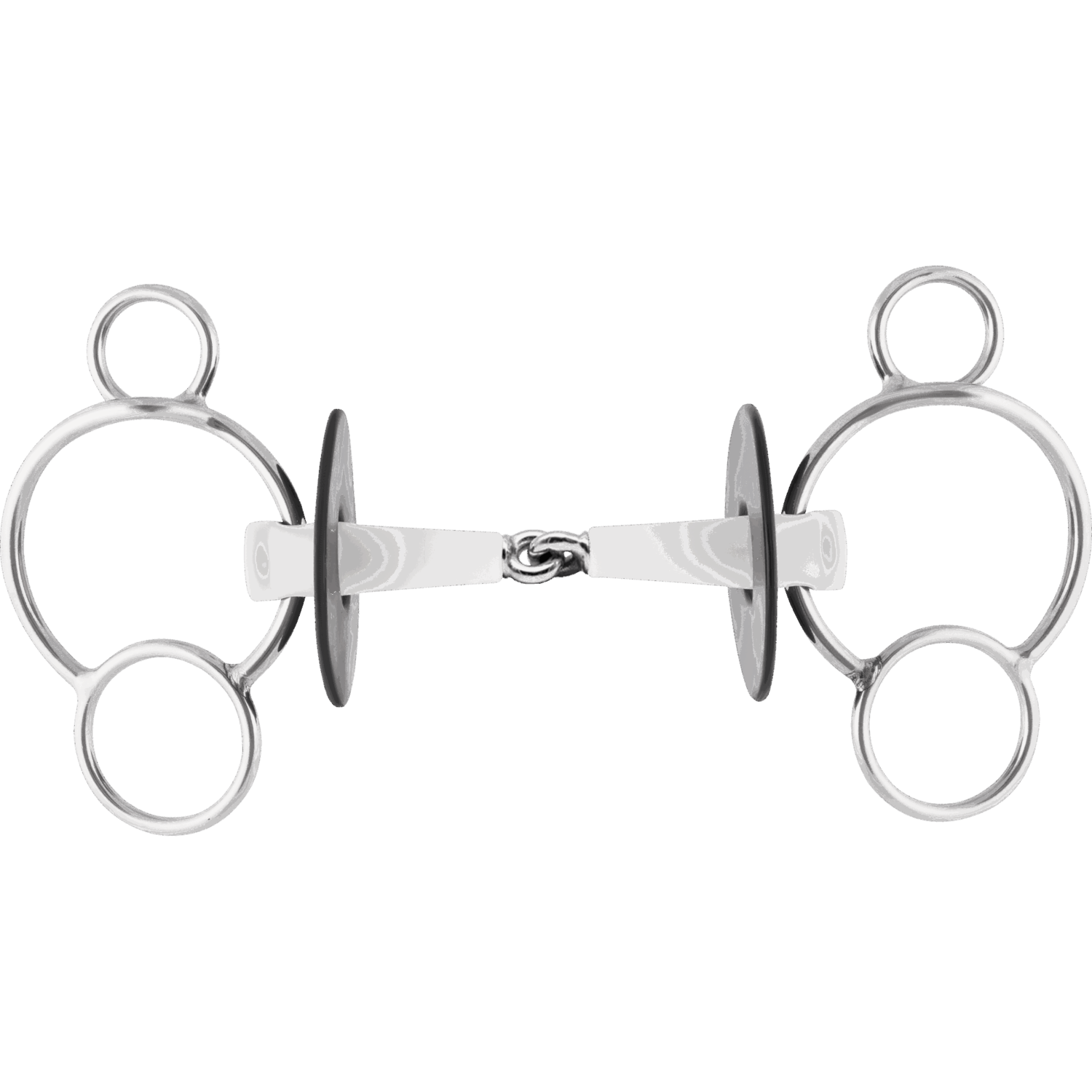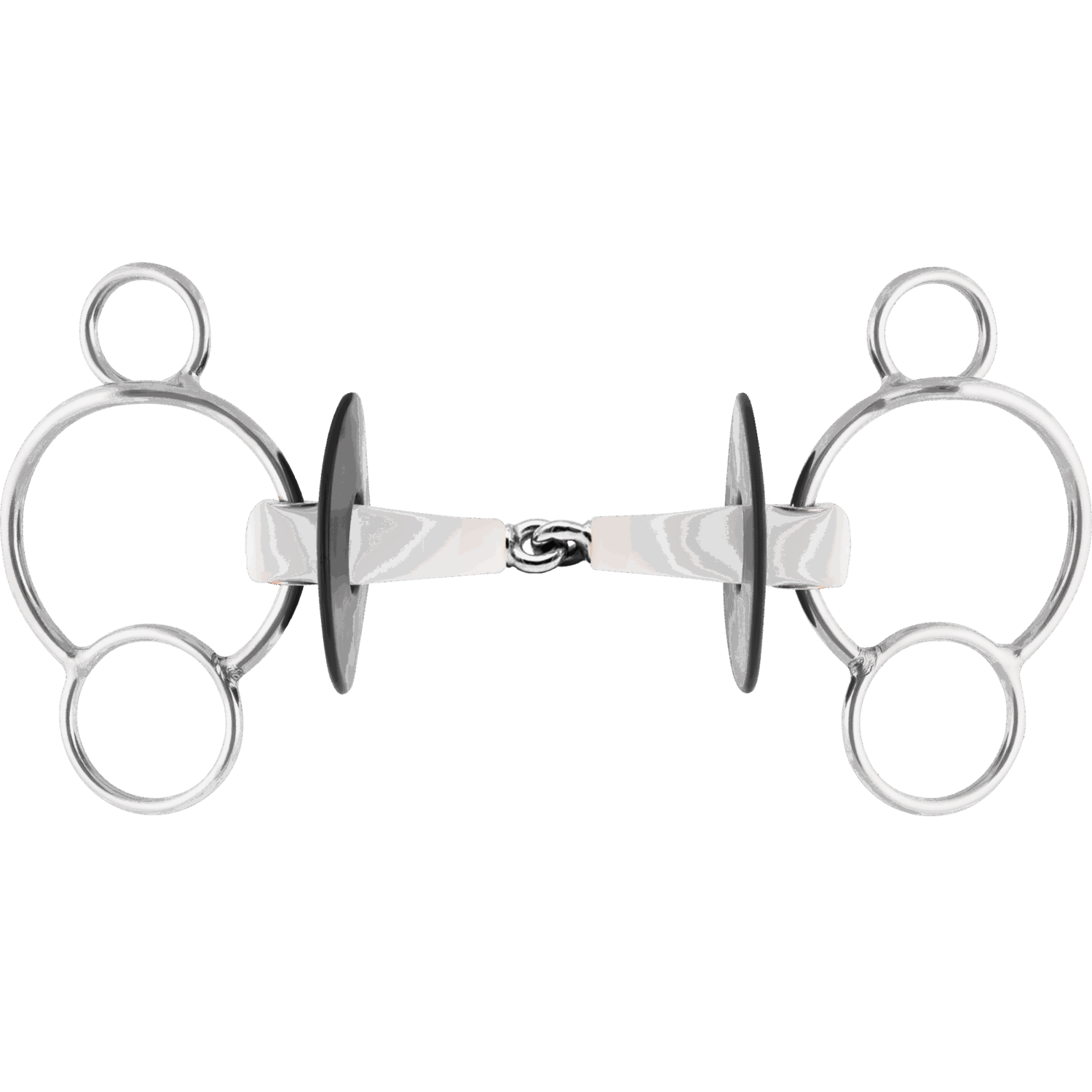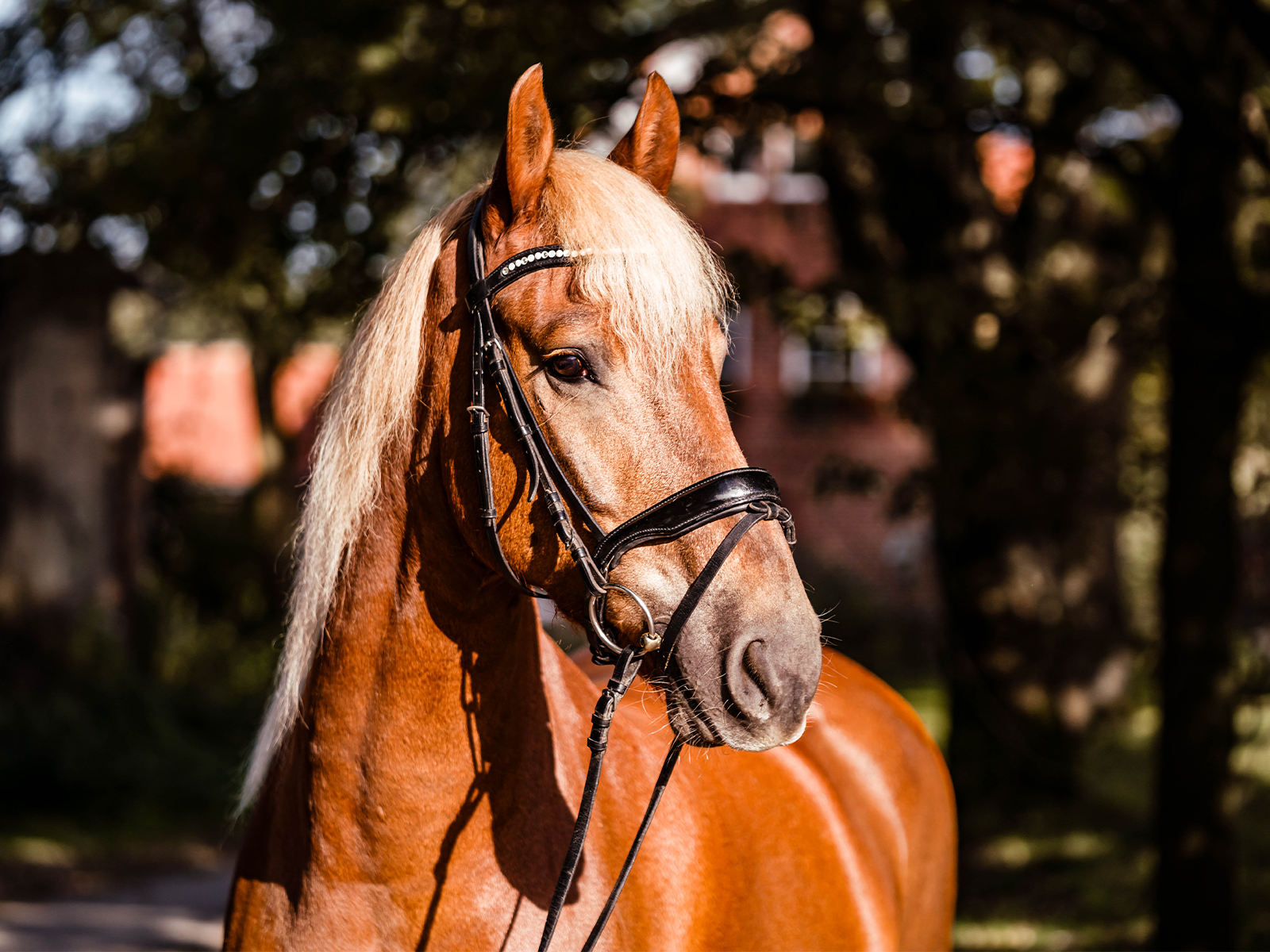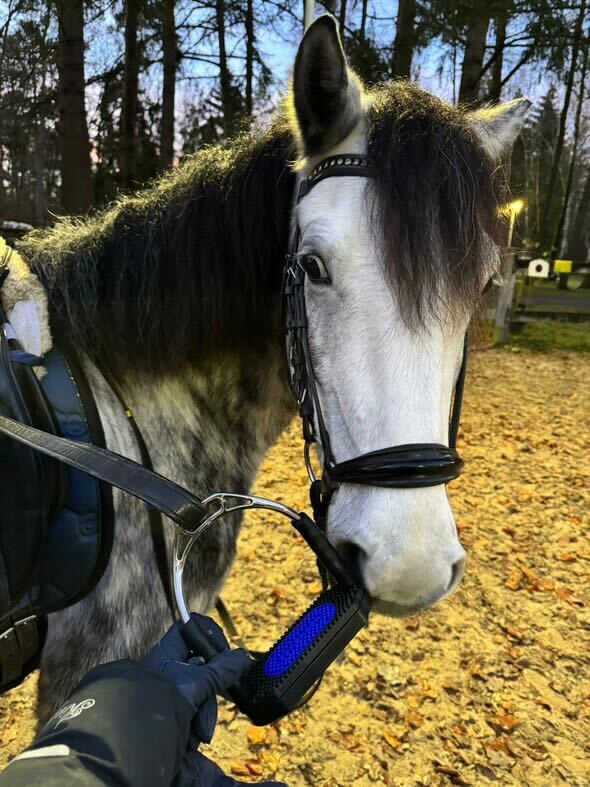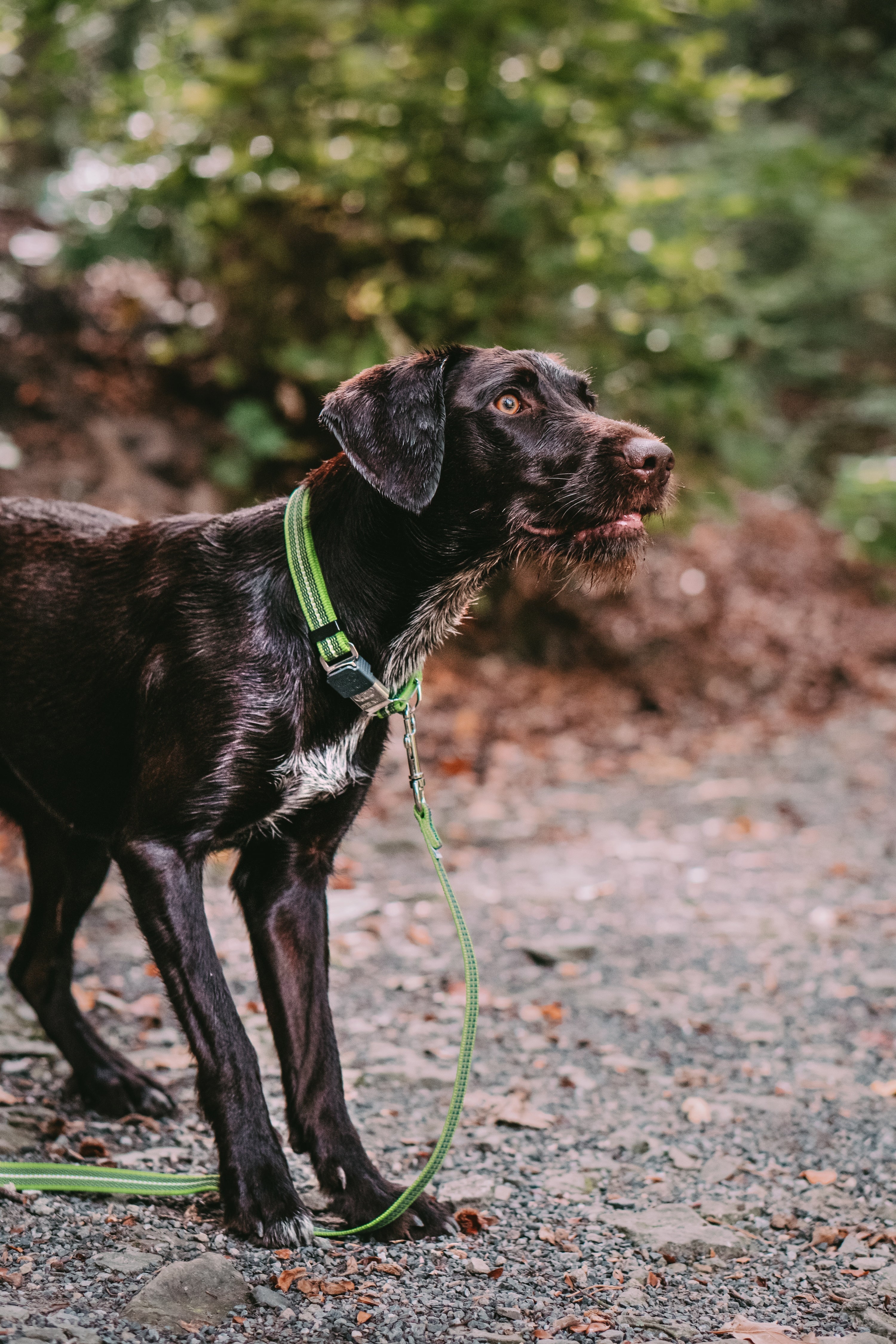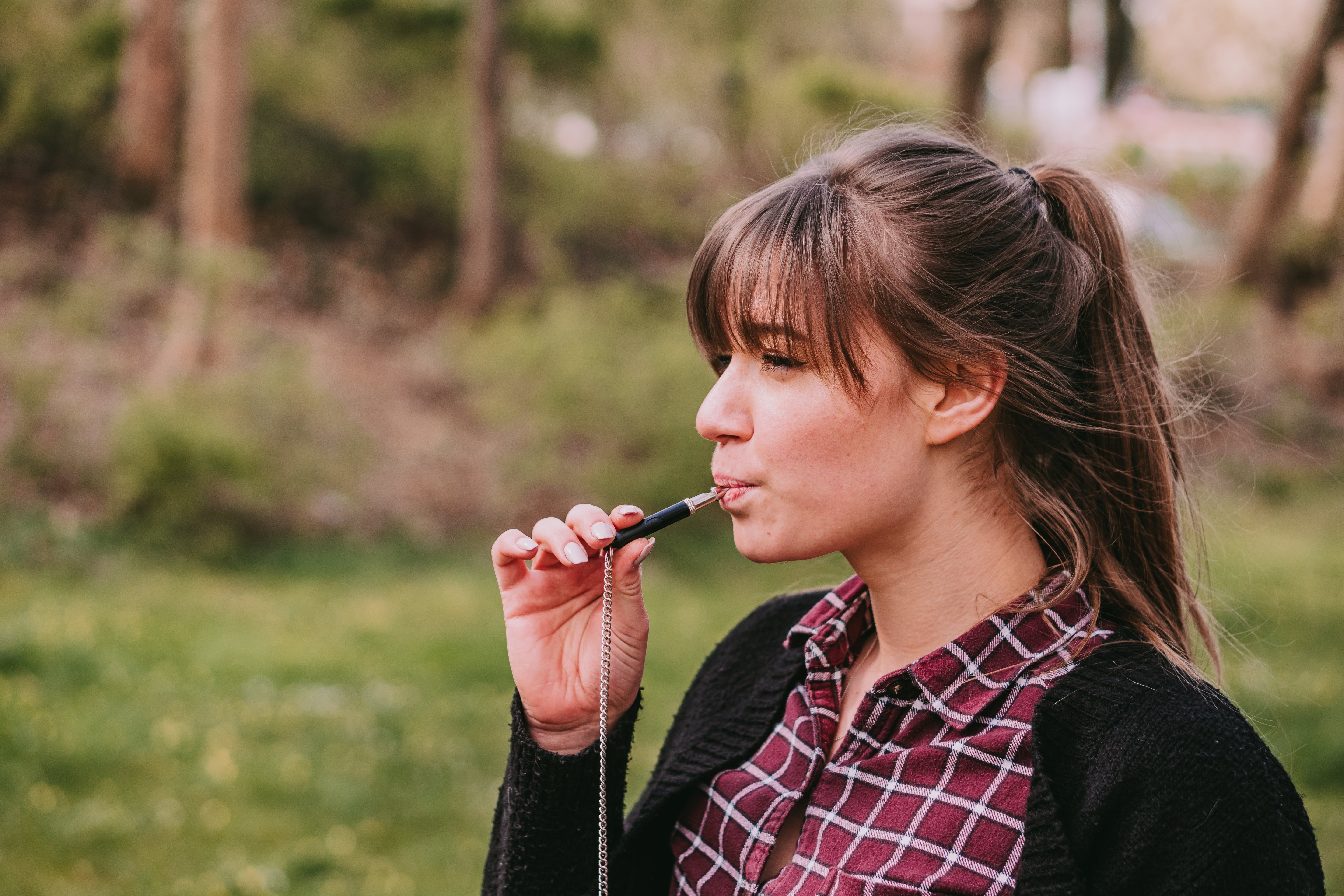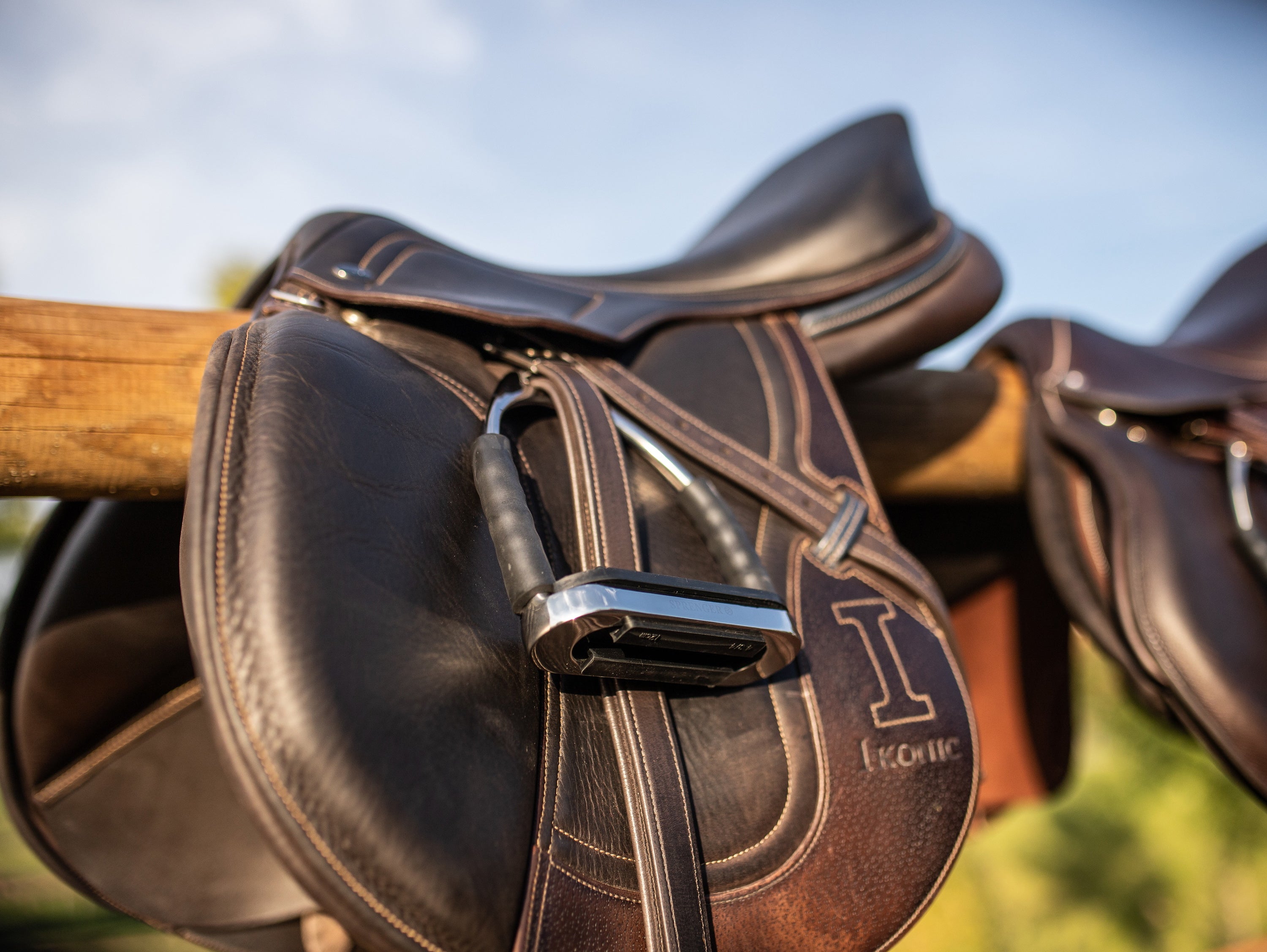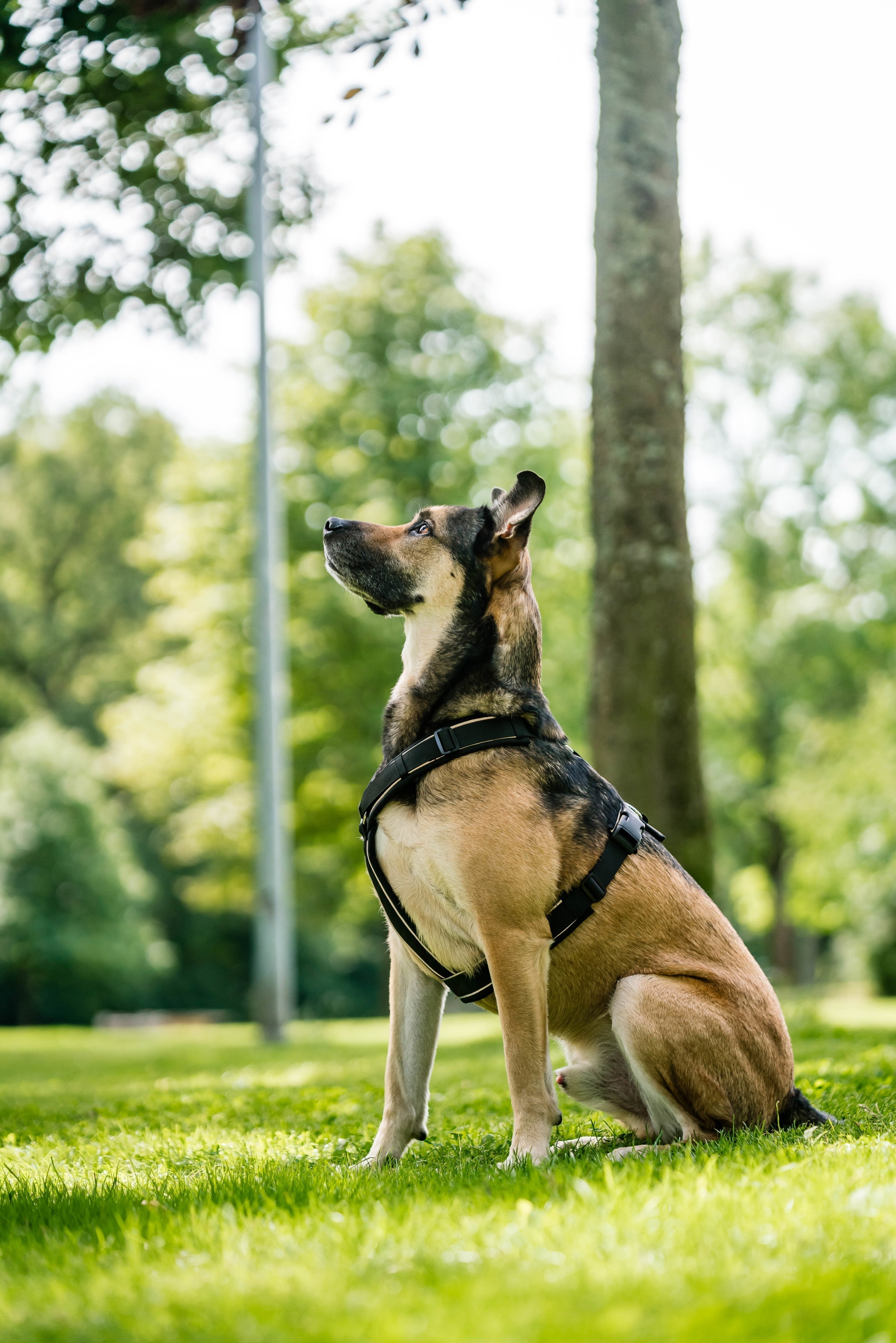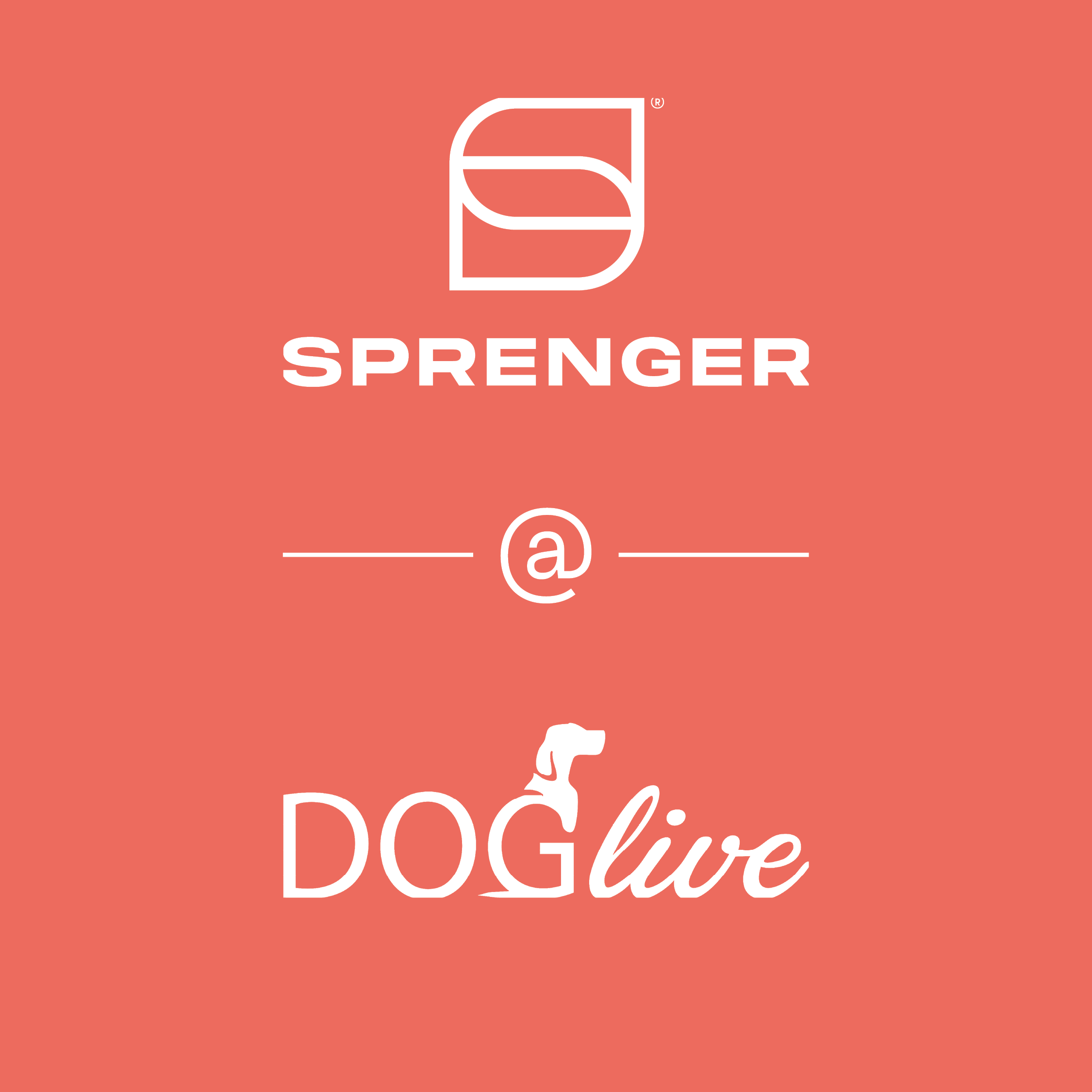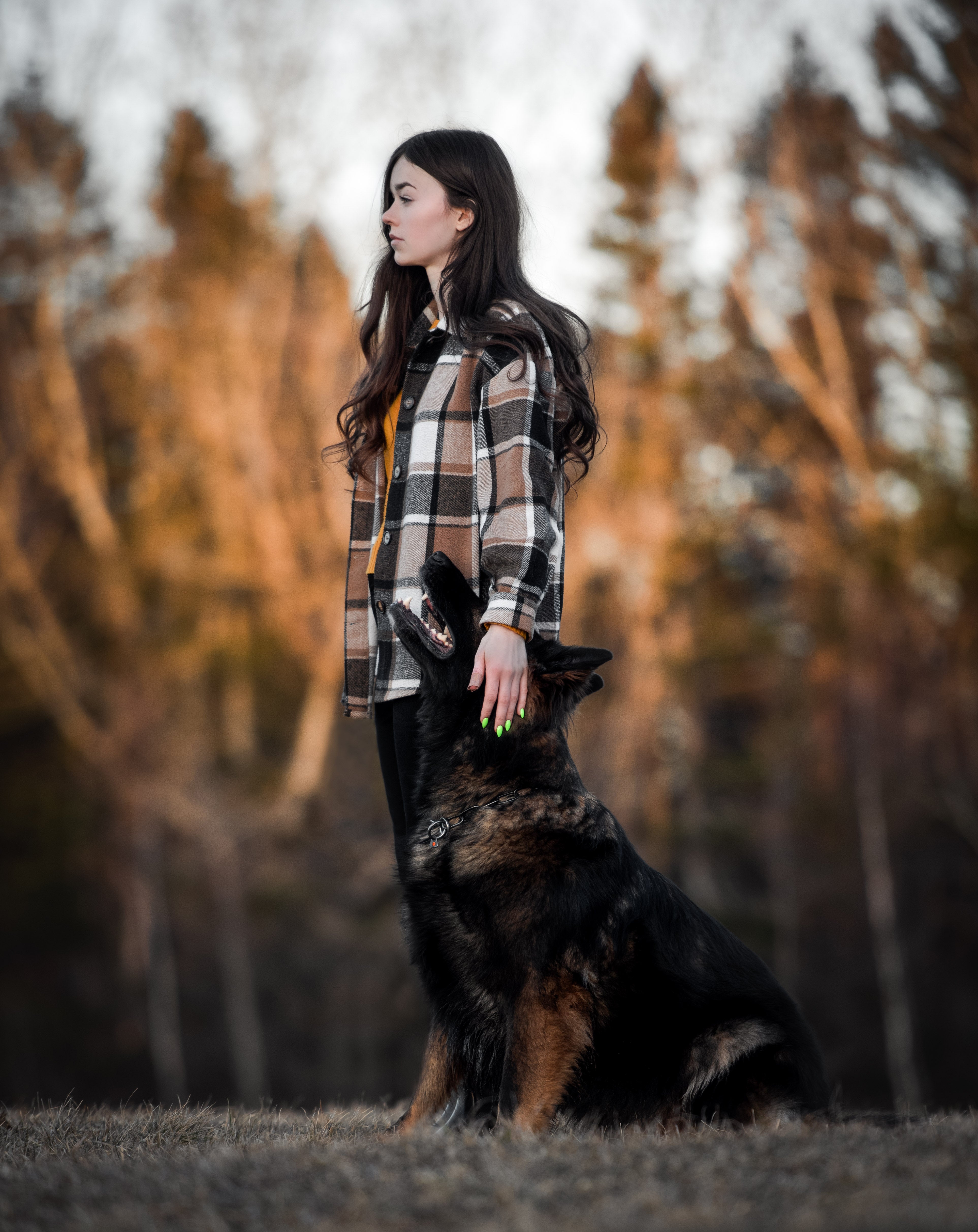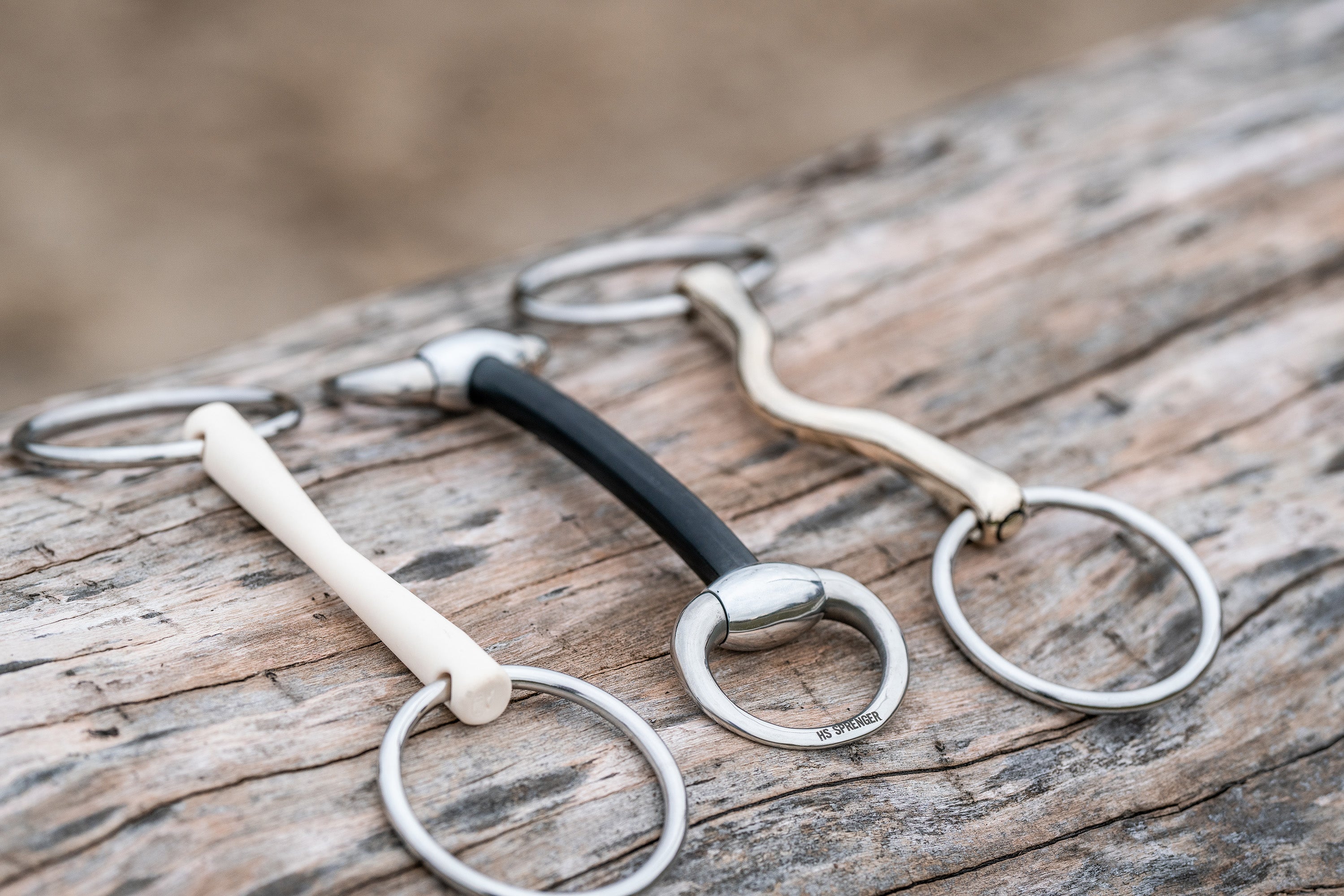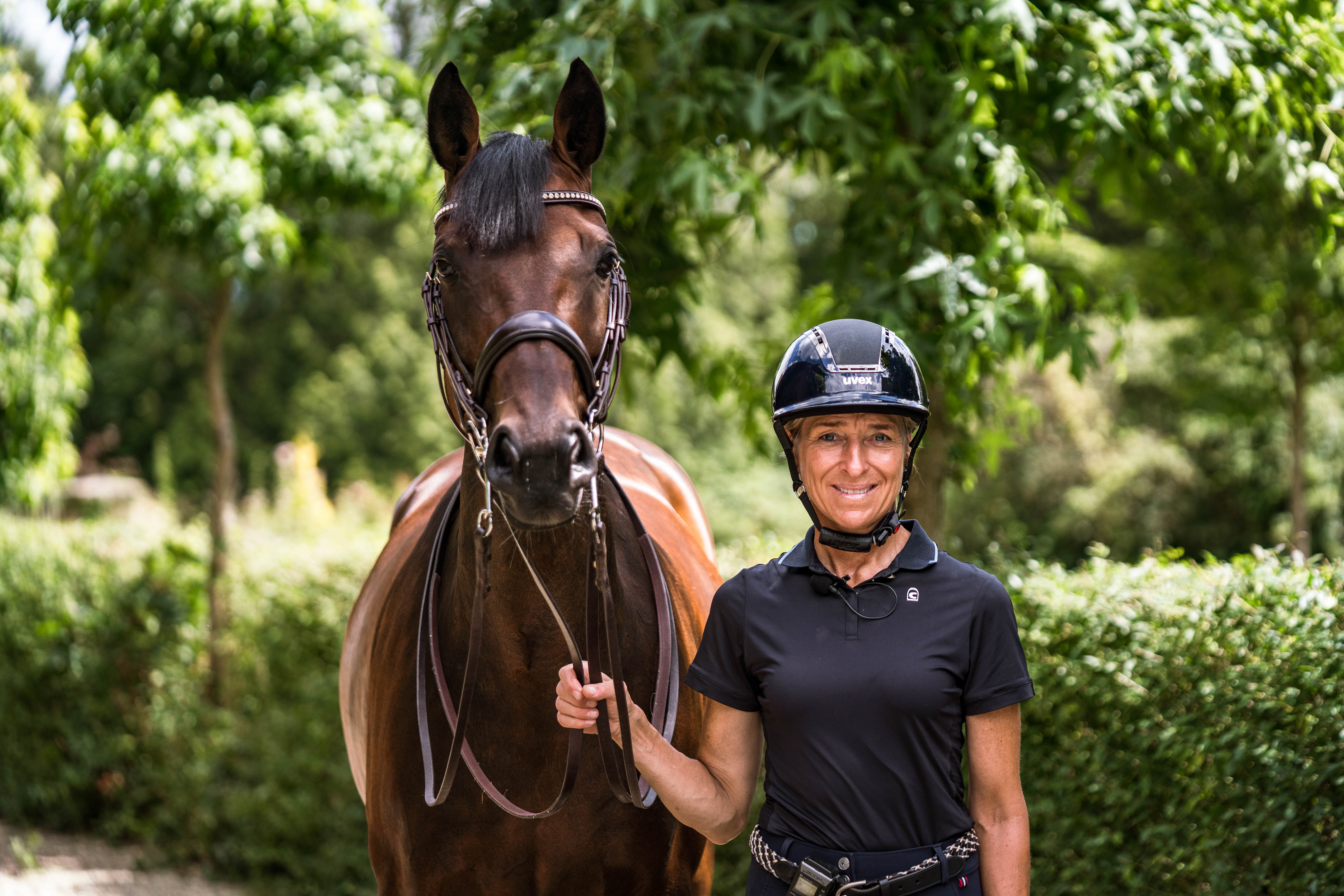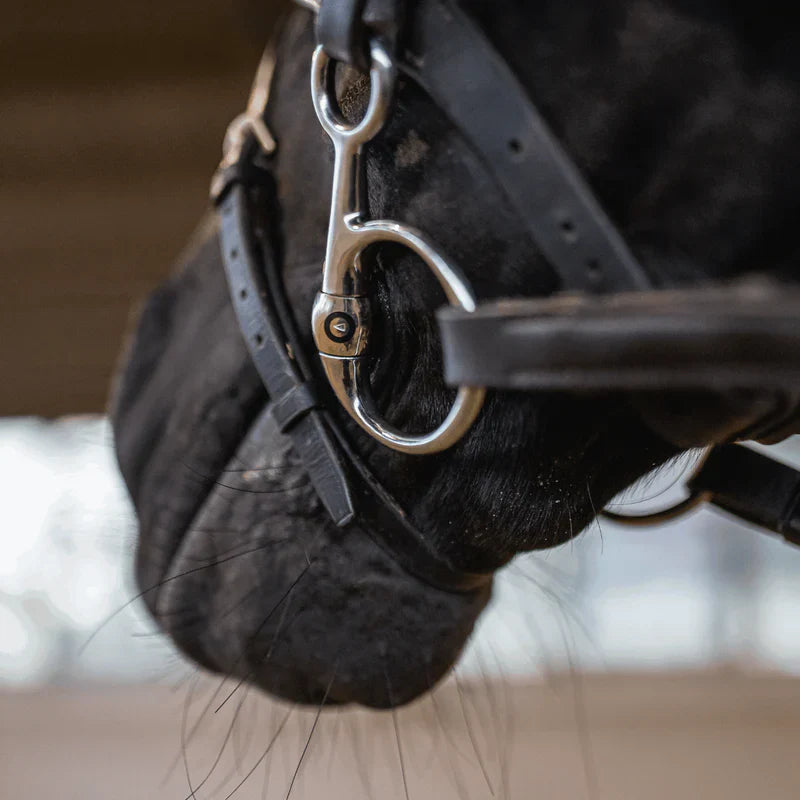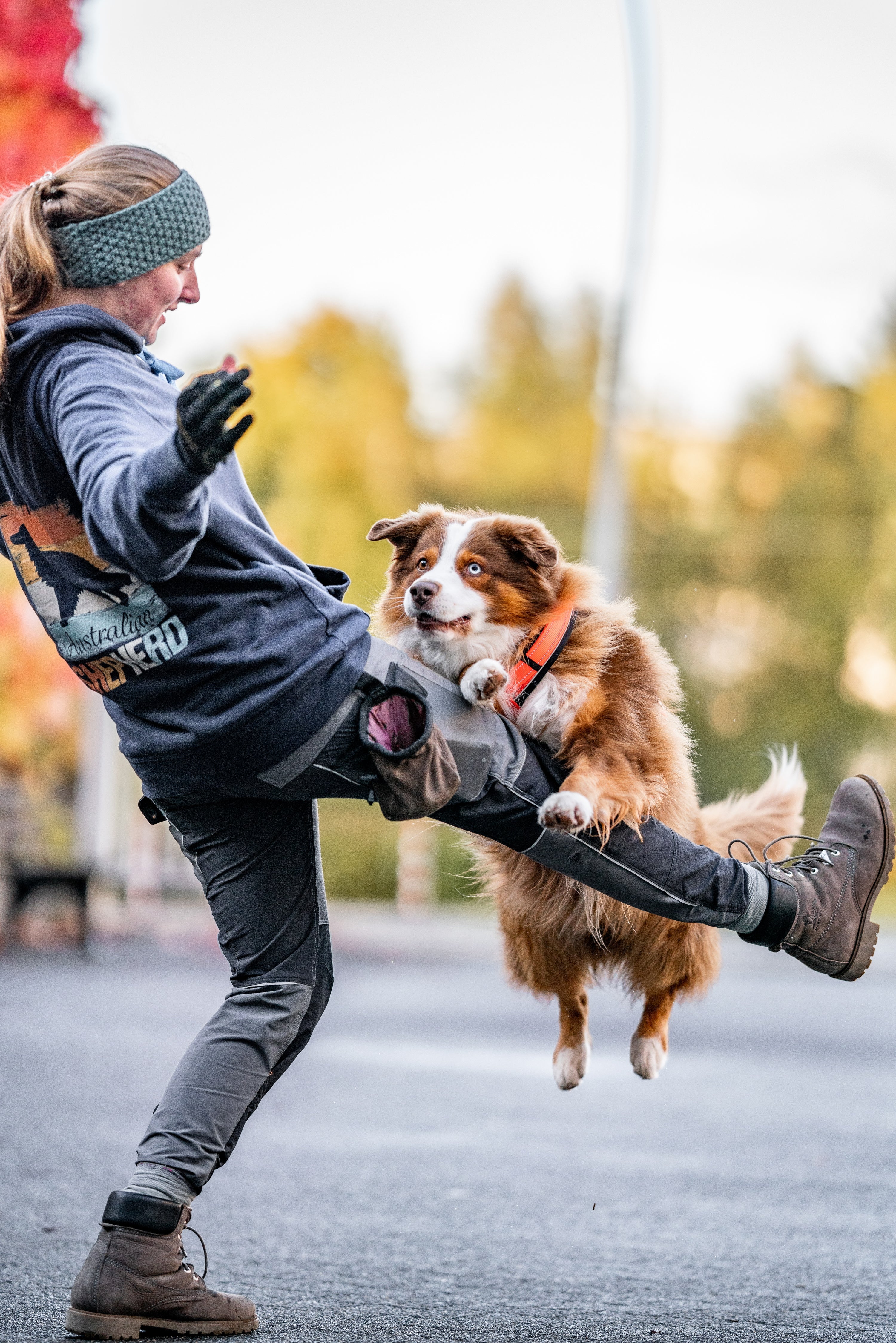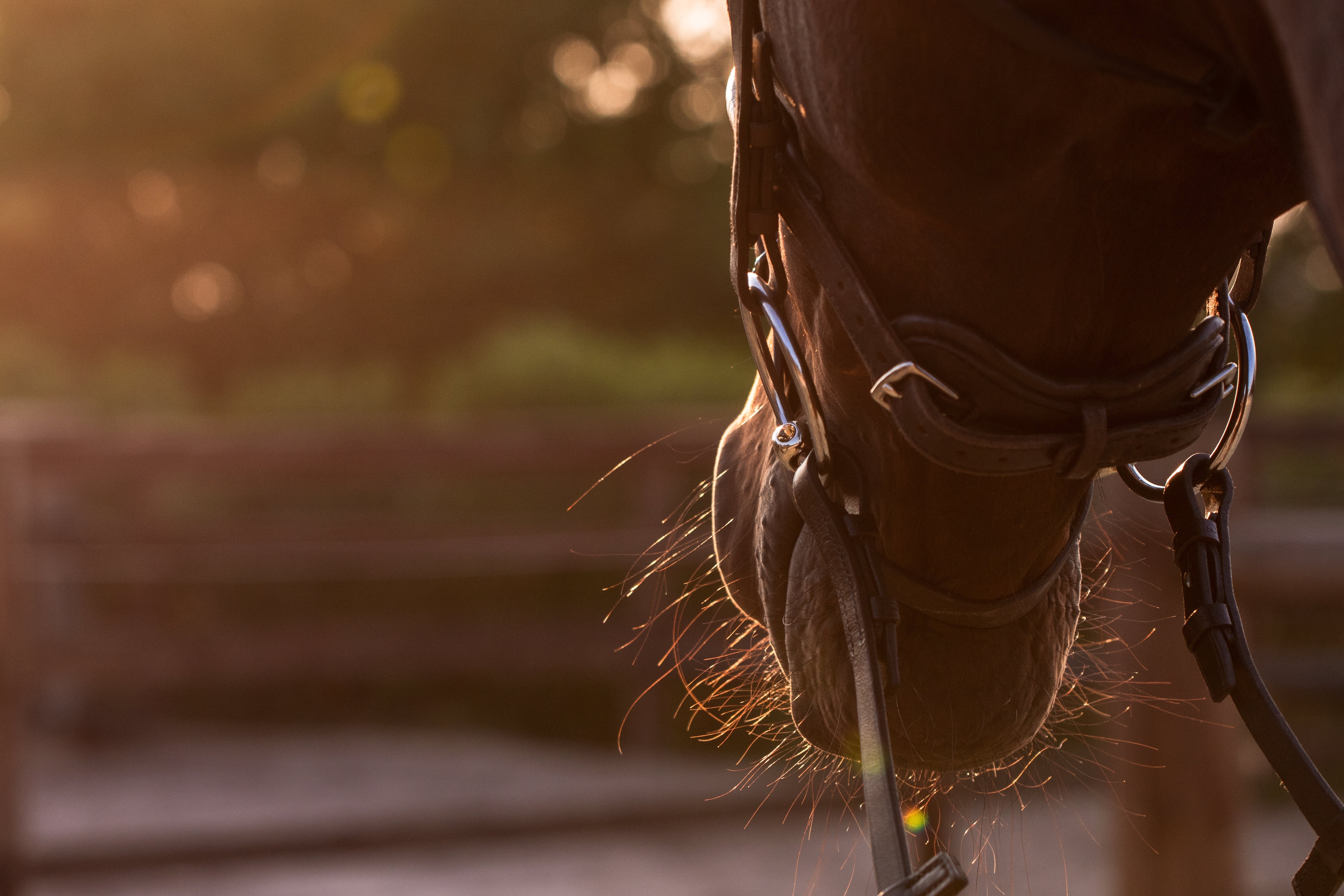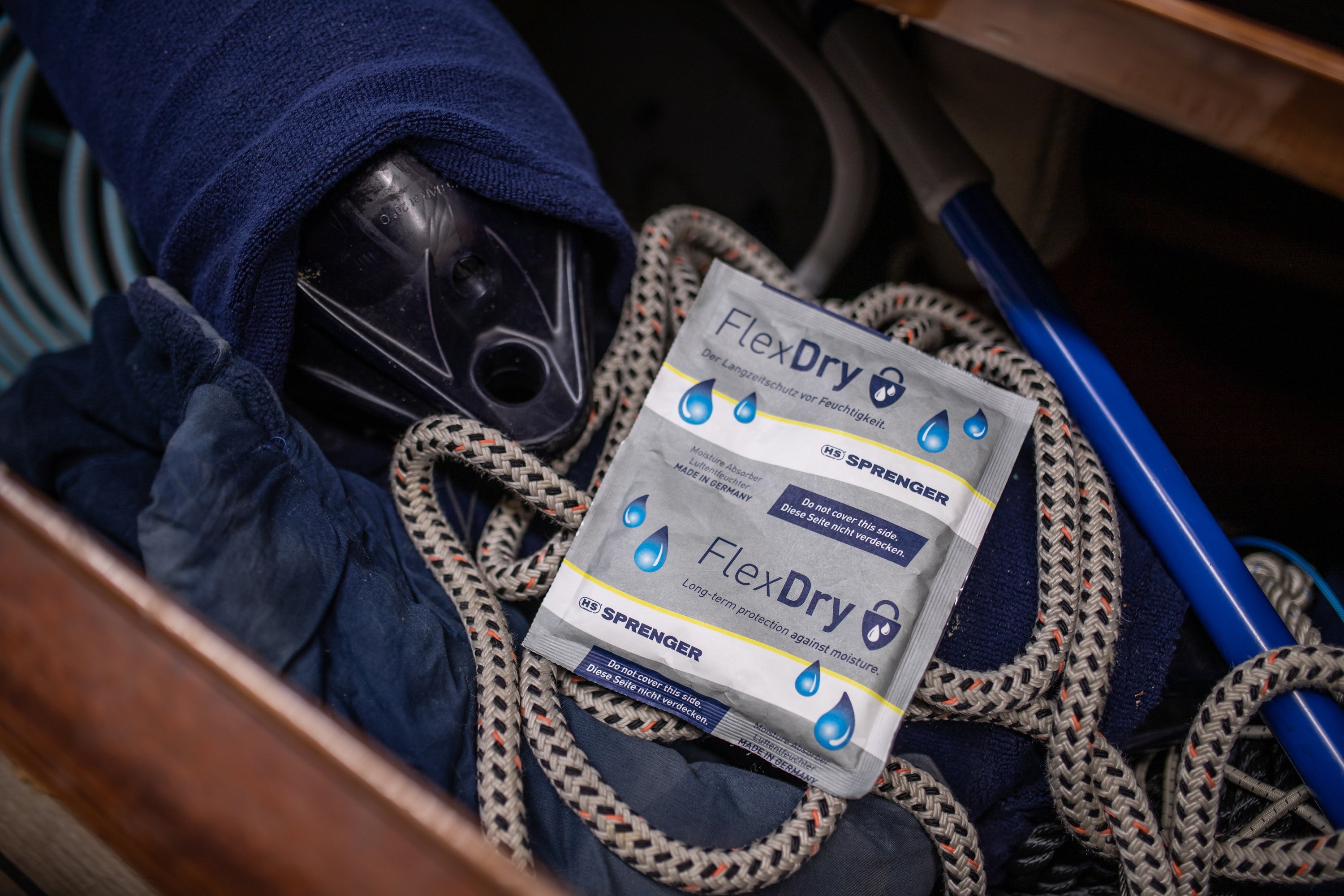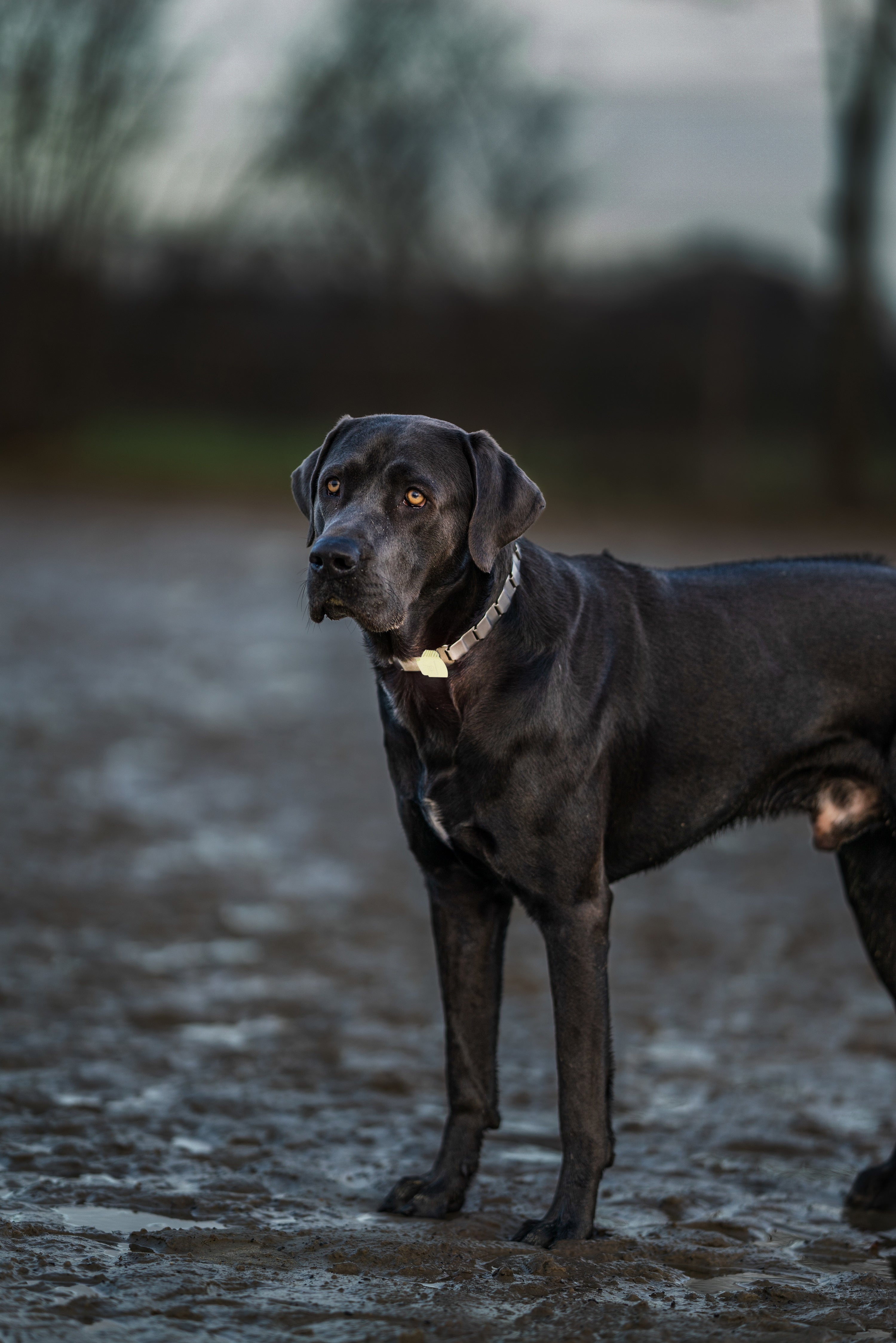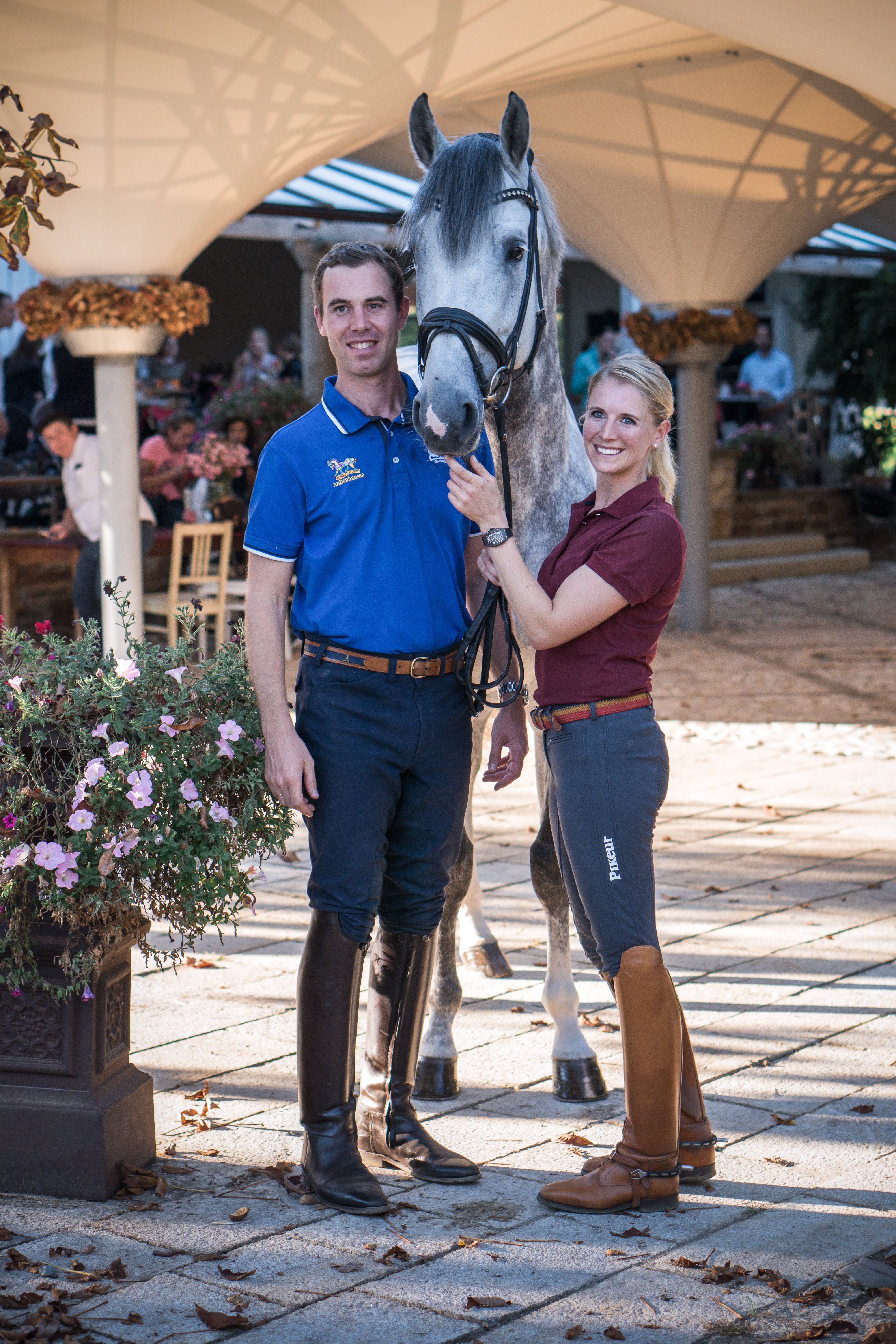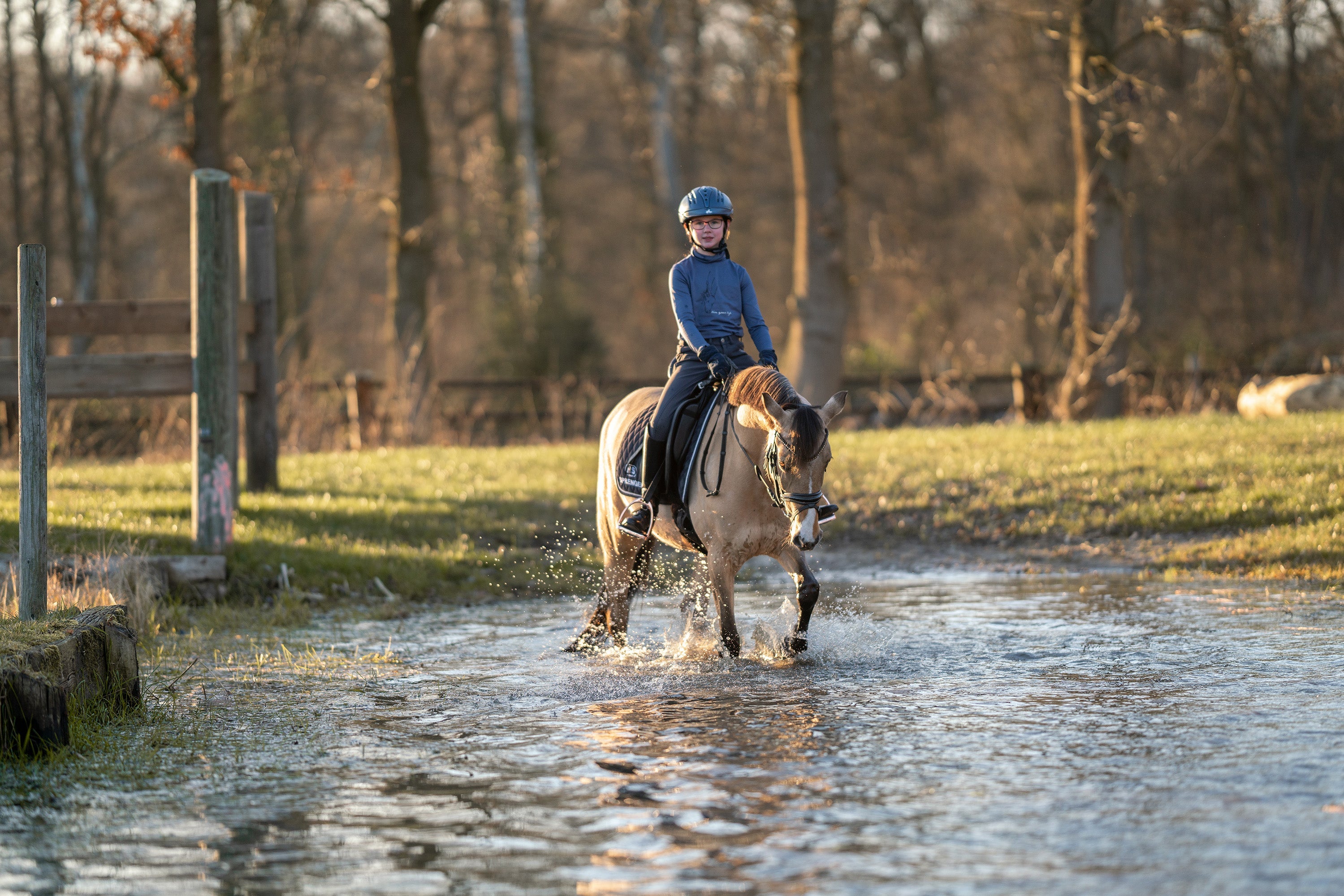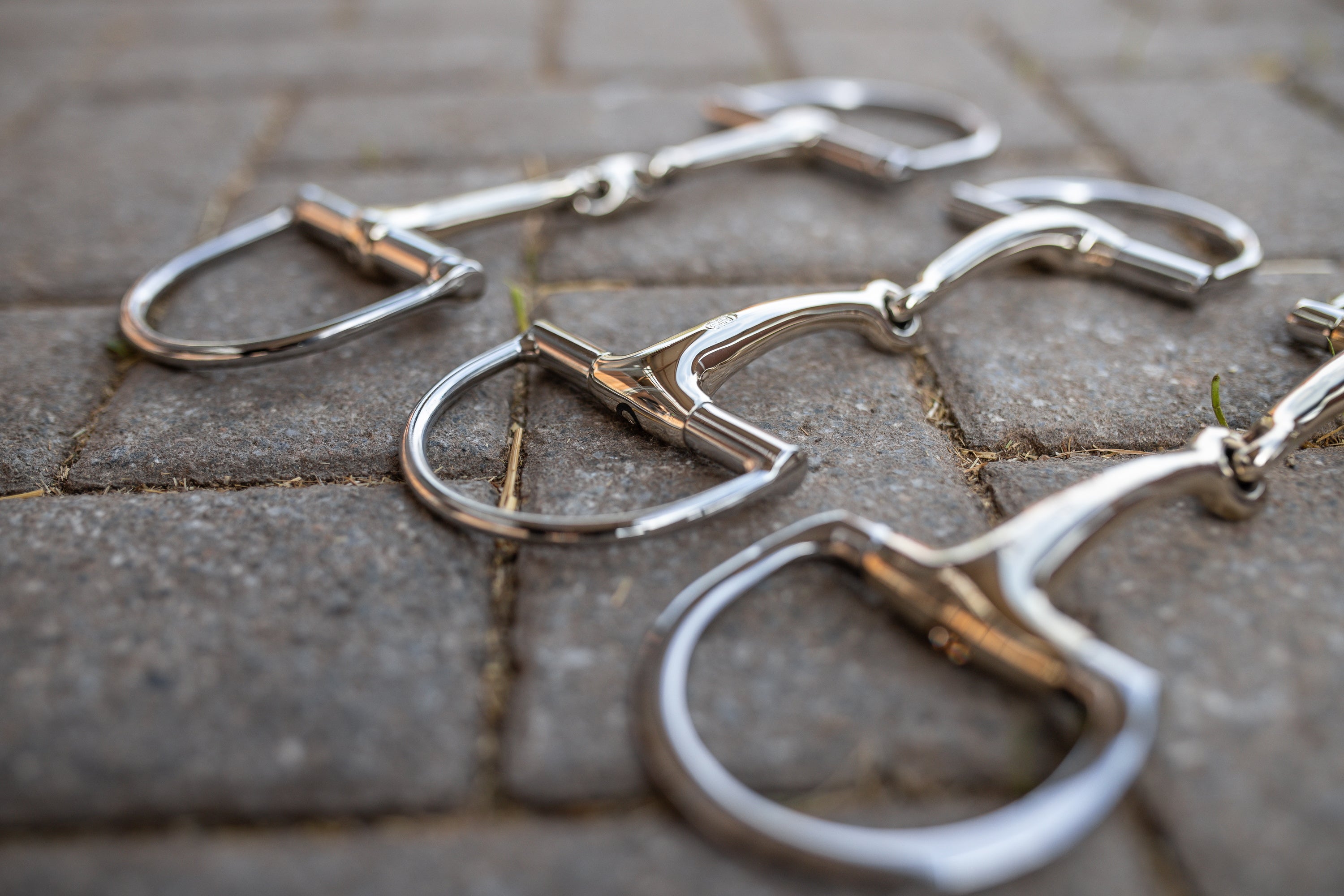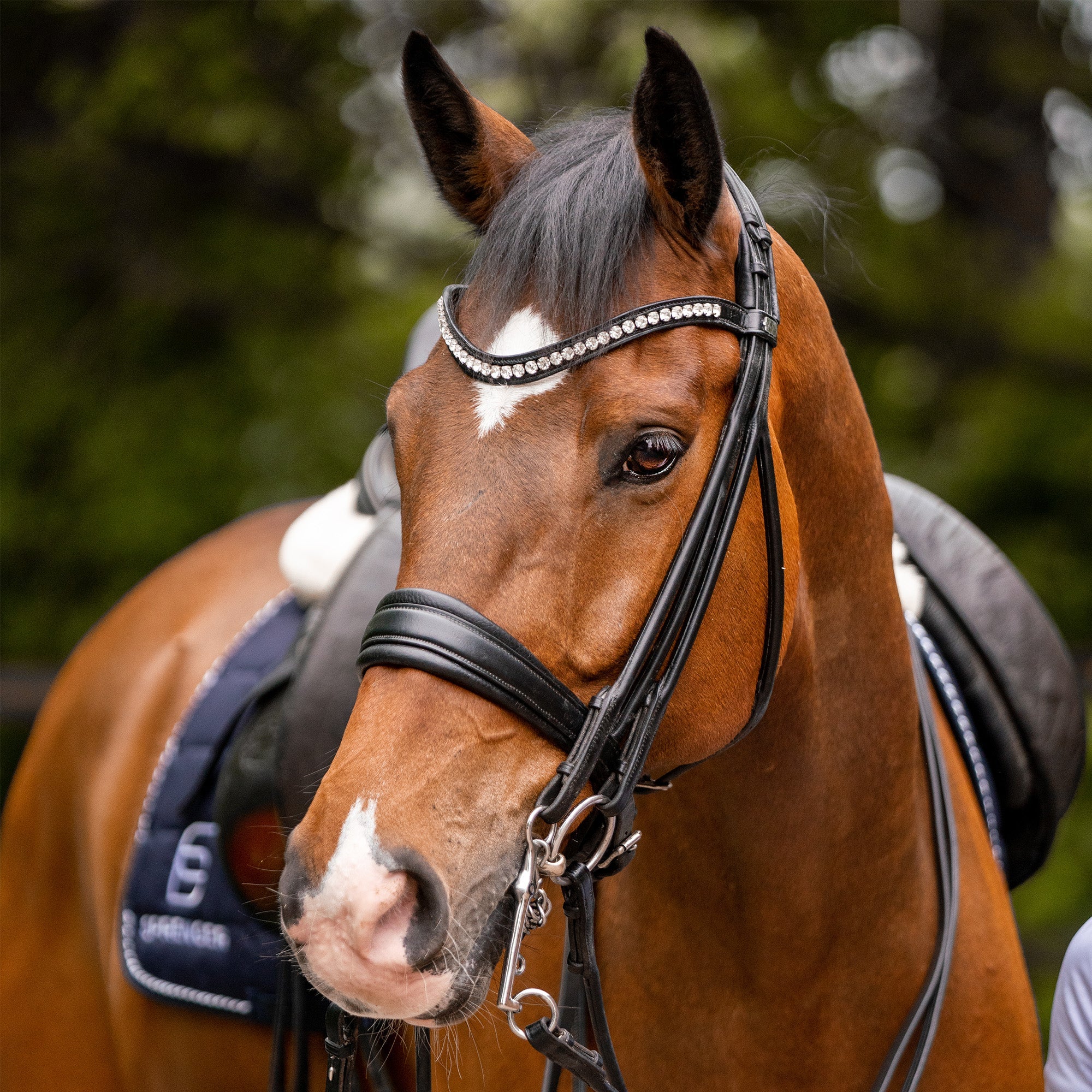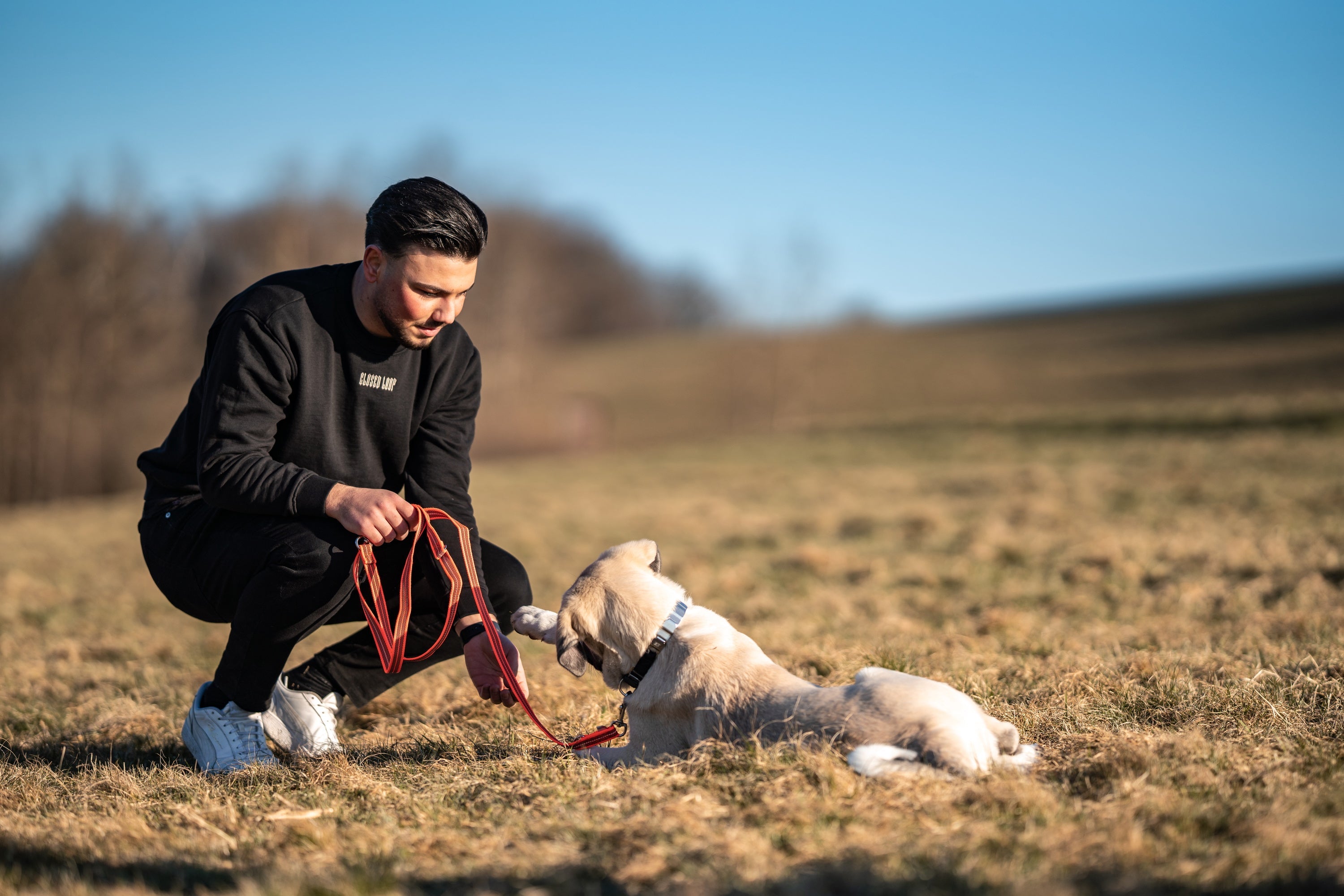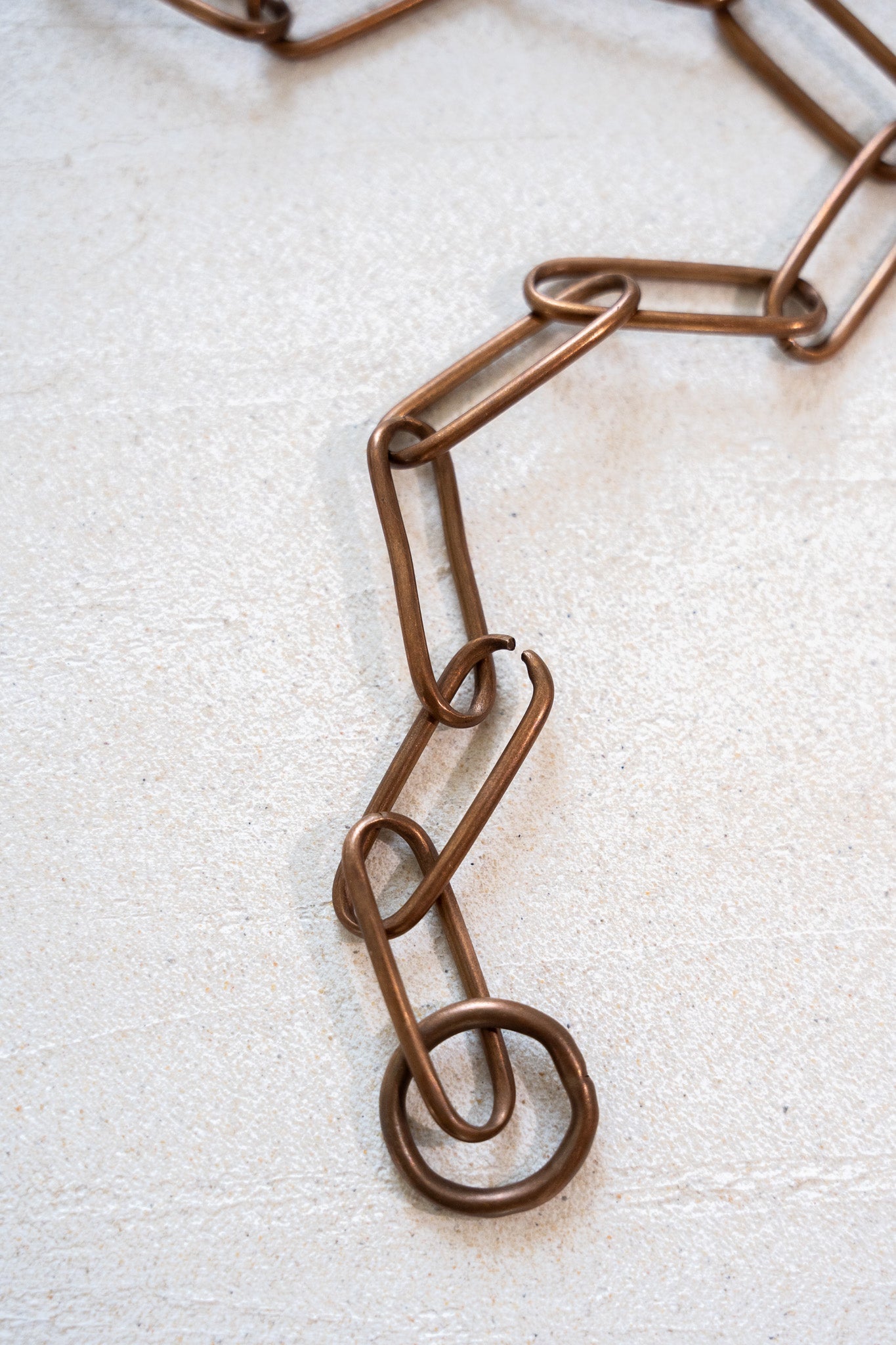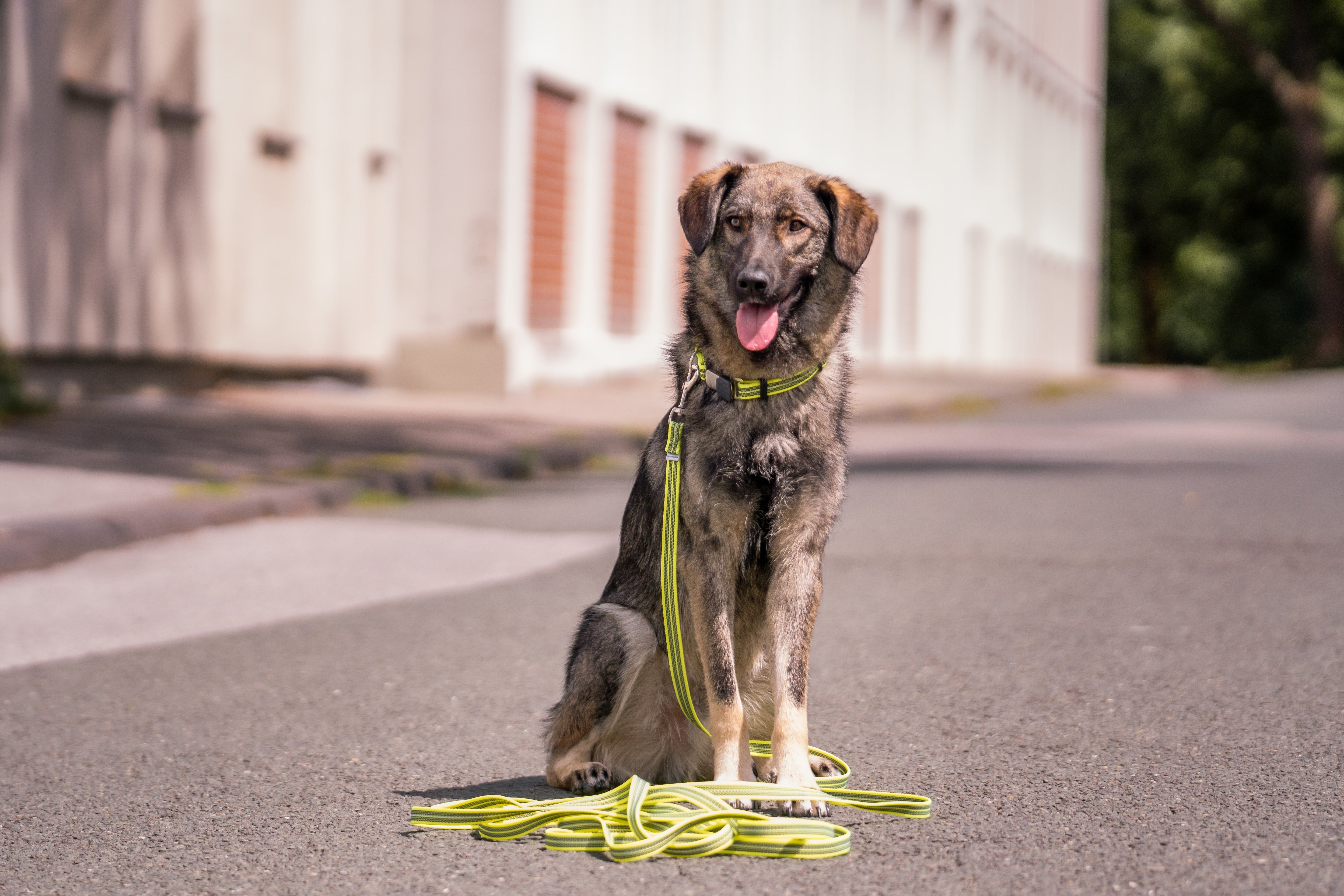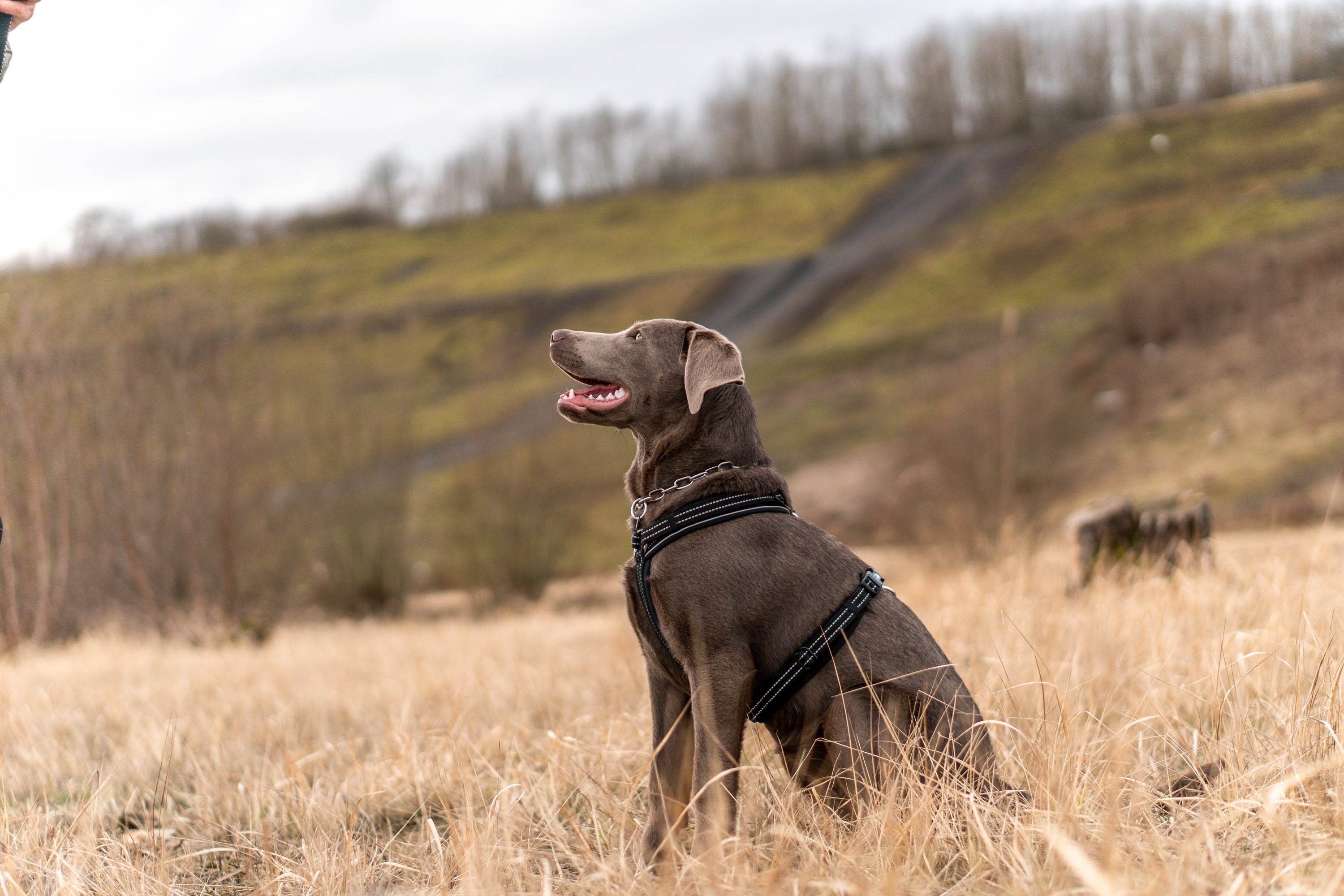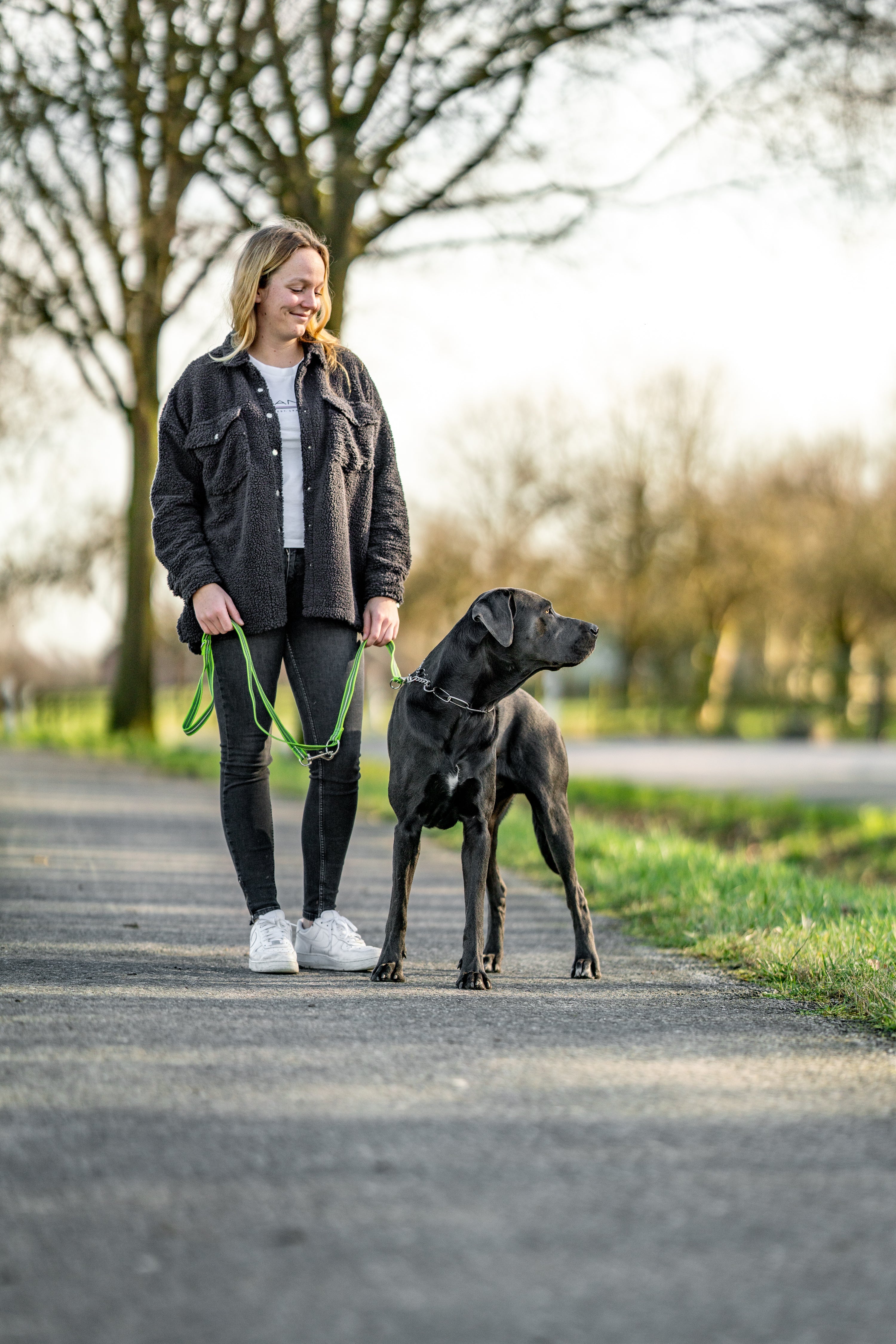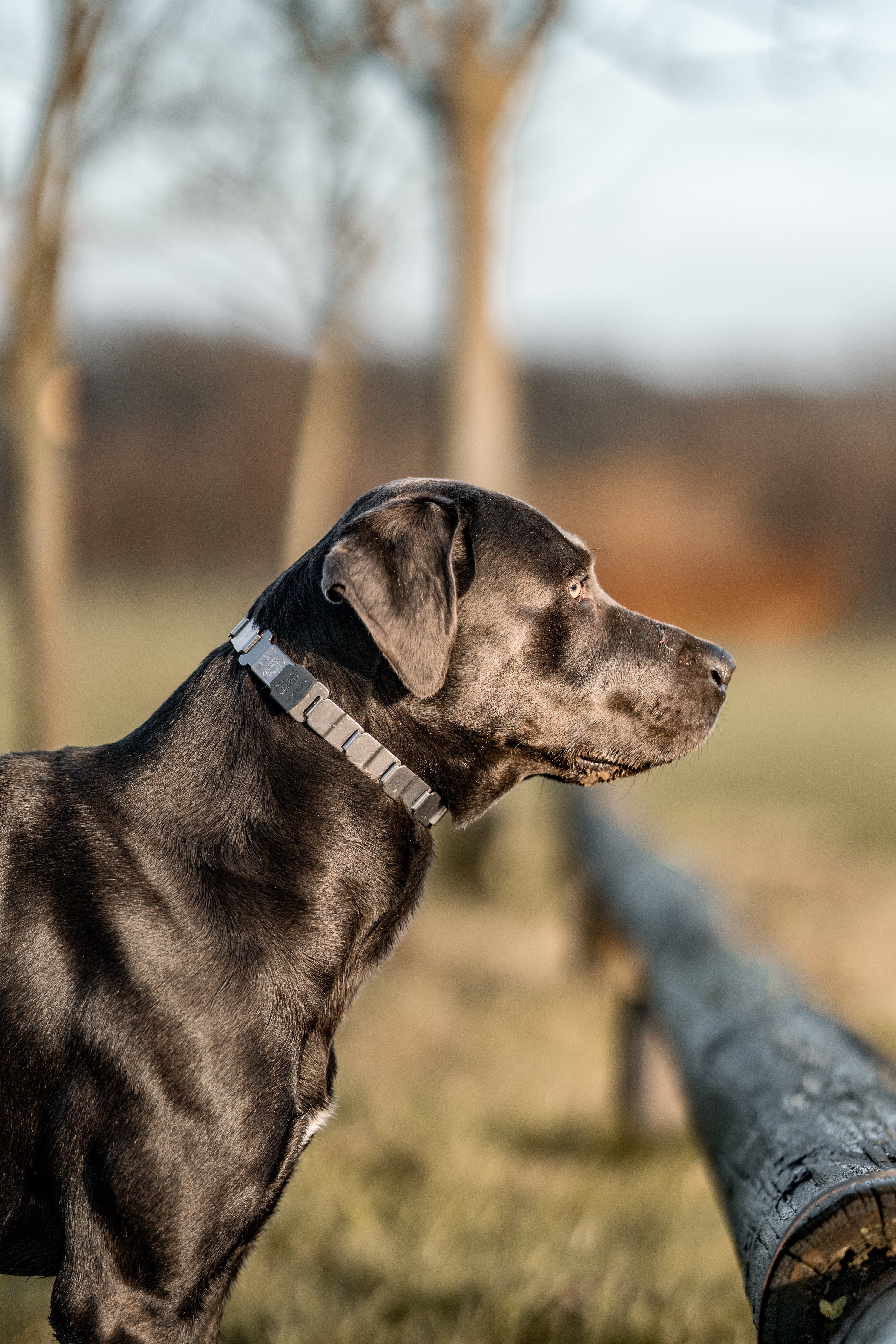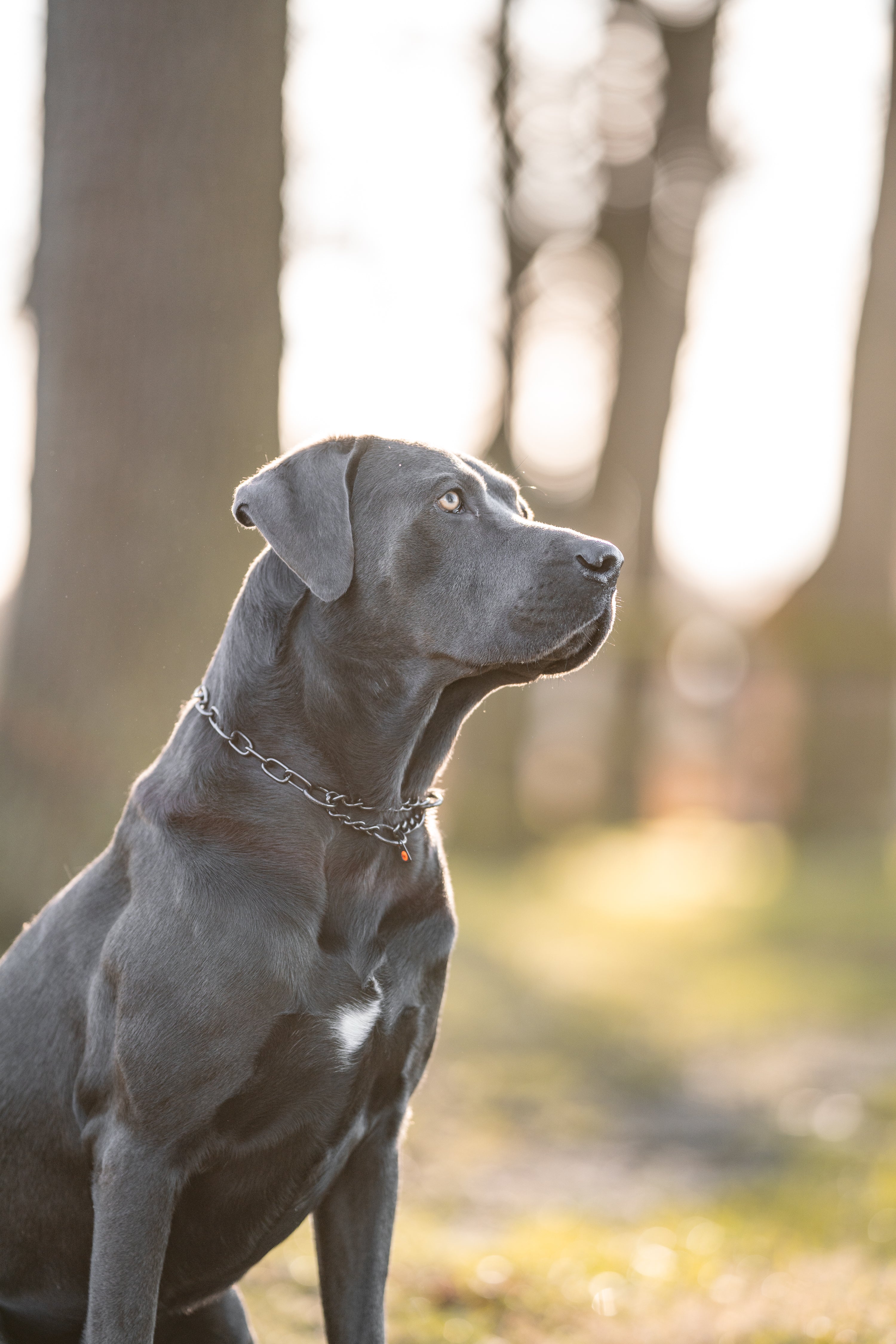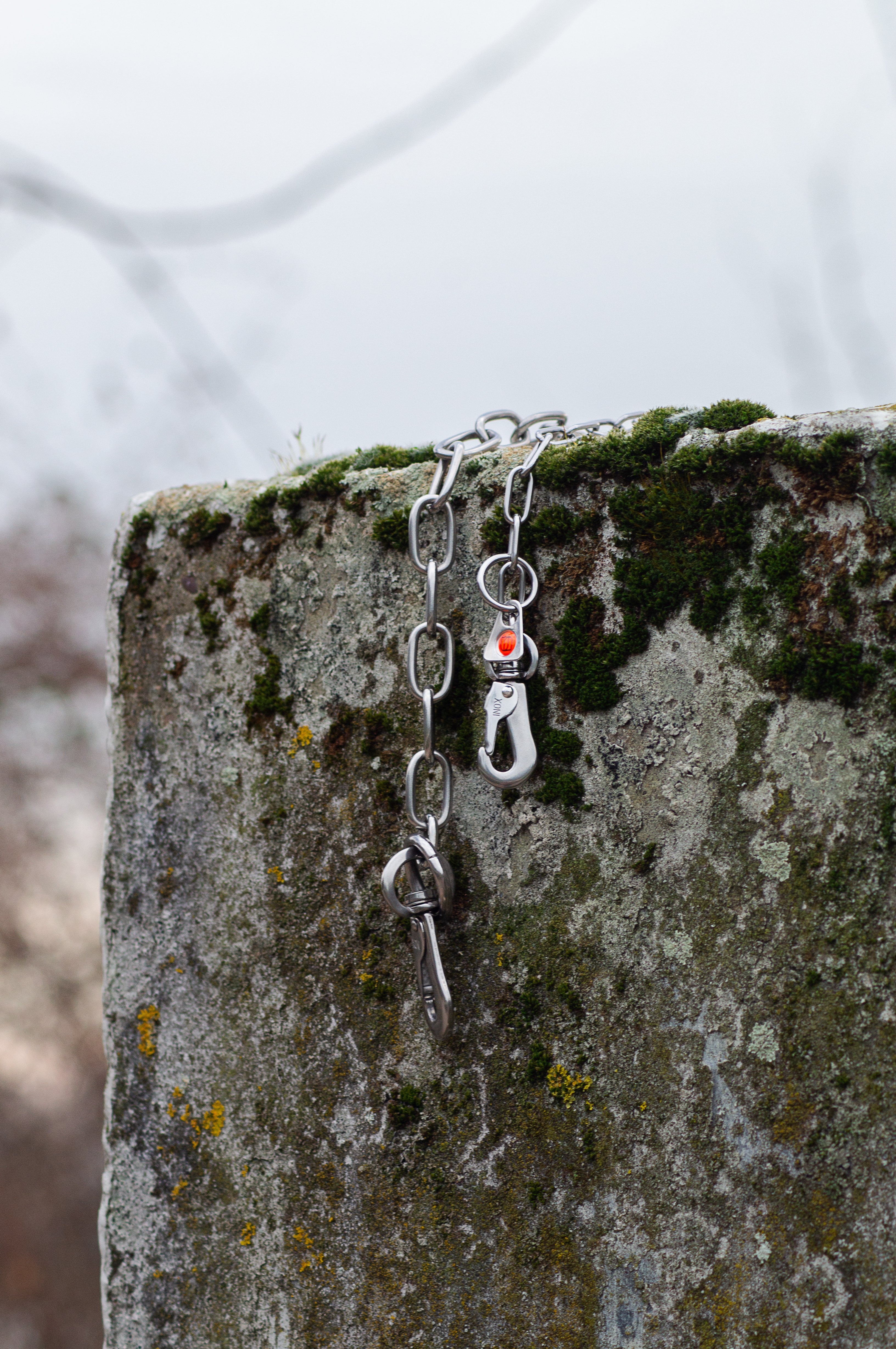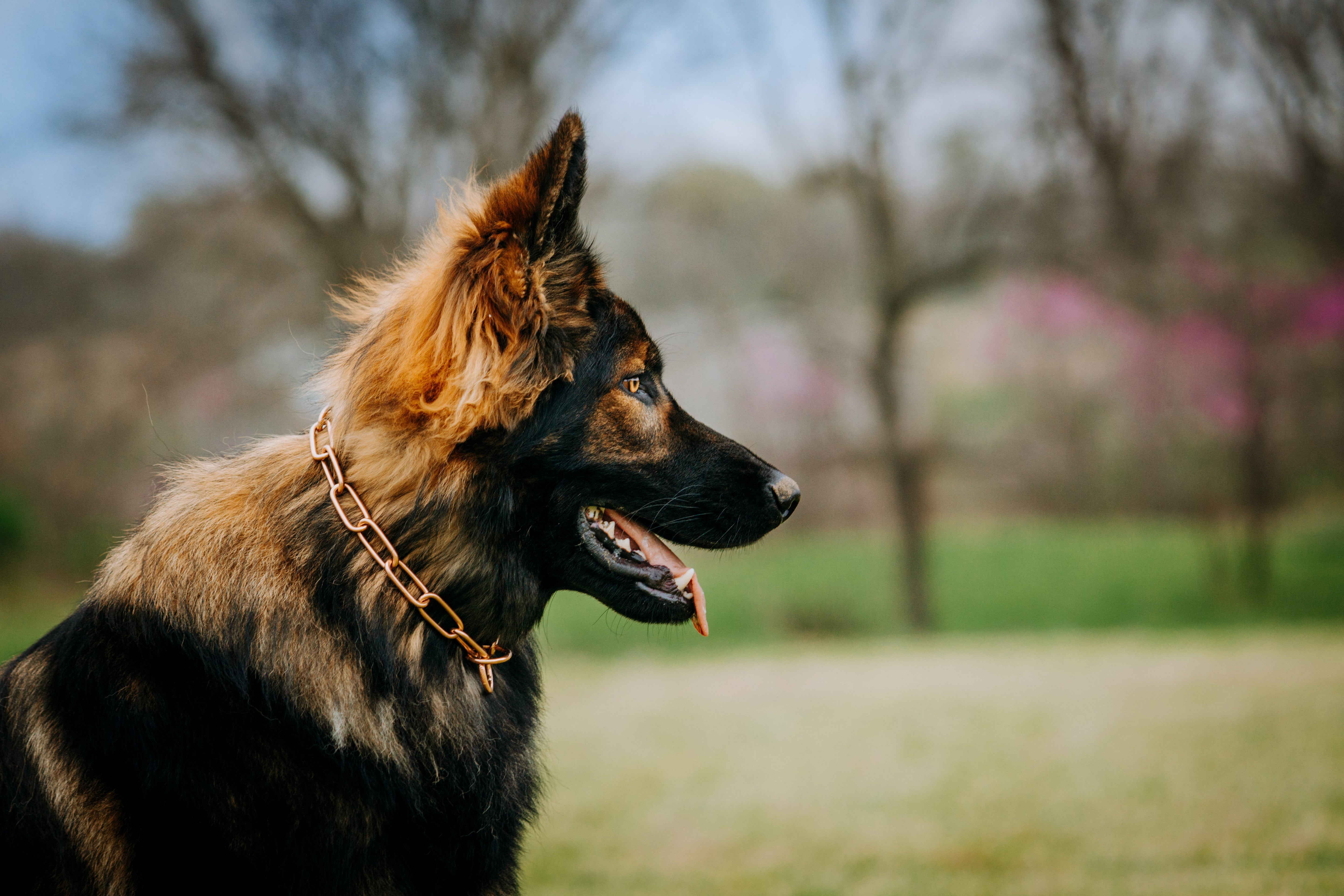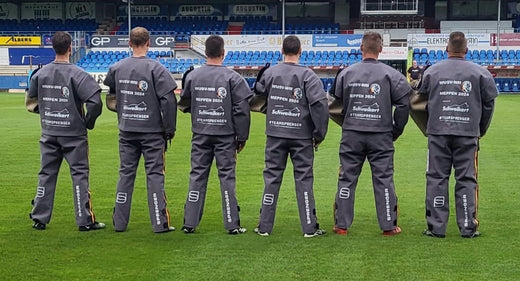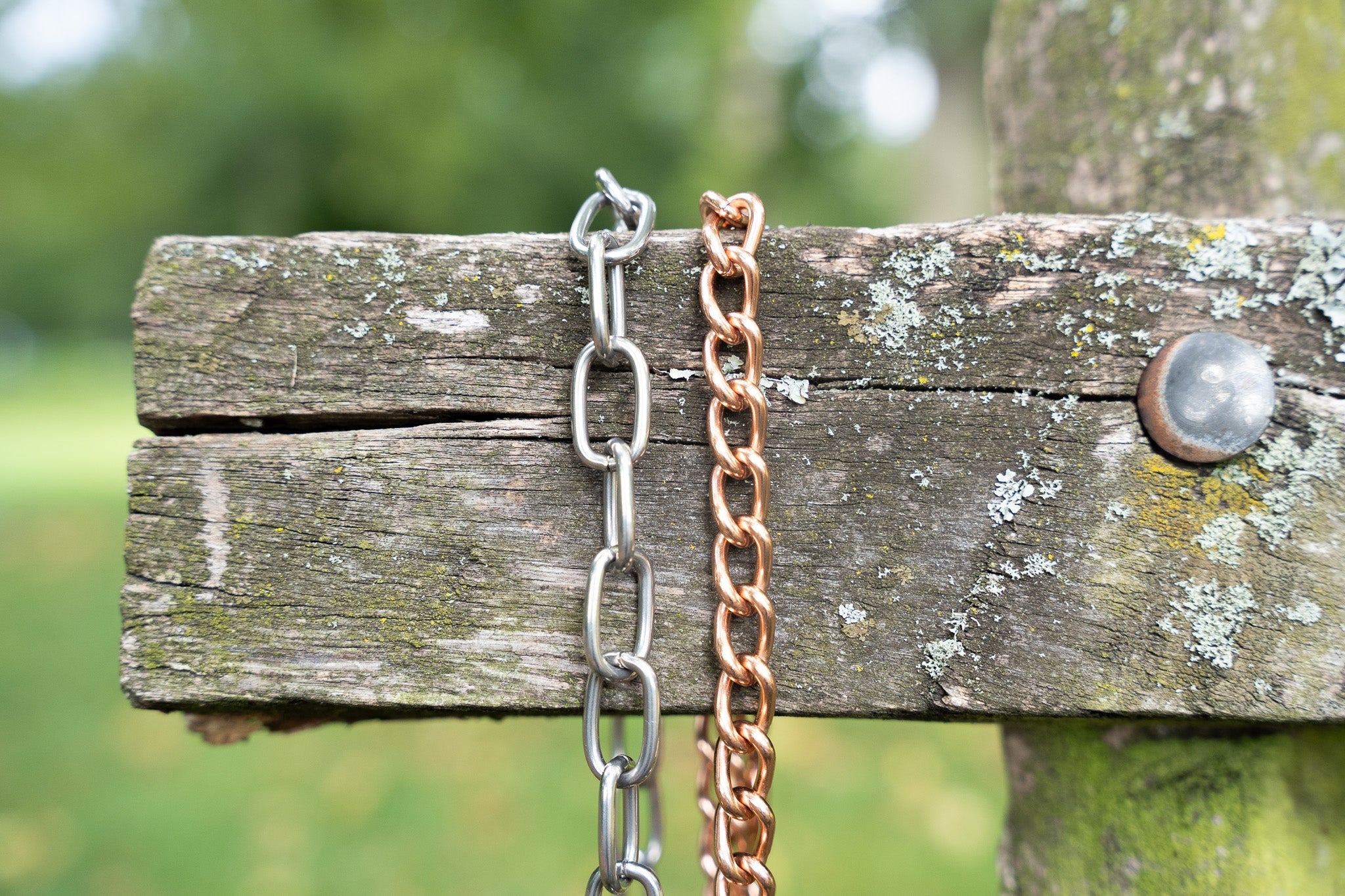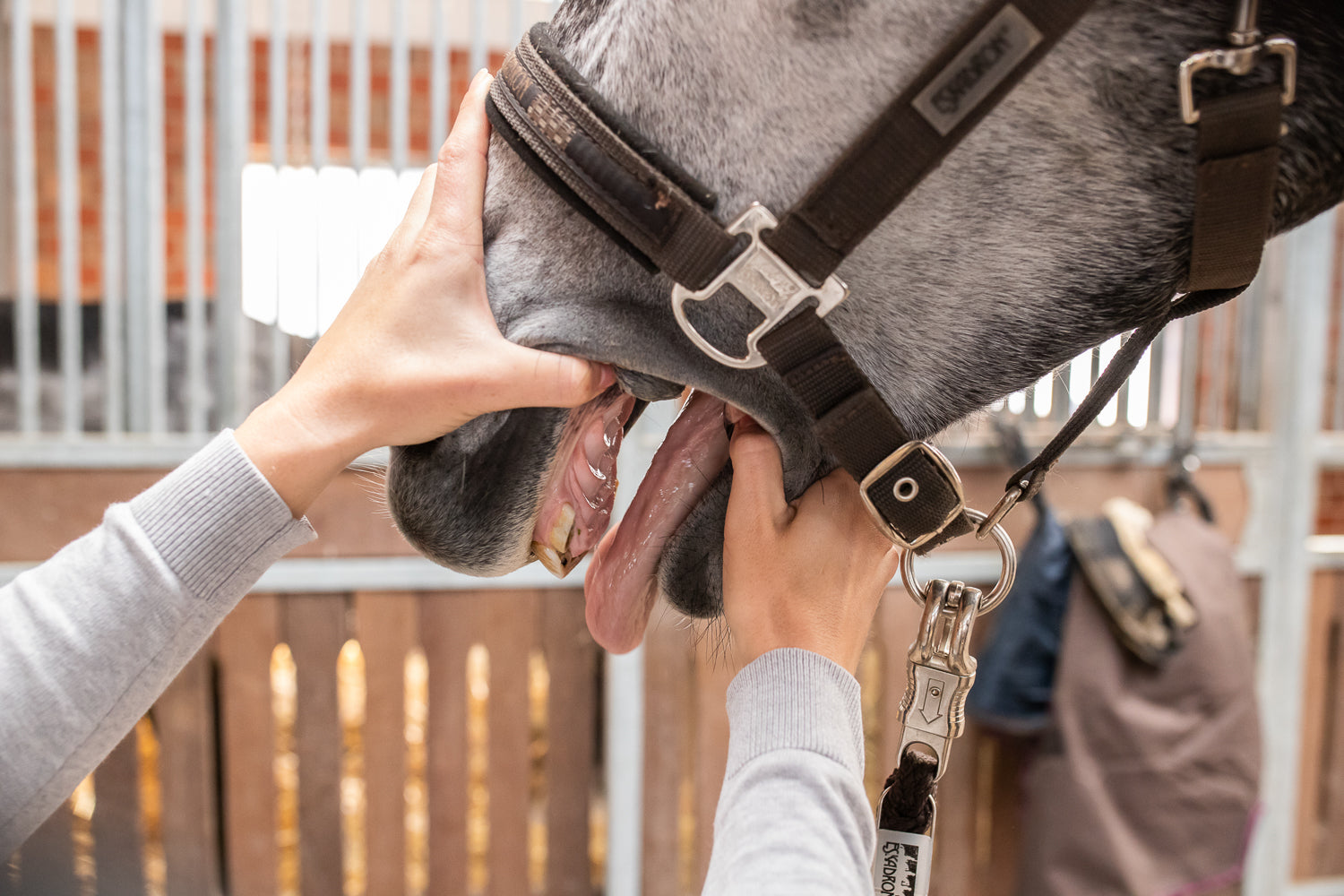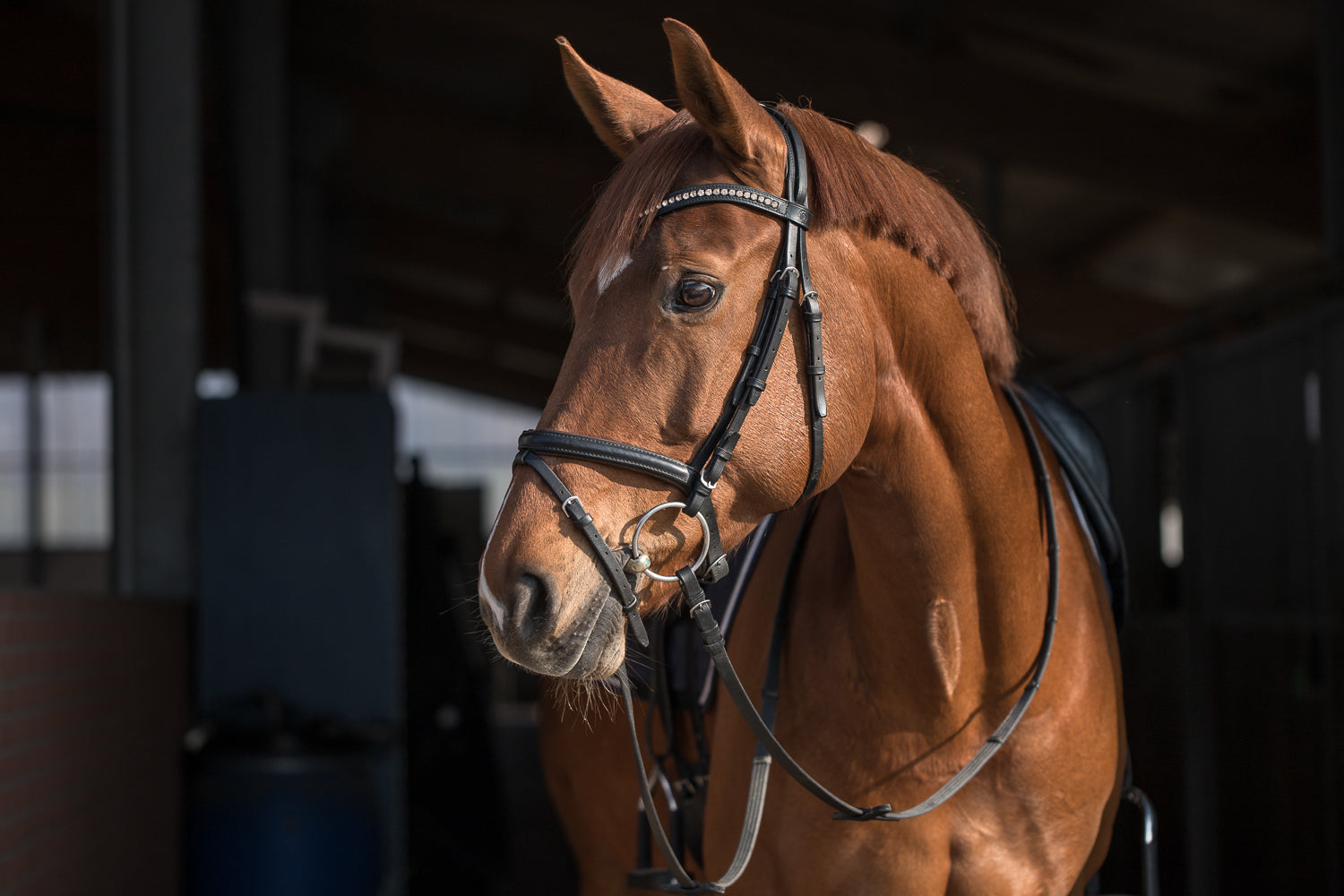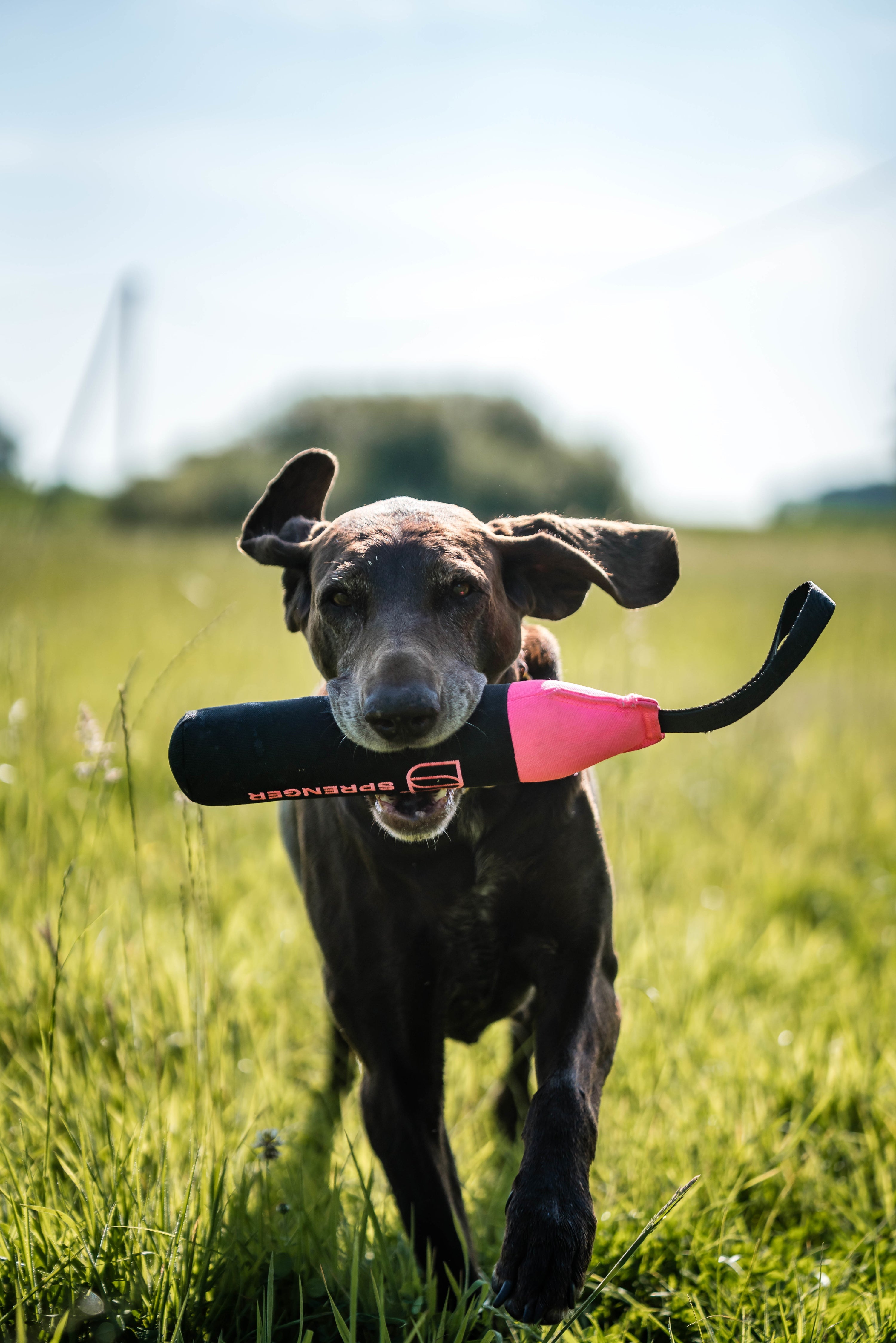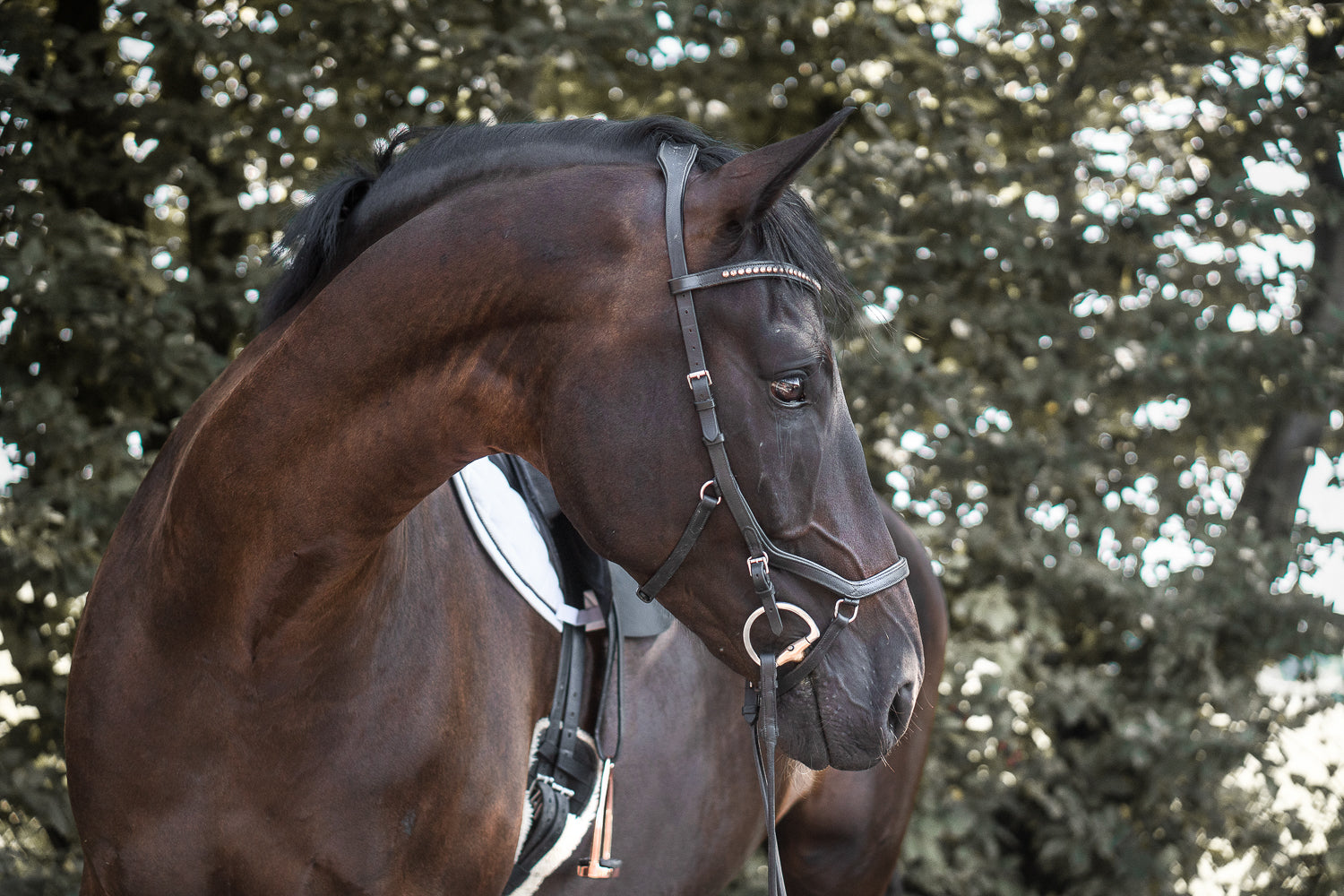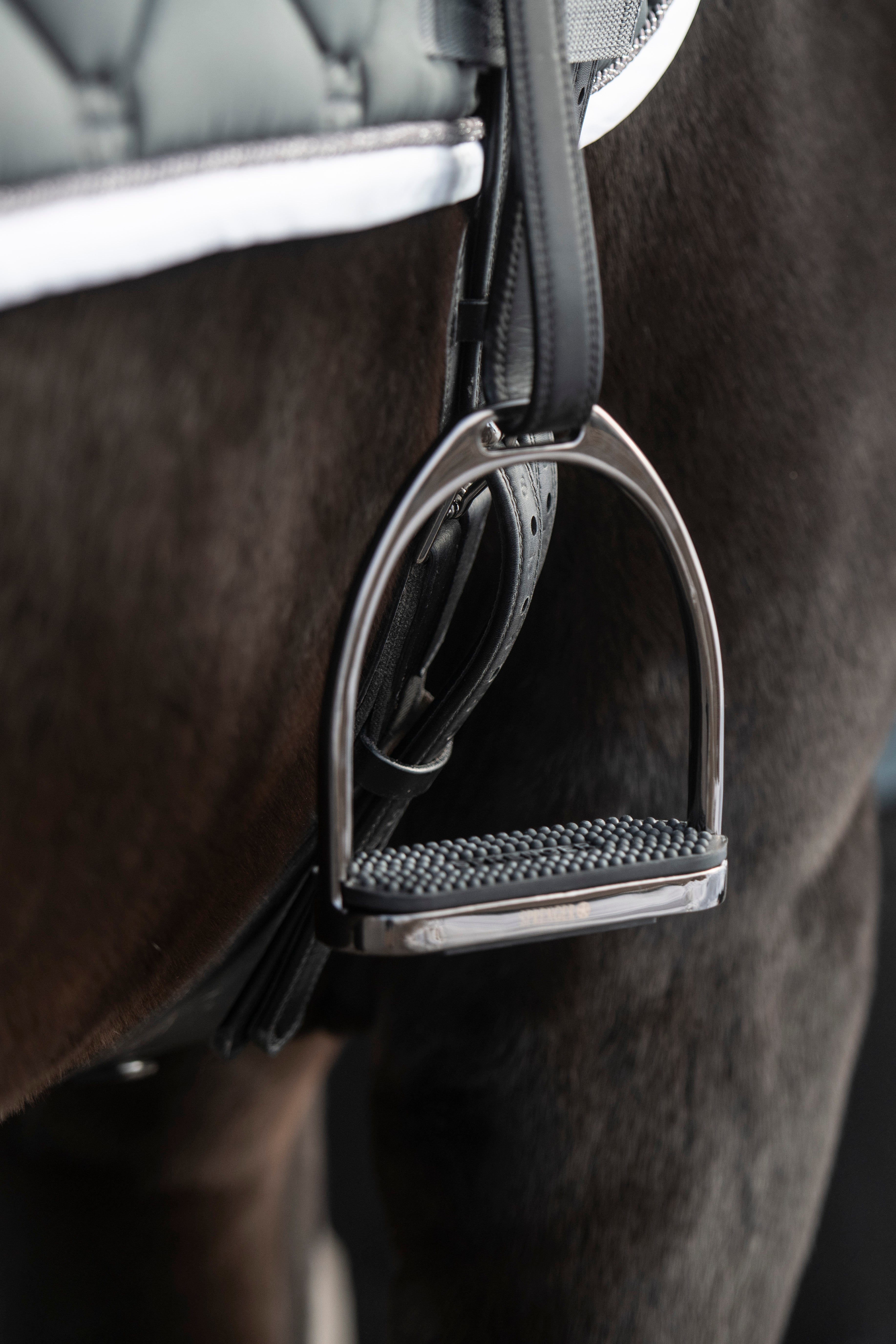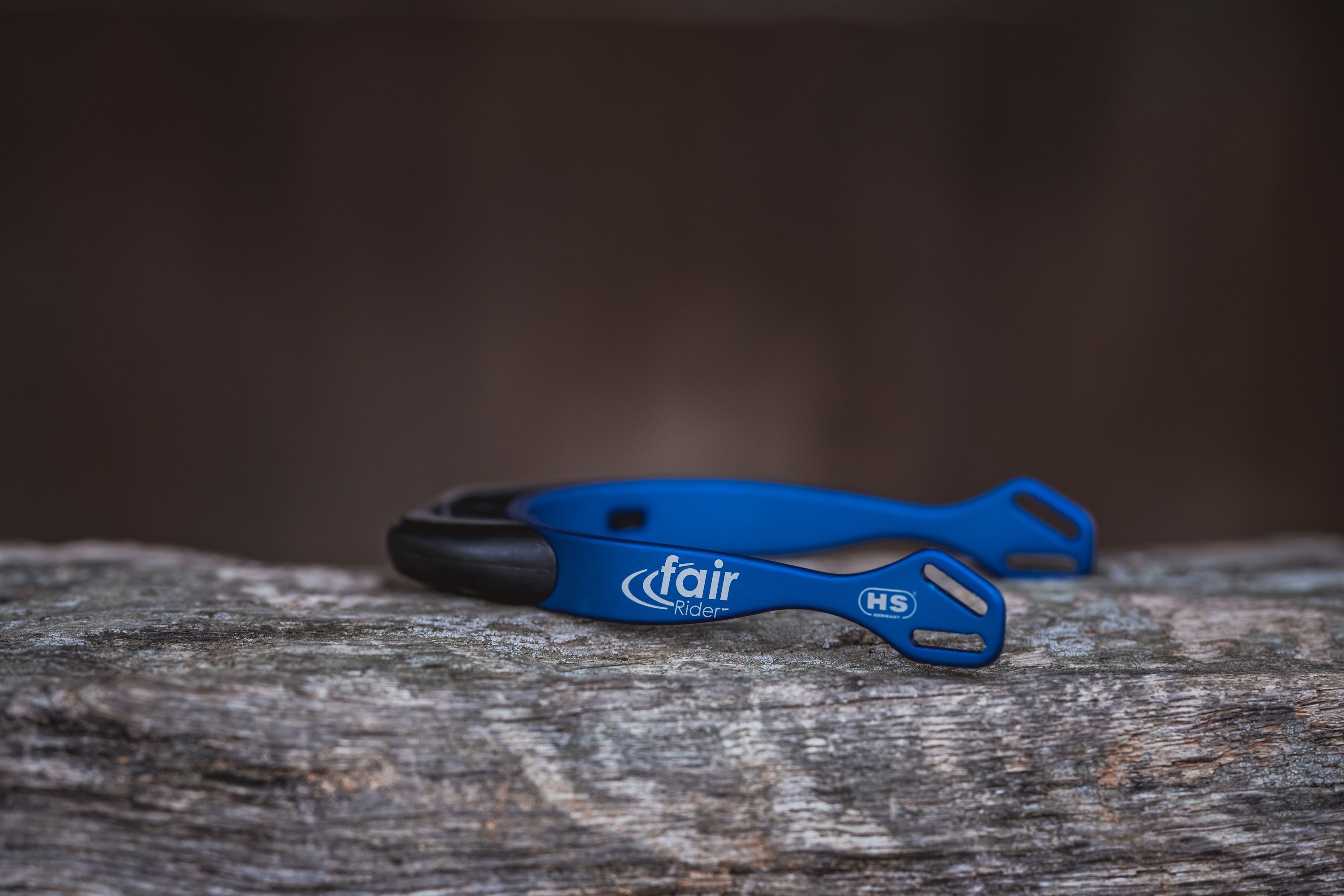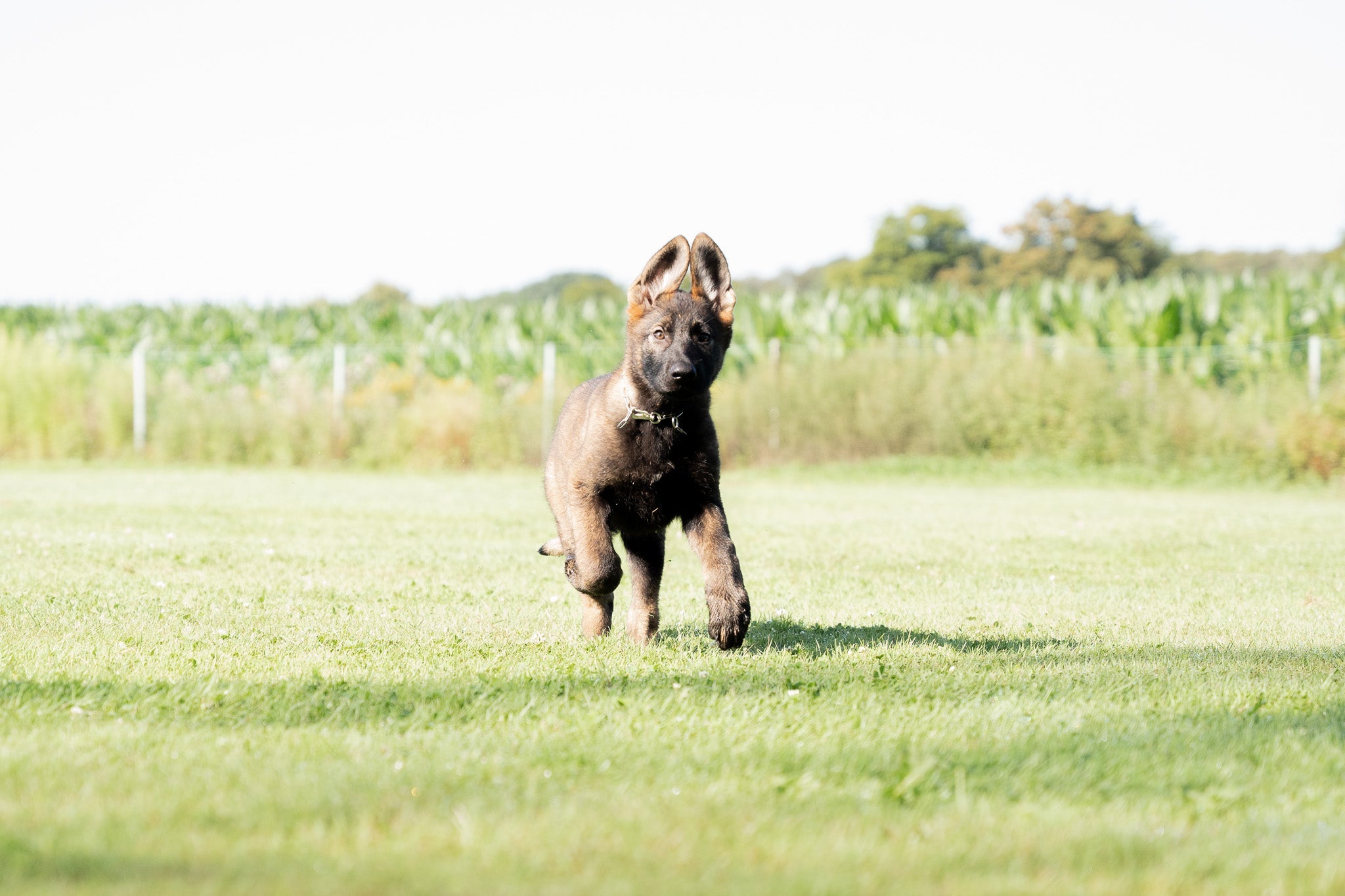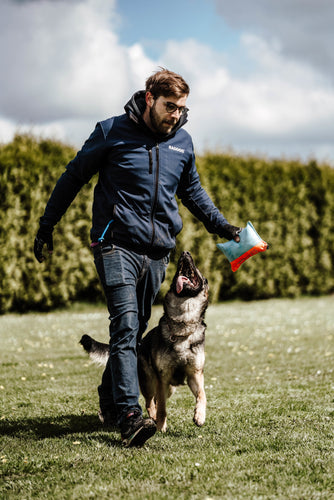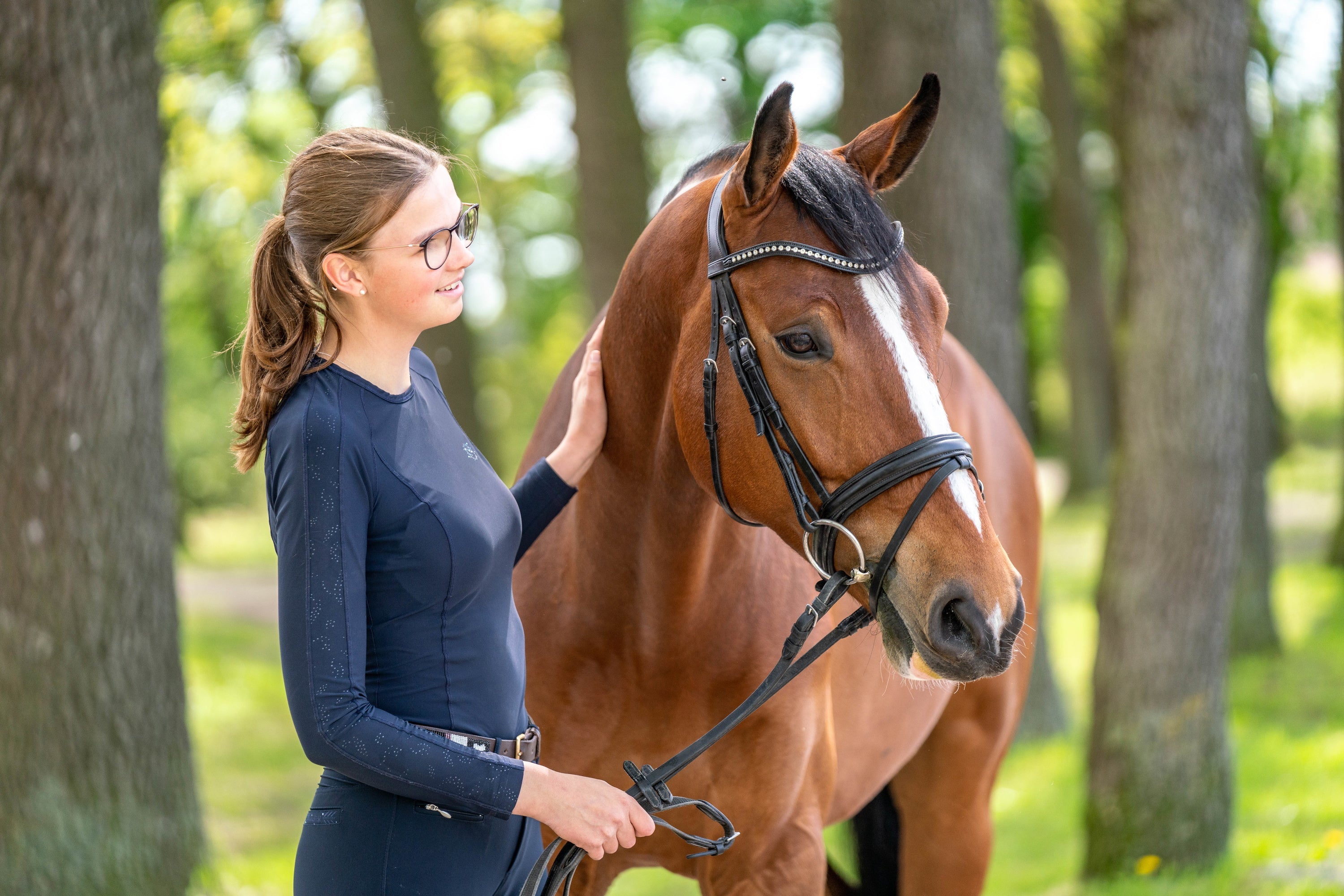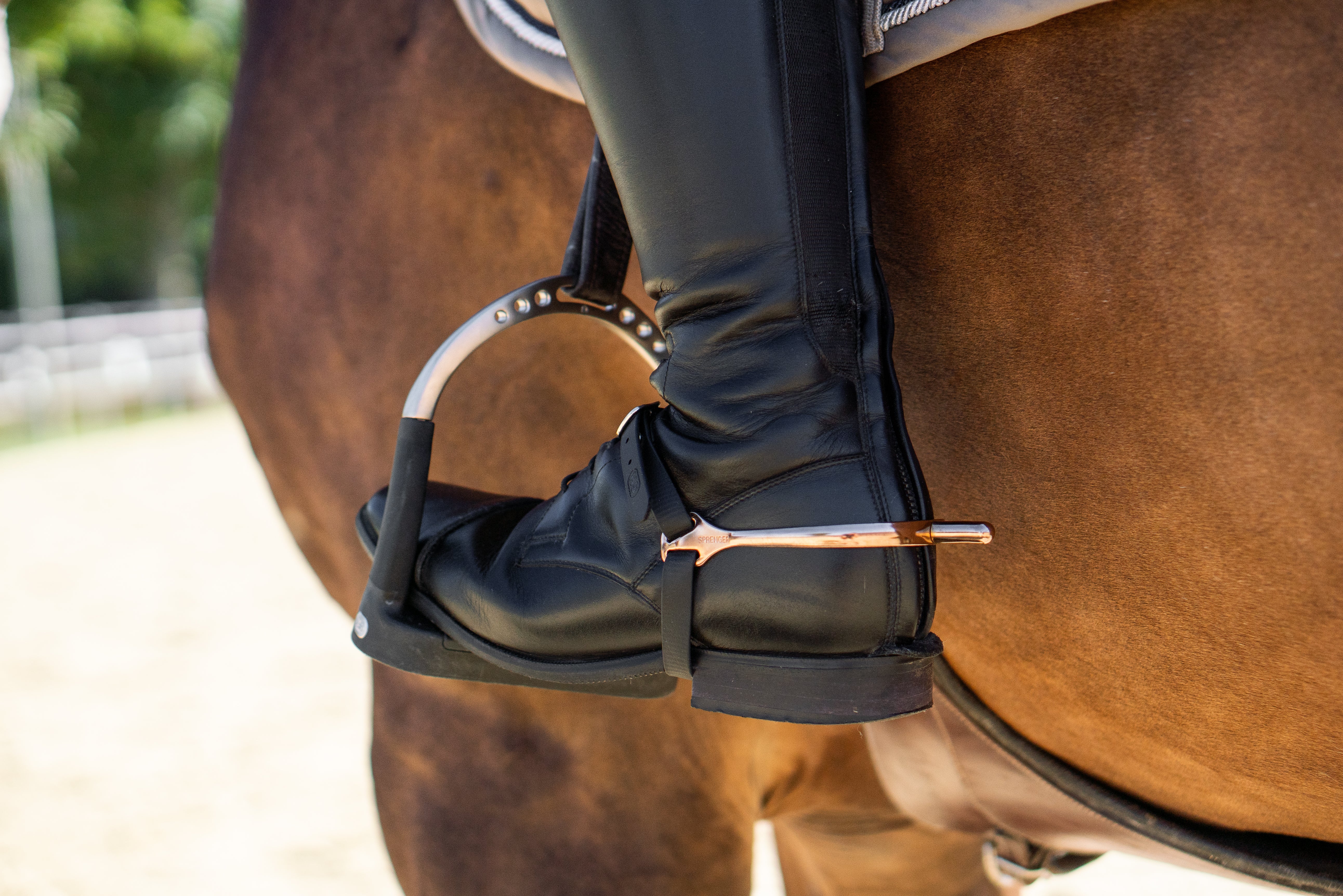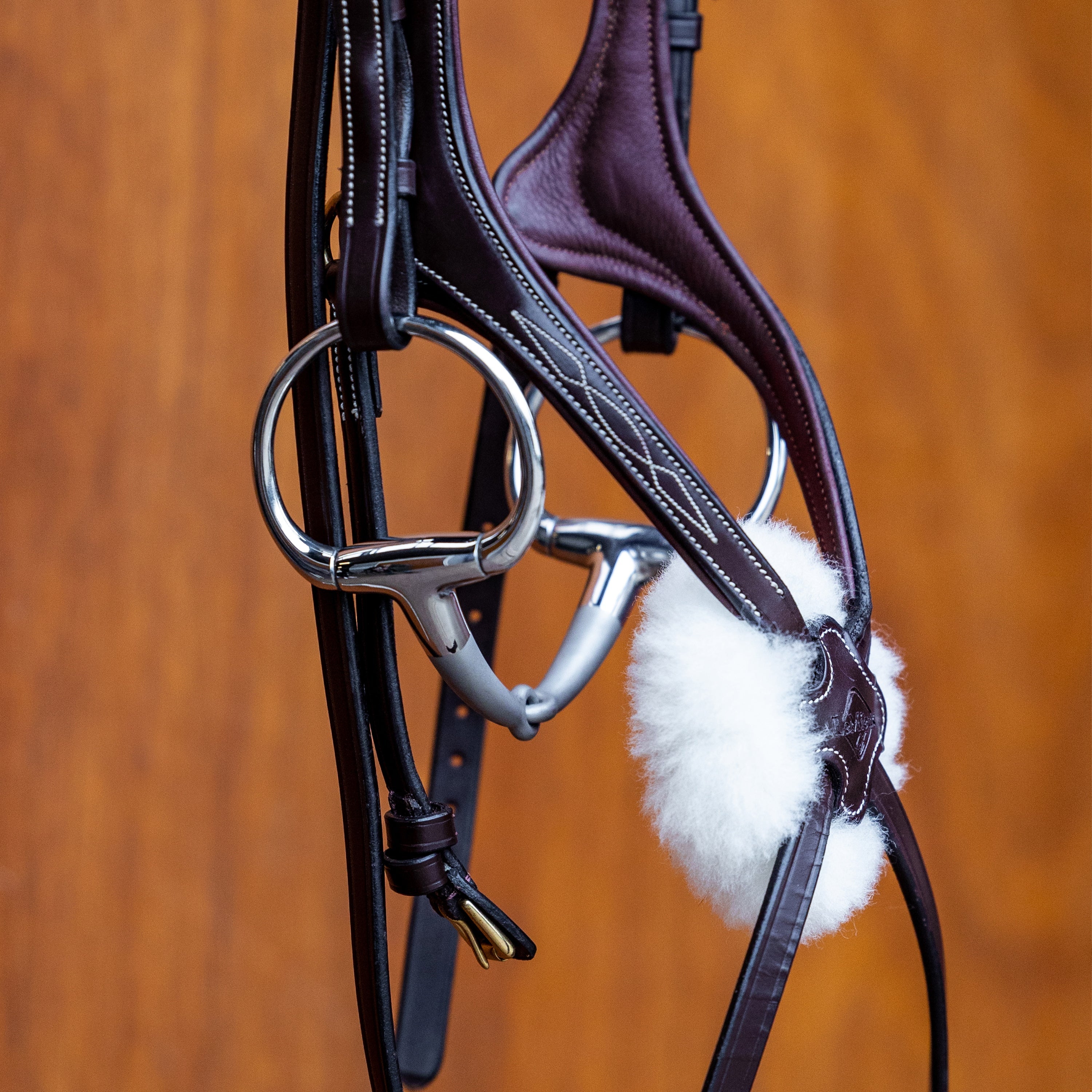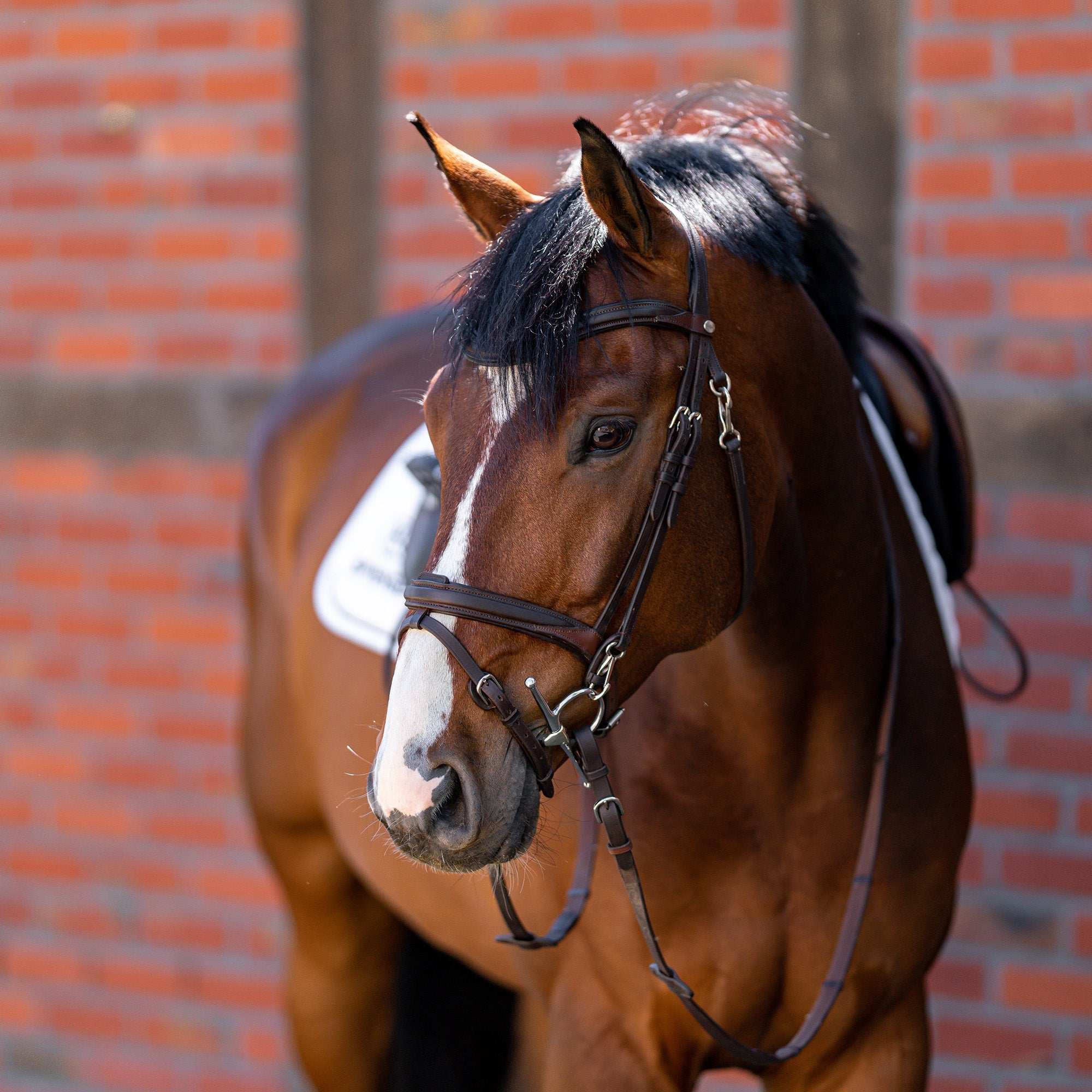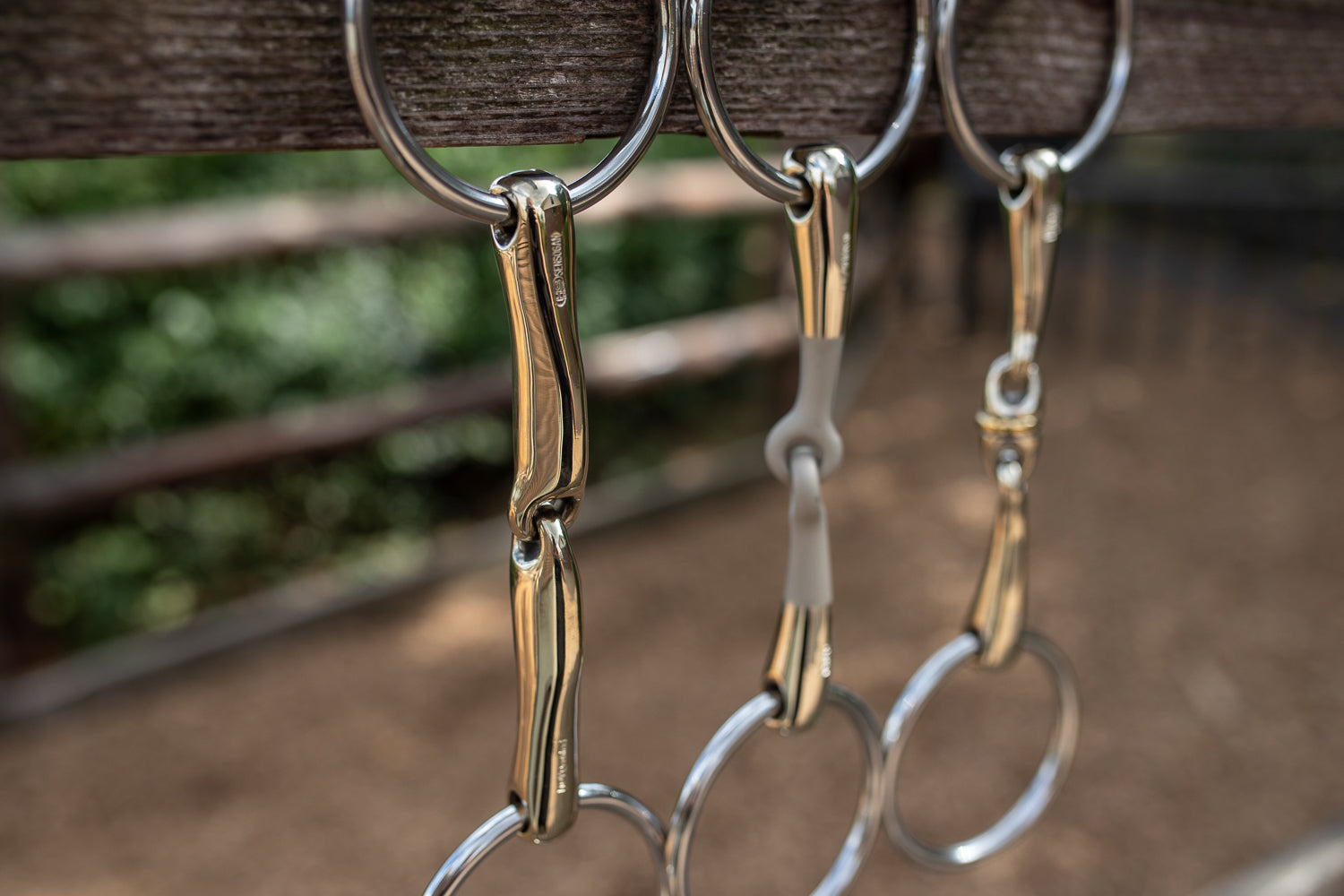Lunging with a bit
Lunging is a wonderful way to strengthen the relationship between you and your horse, improve fitness and gymnasticize the horse. The choice of the right equipment plays a decisive role in this. The bit in particular is a central component that is often discussed. In this article, we take a closer look at the various options for lunging.
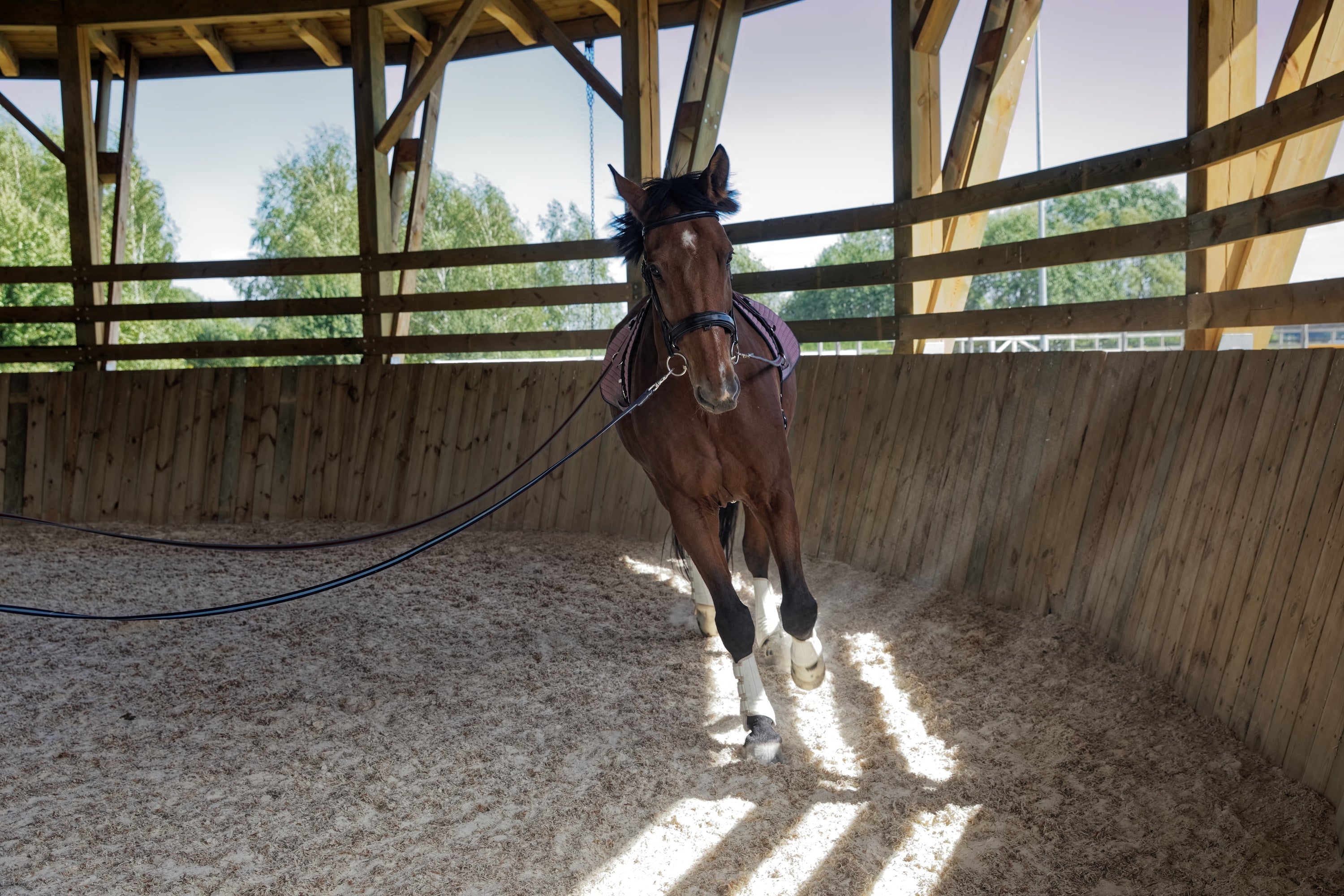
Lunging on a cavesson with a bit
A cavesson, where the lunge line is usually hooked onto the noseband, can also be supplemented with a bit in many cases, either to get the horse used to the bit without acting on it, or to attach auxiliary reins to it to give the horse the opportunity to lean and stretch on the reins. Important for this type of lunging is a well-fitting cavesson that does not slip and a suitable bit that is correctly buckled. Even if the bit is not used to exert direct influence, it should of course be comfortable in the horse's mouth.
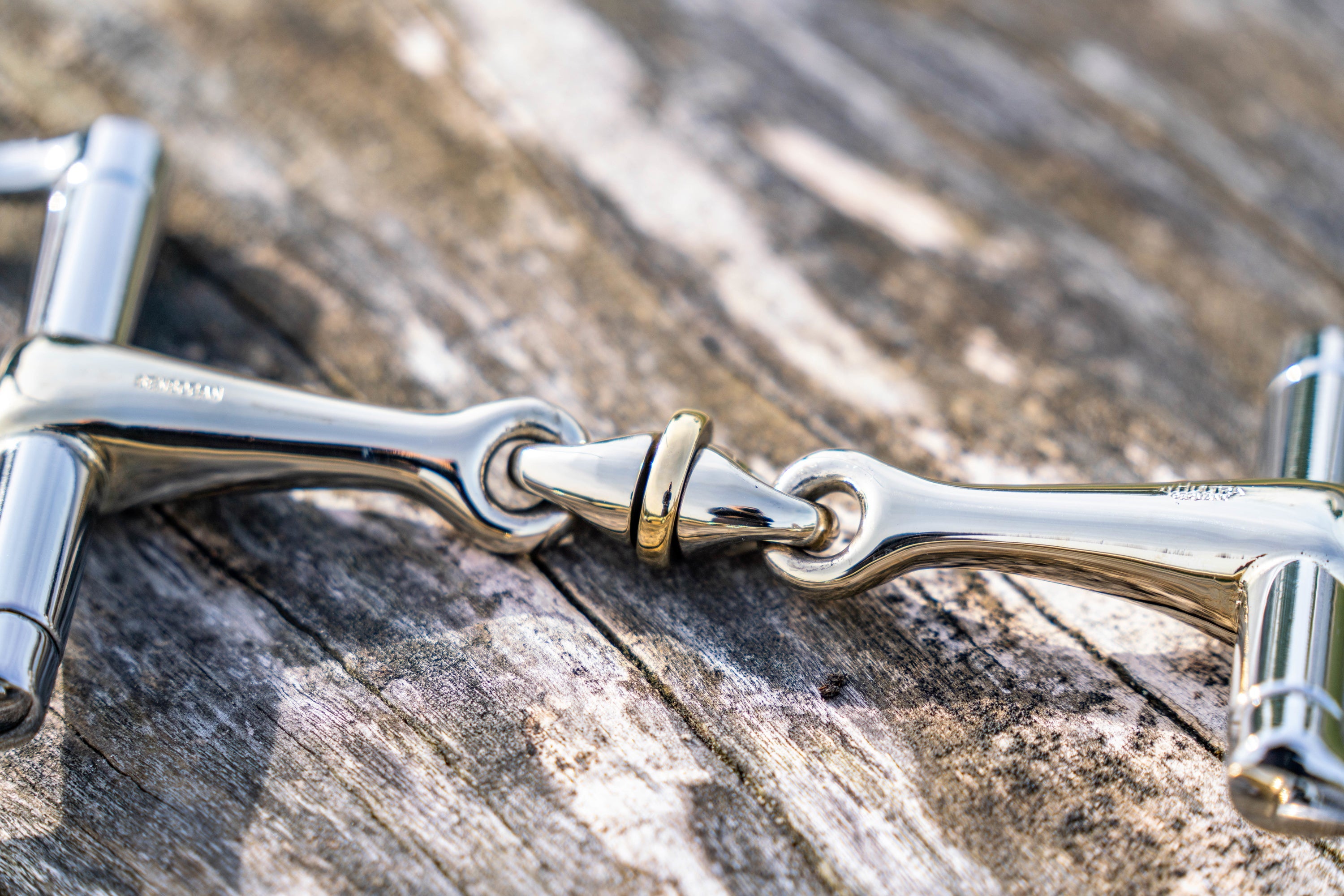
Lunging with a bridle
According to FN guidelines, lunging with a snaffle is still recommended, whereby the horse is lunged in a supportive manner with auxiliary reins and the lunge line is attached to the inner bit ring. The basis for this is, of course, a suitable bridle that is correctly adjusted and does not put pressure on sensitive areas and nerves on the horse's head. Also make sure that the bridle you use is suitable for lunging, as some anatomical models should not be used for this due to the forces involved.
A suitable bit should also be selected here, you can read more about this topic in the blog post: 'How to find the right bit'.
Which bit for lunging?
If you want to use a bit for lunging, regardless of whether you are lunging with a bridle or a cavesson, the question often arises as to which bit is best suited. The lunge does not necessarily have to be hooked onto the inner bit ring, but can also be attached to the cavesson while the bit is simply buckled in. However, some also use the bit in the cavesson to simulate a rein connection with auxiliary reins for the horse in order to get the four-legged friend used to it.
The best bit to use would be the same mouthpiece that you use for riding. If your horse is happy with a single jointed bit, for example, there is no reason to change to a different mouthpiece. Loose ring snaffles cushion the movement of the auxiliary reins somewhat, as the loose rings can move through the ring holes in the mouthpiece. Fixed side pieces, on the other hand, transmit the aids more directly, but have a more stable position in the horse's mouth. In addition, they offer a lateral boundary that supports the horse, which makes eggbut bits and D-ring snaffles particularly popular for lunging. Side pieces with a larger lateral boundary can also prevent the bit from 'slipping through' when the lunge line is buckled into the inner bit ring. Bit plates can also prevent this 'slipping through' and also protect the corners of the mouth. Remember that the optimum effect of bits with fixed side pieces can only be achieved if the side pieces are in contact with the corner of the mouth. As a rule, you should therefore choose a bit one size smaller than the classic loose ring snaffle.
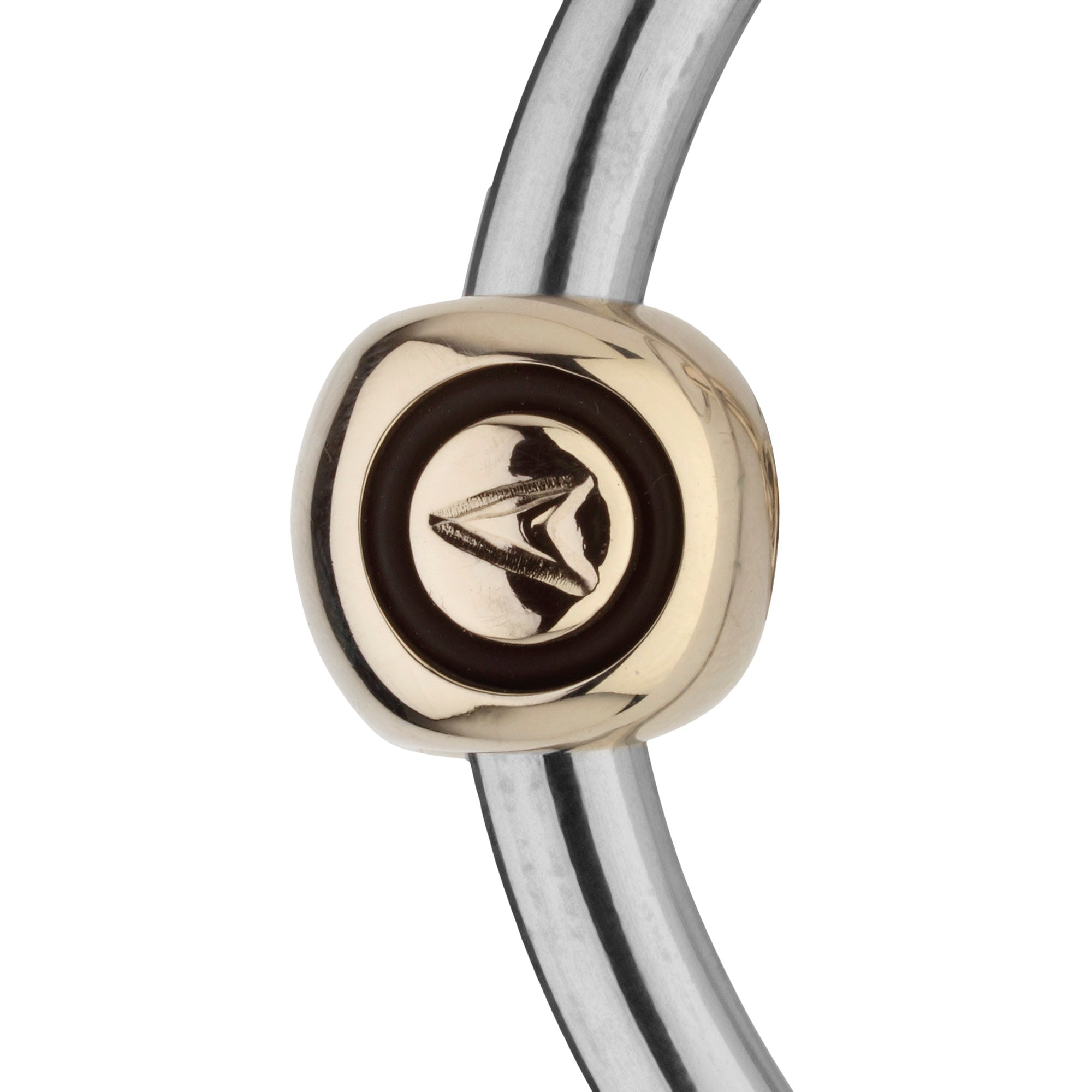
NATHE bits for lunging
NATHE bits are also suitable for sensitive horses and, thanks to the high-quality thermoplastic, do not cause the so-called 'eraser effect'. Our single and double jointed loose ring snaffles and eggbut bits are suitable for lunging, but the NATHE D-ring bit can also be used. Especially for horses that fall out over the shoulder and need a clearer lateral boundary.
SENSOGAN bits for lunging
To make lunging with a bit particularly comfortable for your horse, we recommend our SENSOGAN bits. The chewing-promoting alloy has a positive effect on the acceptance of the bit and promotes a happy and relaxed horse. SENSOGAN bits also prove their worth with young horses that are only at the beginning of their training in order to gently accustom the horse to the unfamiliar 'metal in the mouth' and to promote confidence in the bit.
You can read more about the different bit materials in the article 'Sprenger explains bit materials'.
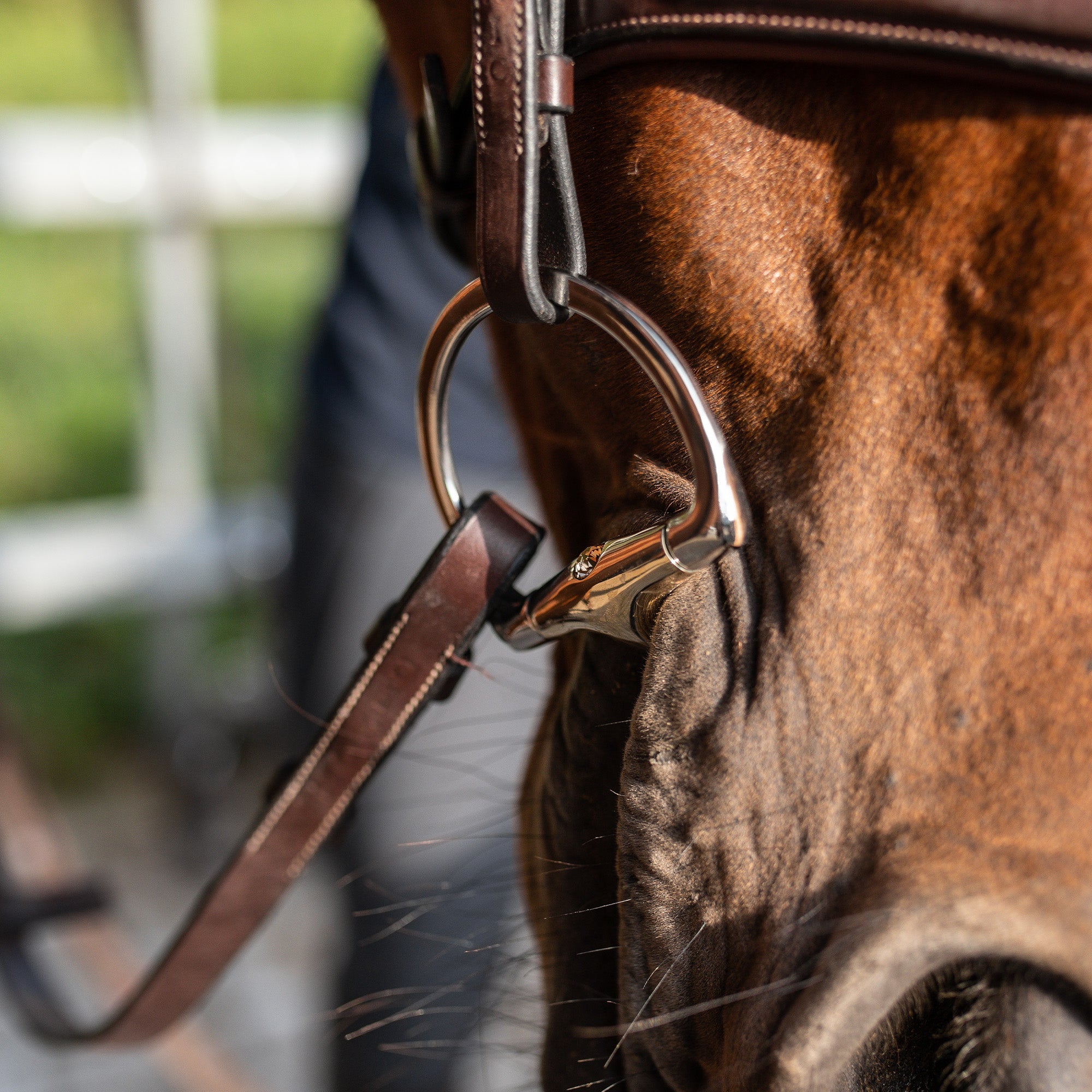
Lunging with auxiliary reins
The aim of using various auxiliary reins is to gymnasticize the horse. These provide the horse with a stable contact that it can approach.
Side rein
The reins are rigid auxiliary reins that are attached to the left and right of the saddle girth or lunging girth and are hooked into the bit rings with the help of carabiners. The reins are intended to simulate a constant rein connection and allow the horse to seek contact.
Vienna side reins or Lauffer reins
The running side reins run between the front legs, through the bit rings, to the side of the girth. These auxiliary reins enable deep stretching and promote the horse's suppleness and are therefore particularly popular for lunging. The Lauffer reins work in a similar way, but consist of two individual straps (while the running reins are partially connected). These can also both be buckled at the side and thus enable the working position with the poll as the highest point and the nose on the vertical. In this way, the preliminary stage of collection can also be developed in the course of training by placing the triangle in which the Lauffer reins run along the side a little higher rather than at the level of the bow joint.
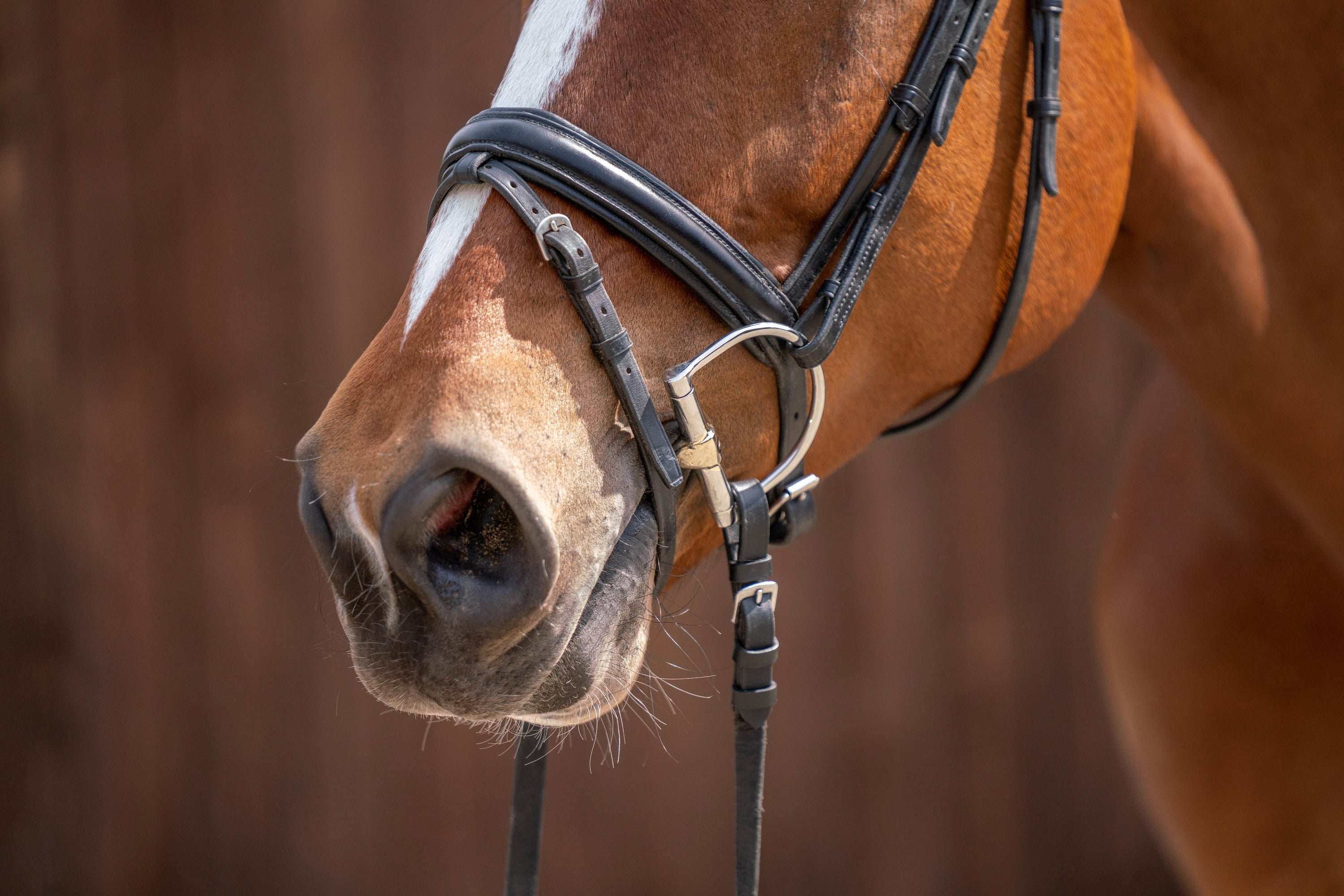
Chambon & Gogue
These two auxiliary reins are also very similar and are mainly used when lunging to encourage the horse to move forward and downwards.
The chambon has a headpiece with side rings, which is used in addition to the headpiece of the bridle or cavesson. A kind of bumper rein runs between the front legs, from which a rope is passed through the rings in the headpiece to the bit rings. There are variants where a rope leads from one side to the other (rope leads from bit ring to ring in the poll, through ring in the shock reins, to ring in the poll on the other side and ends in the bit ring again), or two ropes, so that the sides are separated and the rope runs from the bit ring, through the ring on the poll to the bumper rein.
With the gogue, the rope is not hooked into the bit rings, but runs through them and back to the reins, creating a triangle under the poll.
Tip: Would you like to gymnasticize your horse and engange its back? Then pole work on the lunge line is ideal. Poles lying on the ground or small cavaletti not only create variety, but also encourage your horse to move off more actively with its hindquarters and thus work more with its abdominal and back muscles. This promotes coordination, mobility, and suppleness. It is best to place the poles on a circle line so that the horse can walk over them on the curved line. Make sure that it maintains its rhythm and impulsion. If your horse is already a real pole pro, you can increase the distances at trot to achieve an increased suspension phase.
How to lunge correctly
Choosing the right bit for lunging, just like for riding, is crucial for successful training and harmonious cooperation between horse and rider. The focus should always be on the individual needs of the horse in order to ensure the most comfortable and effective influence possible. Supplementary aids, such as a bridle or triangular reins, can have a supportive effect, but should always be used with caution. Ultimately, respectful treatment and empathetic communication are the basis for successful work on the ground and when riding. If you are unsure what the right approach is for you and your four-legged companion, there are also trainers who can support you specifically with lunging and ground work.
Discover All SPRENGER Bits
PART OF YOUR PASSION.

